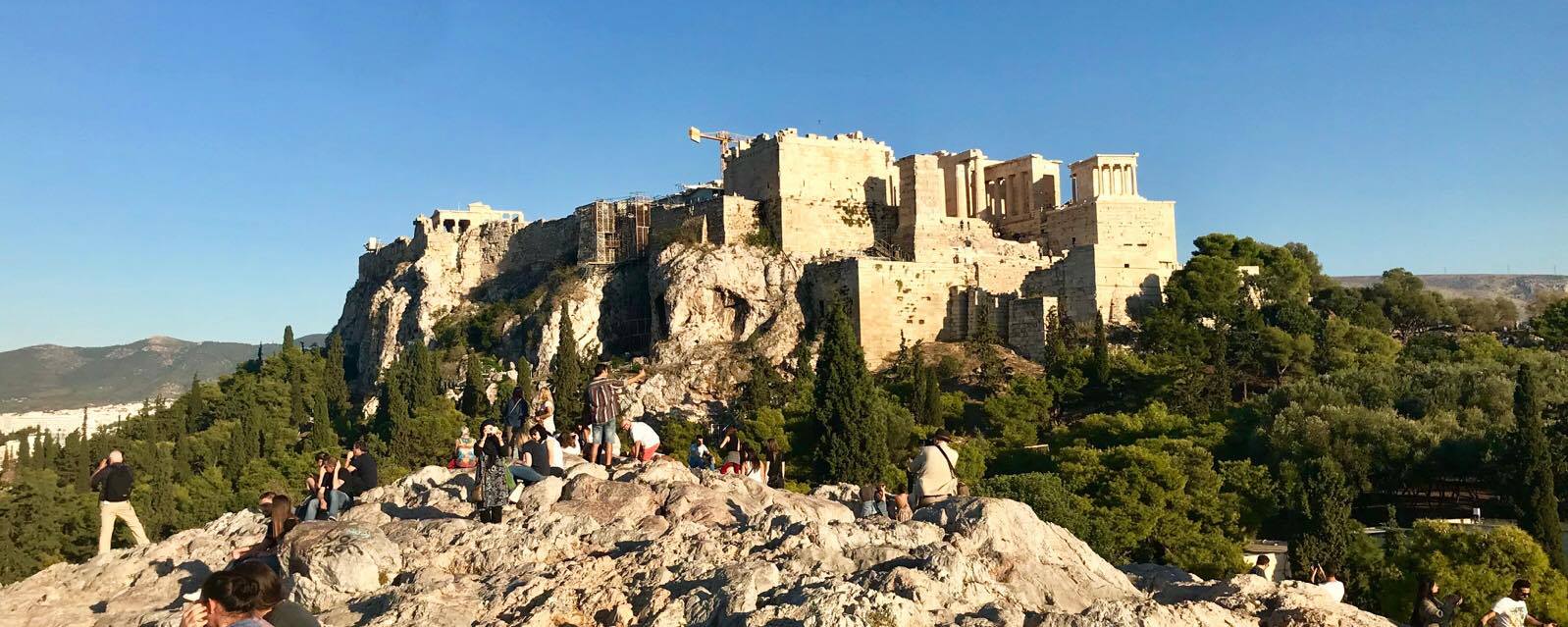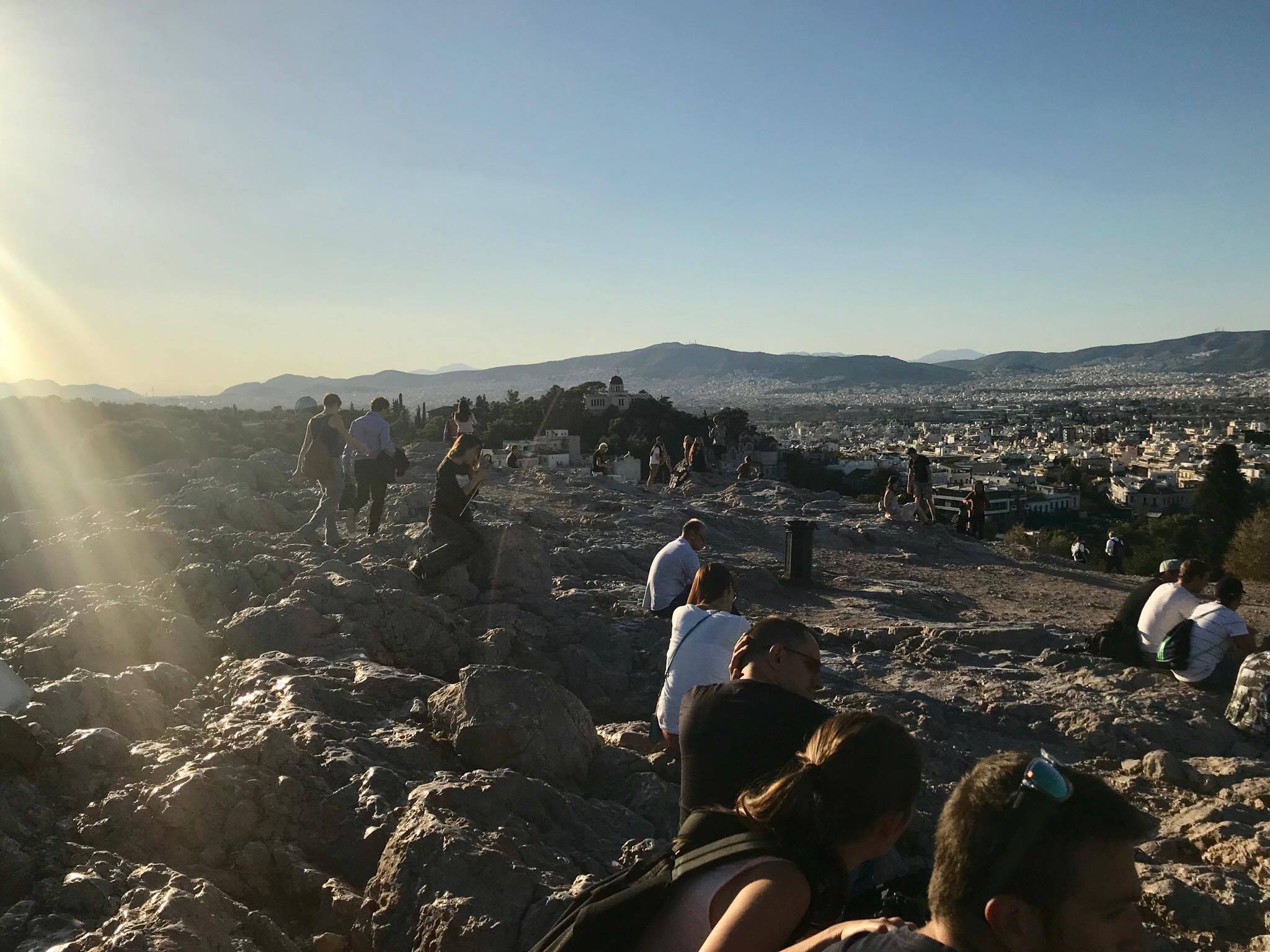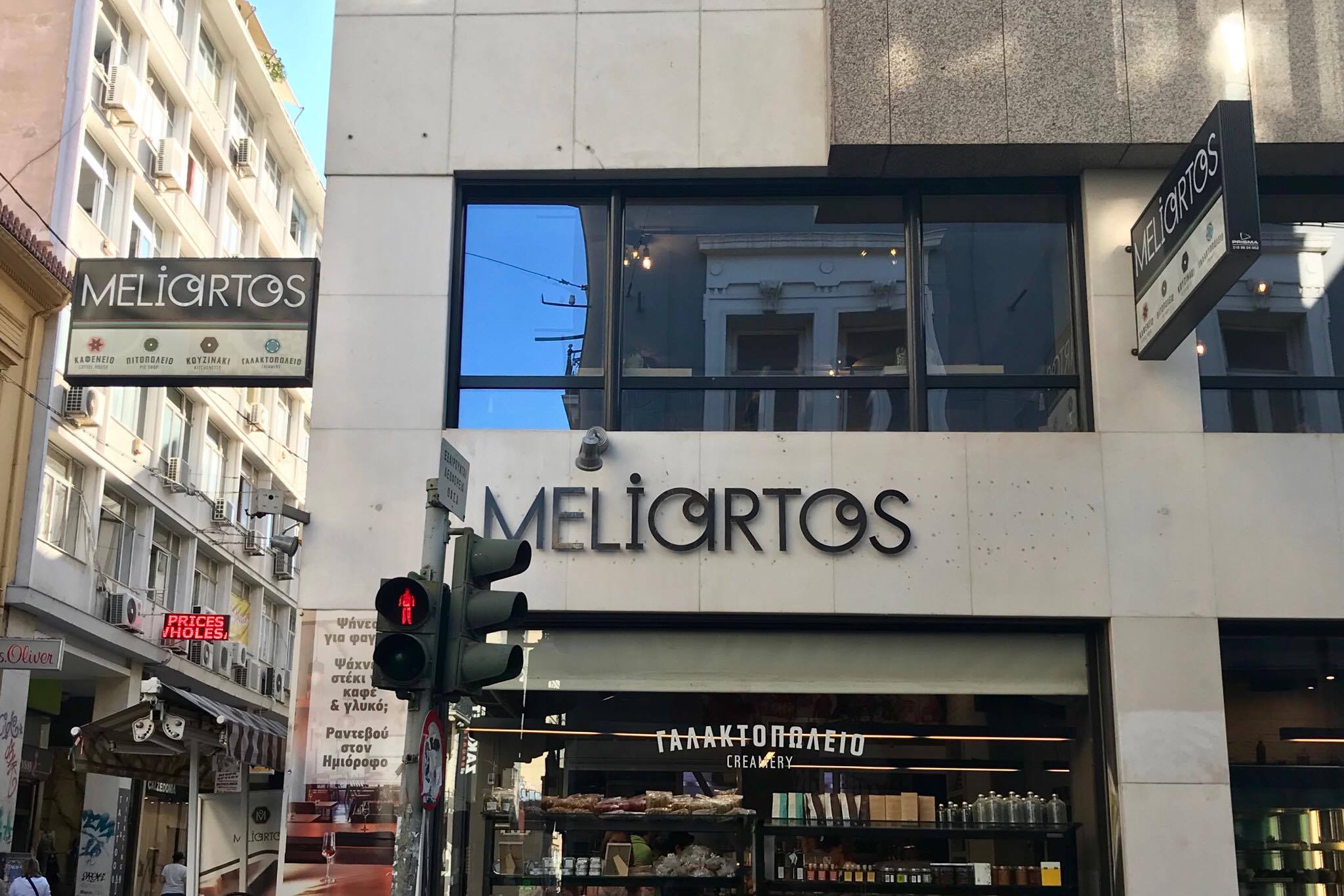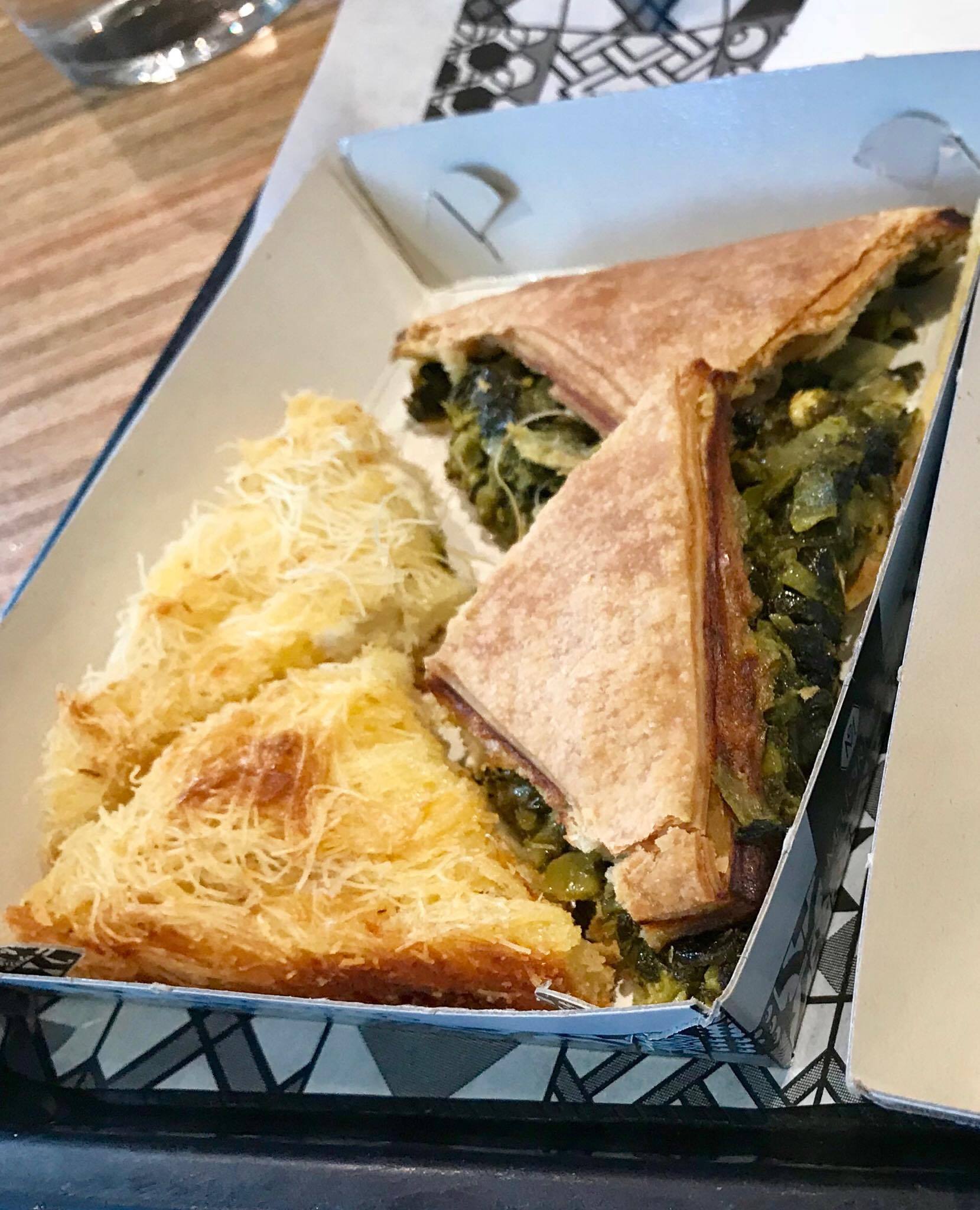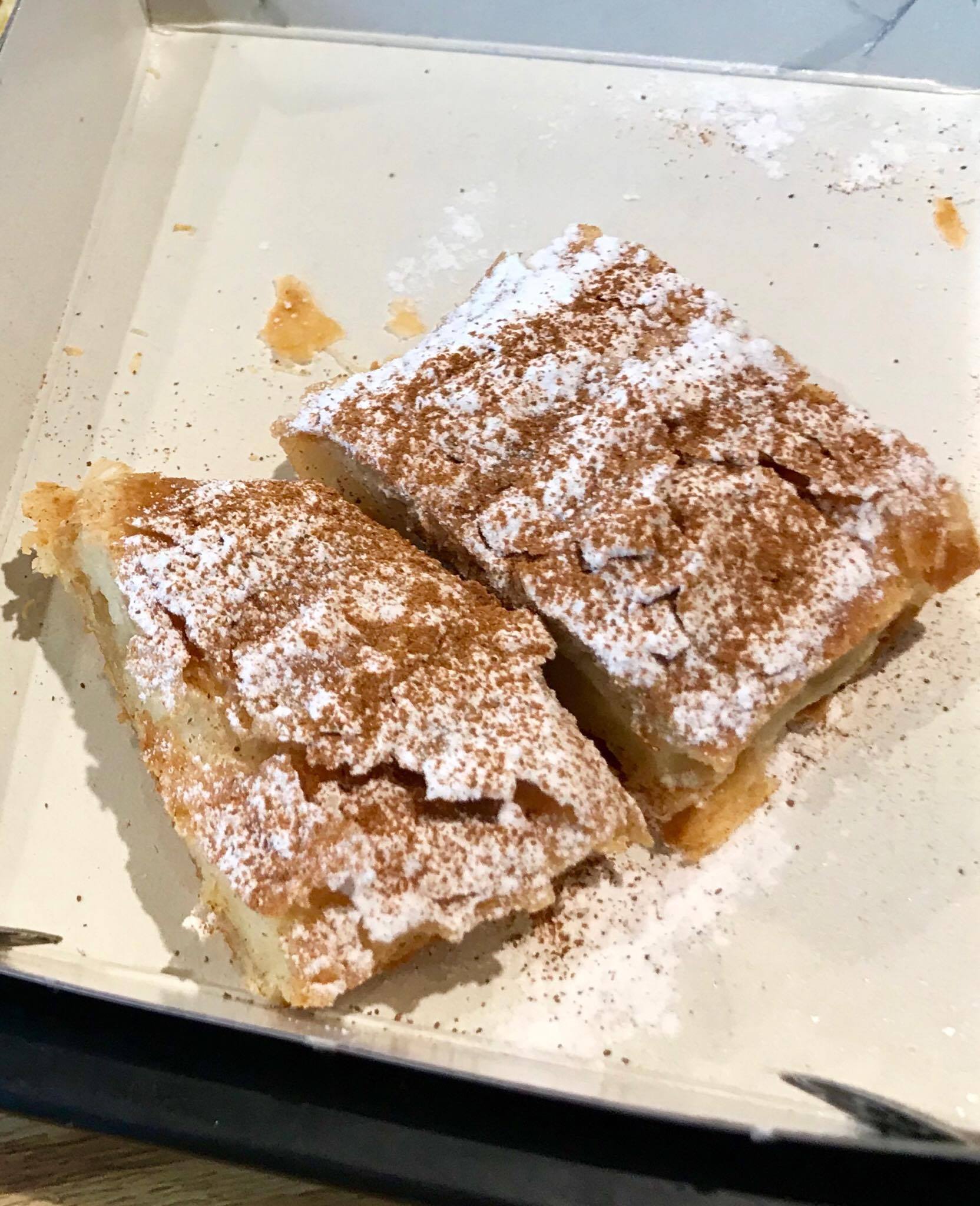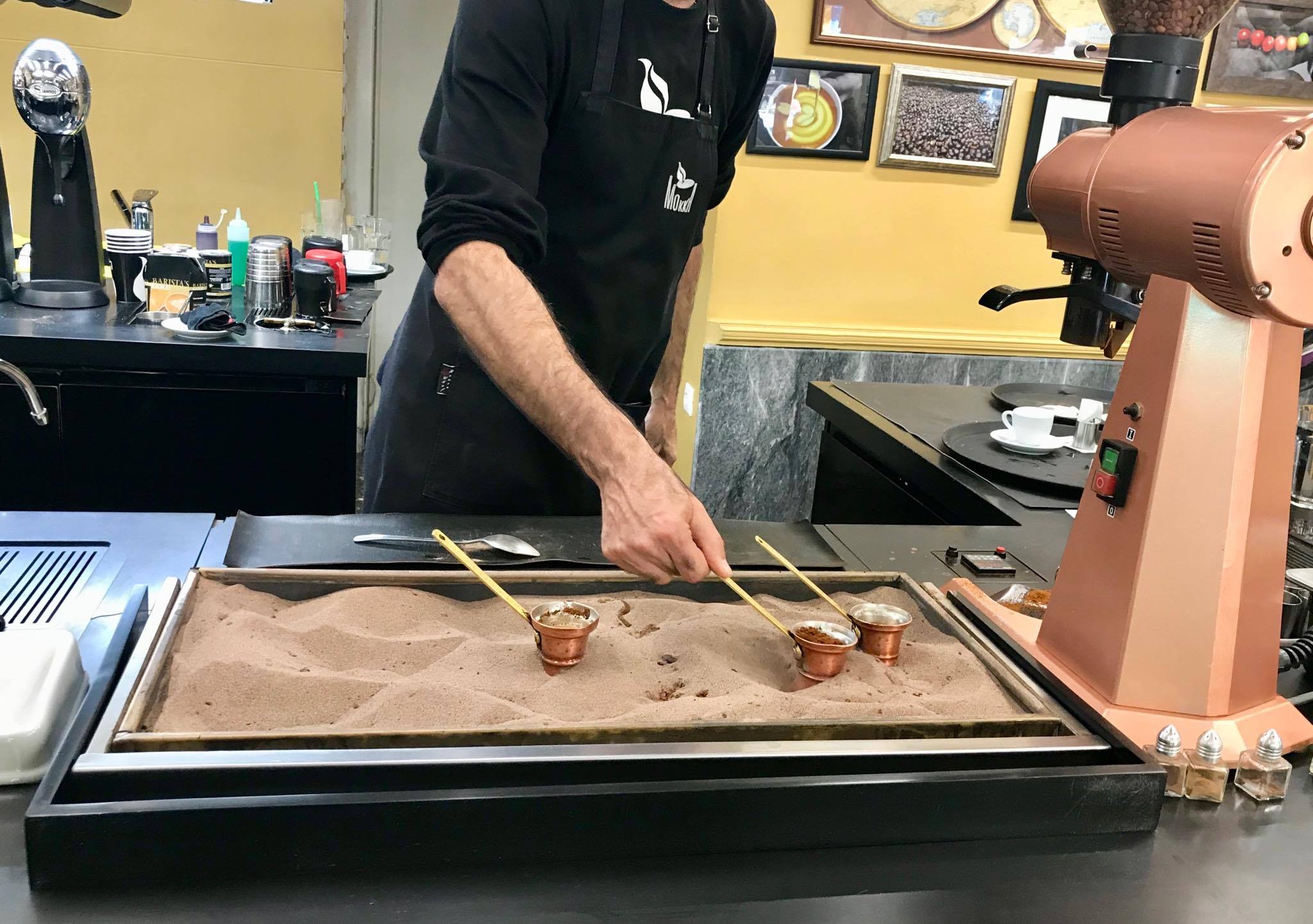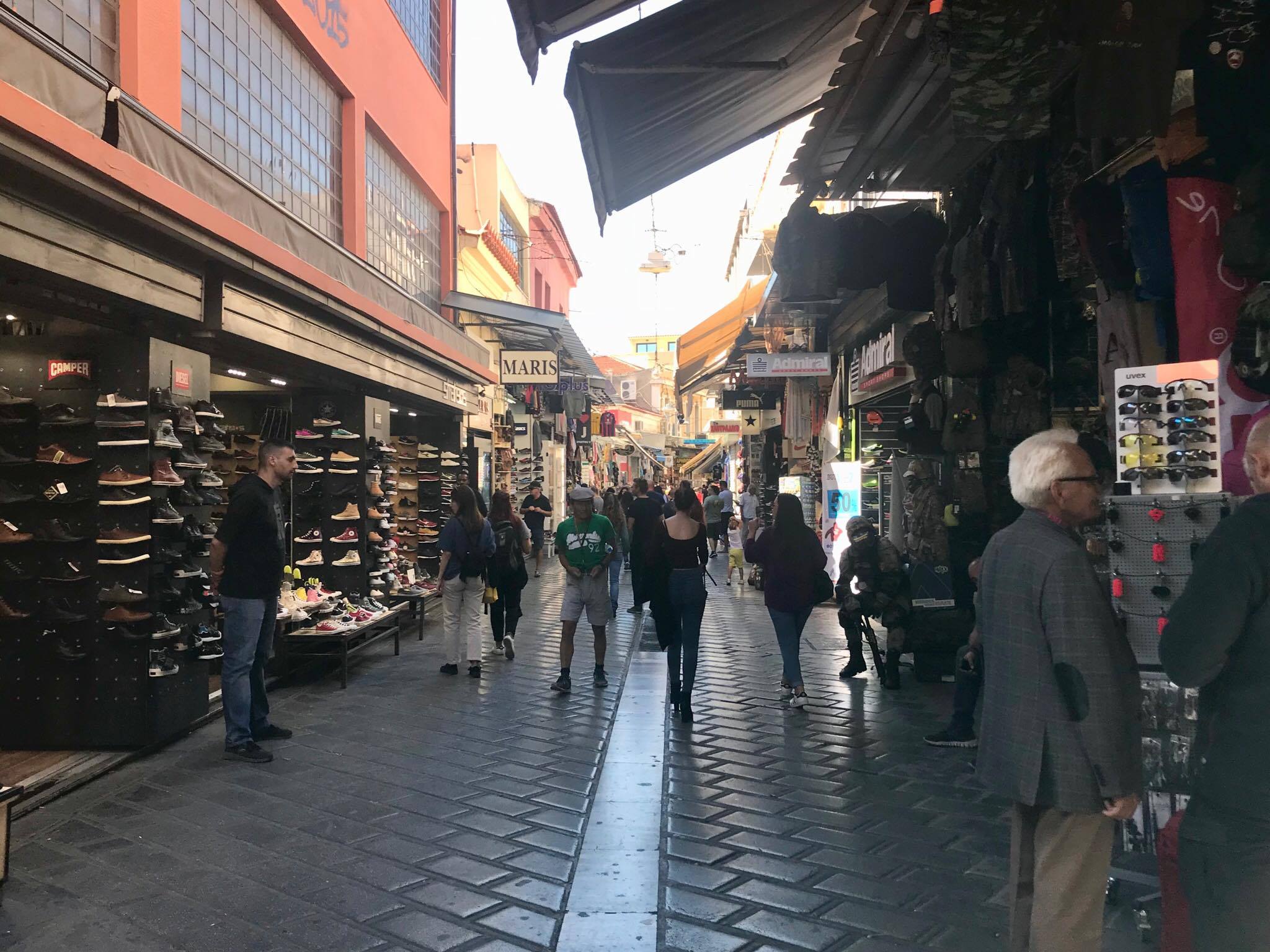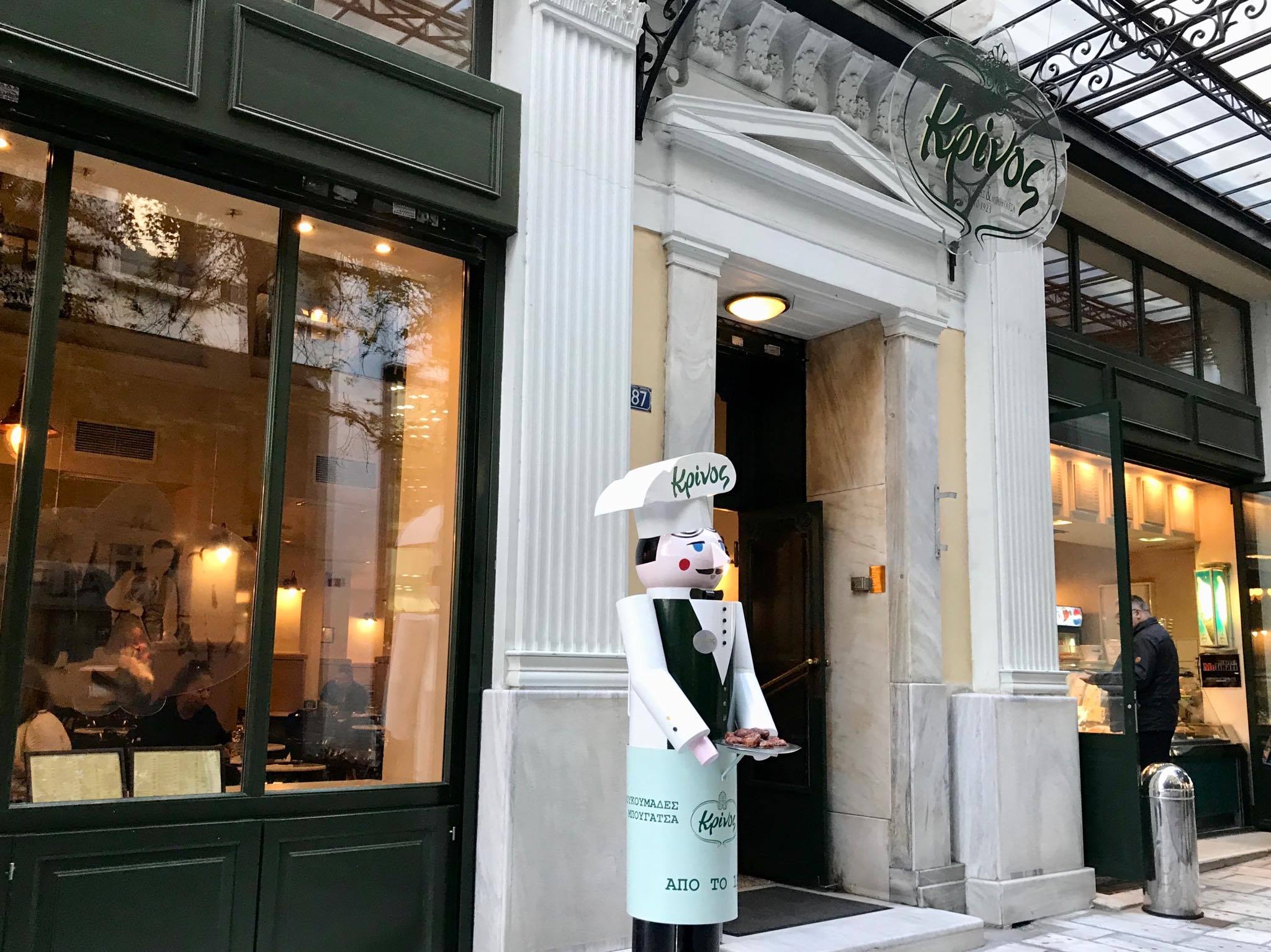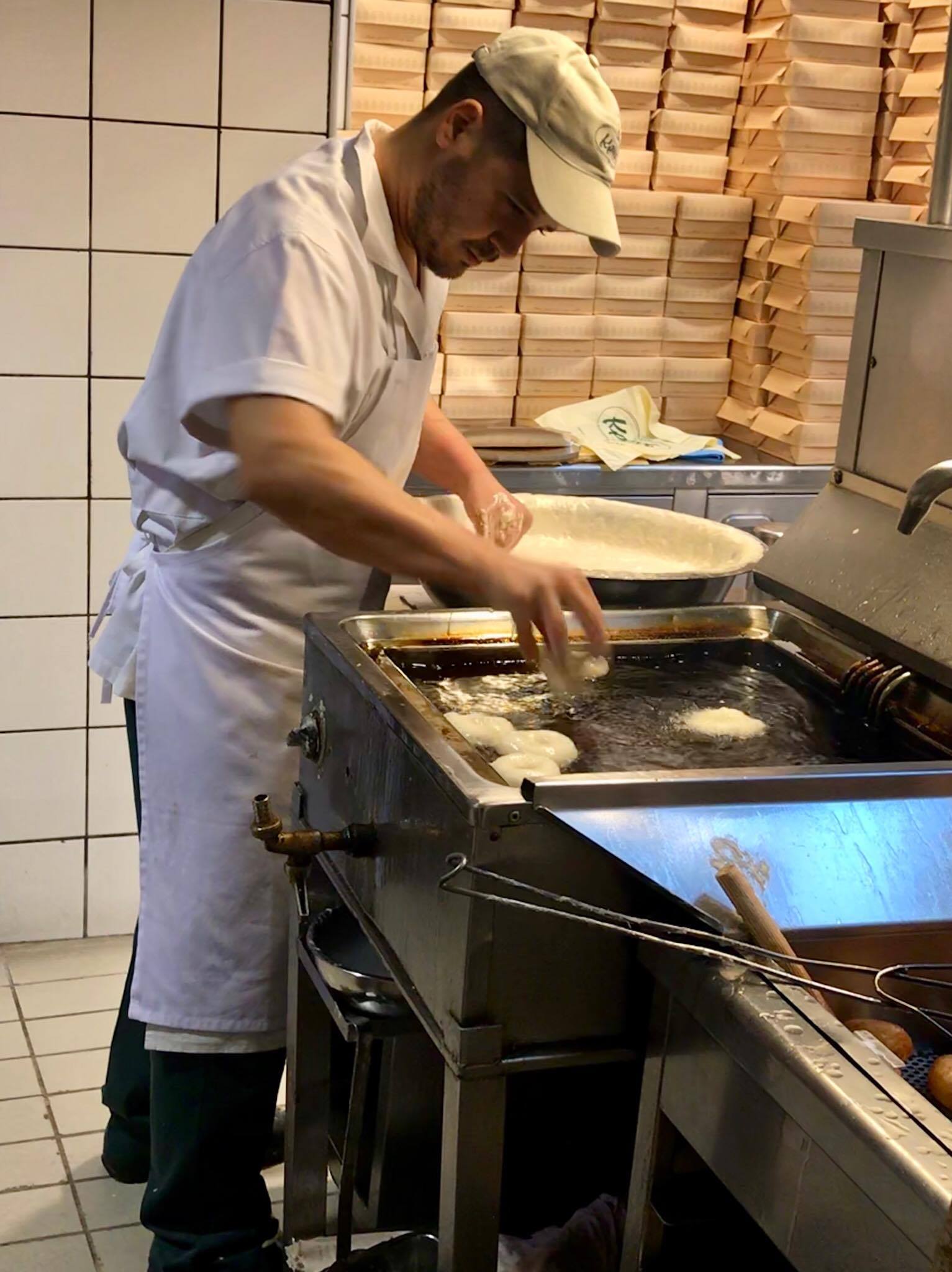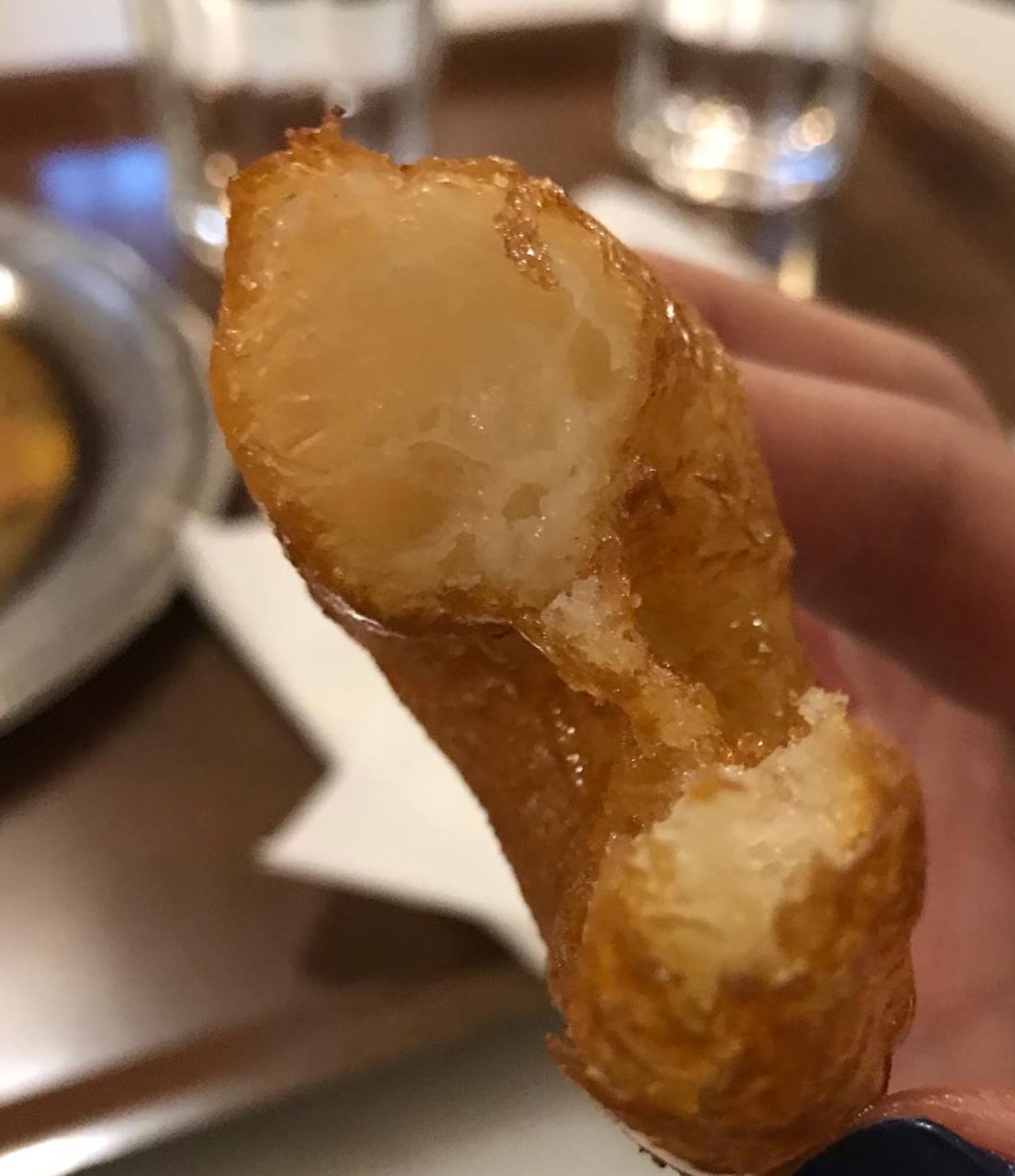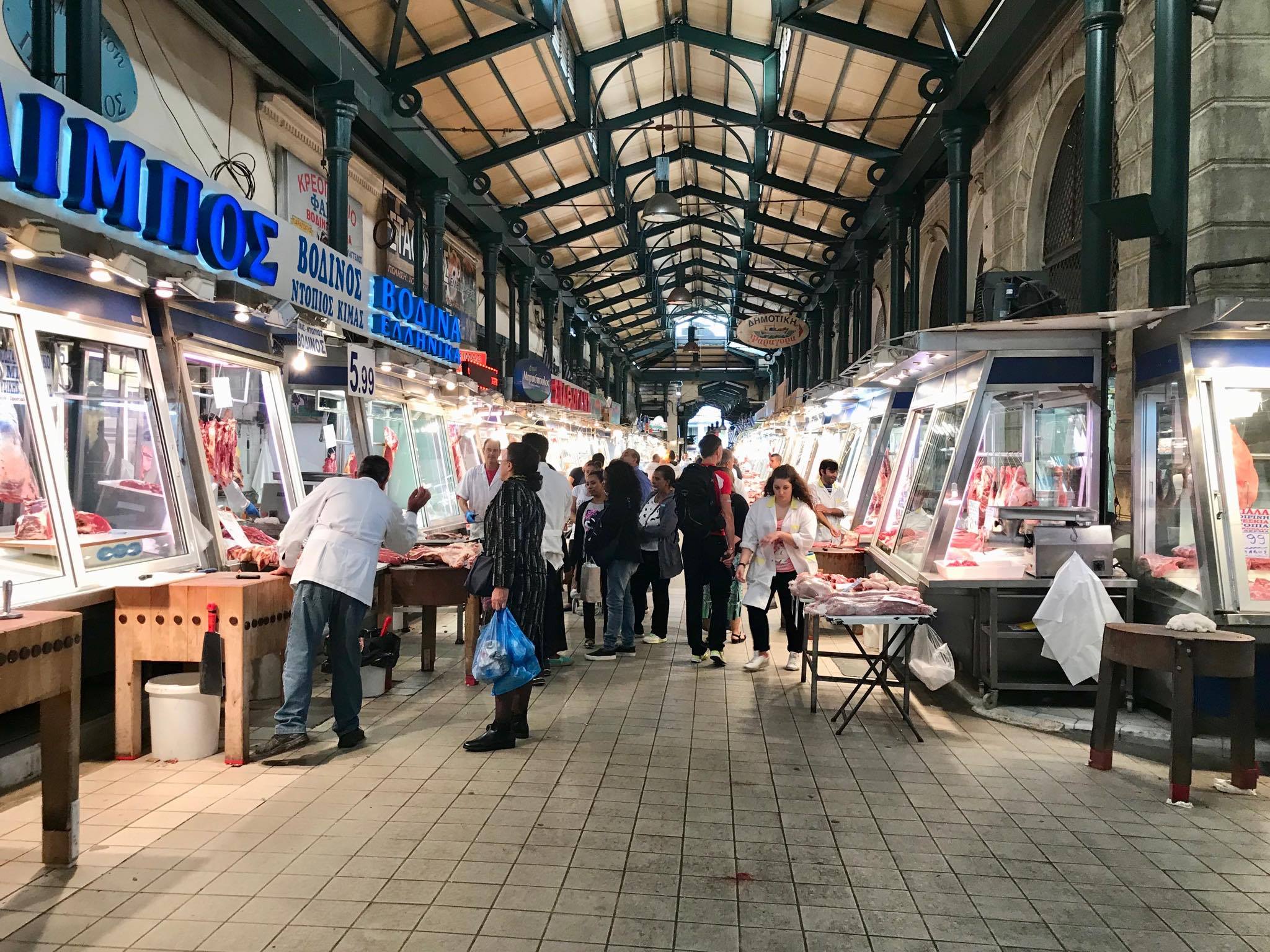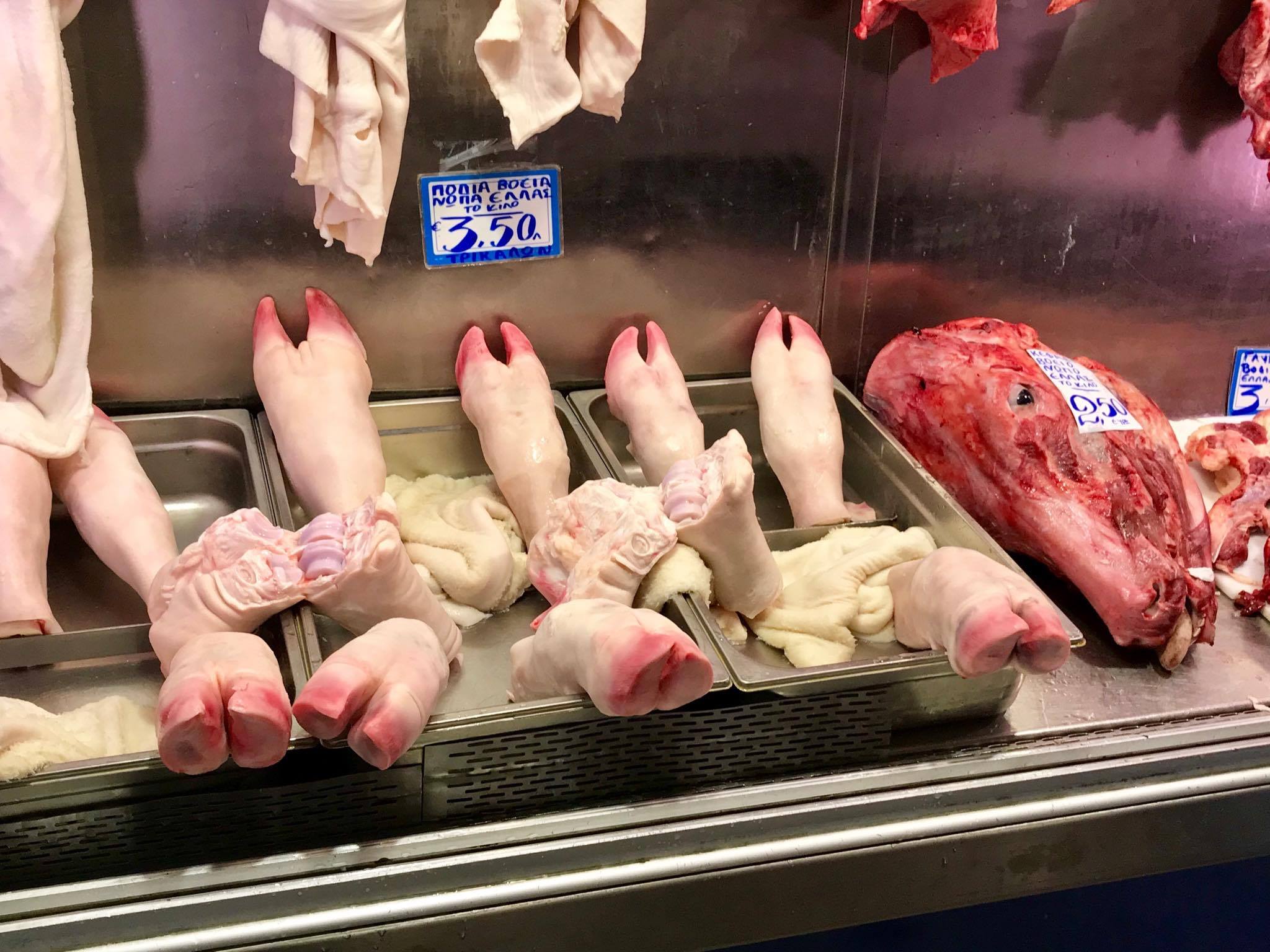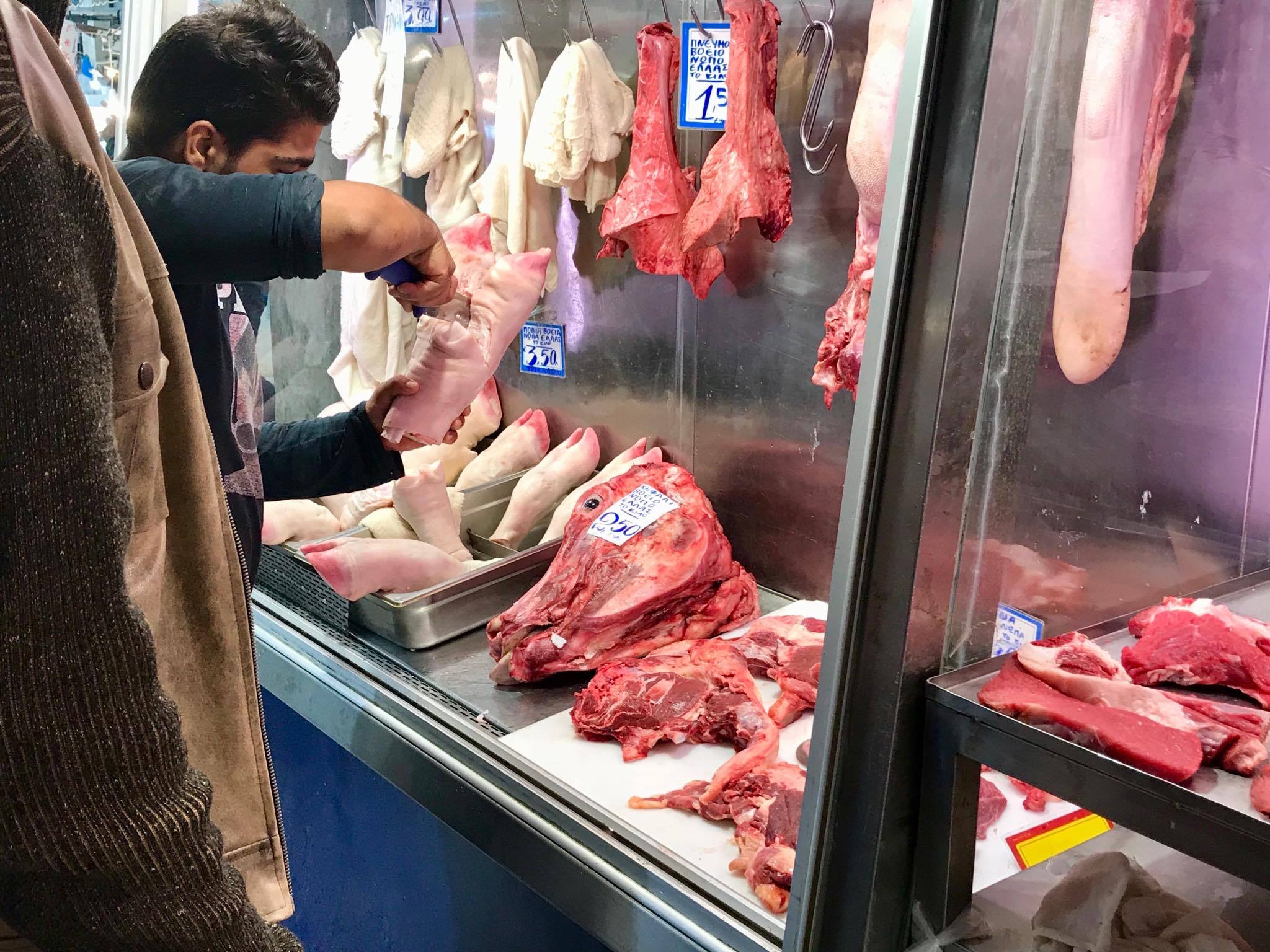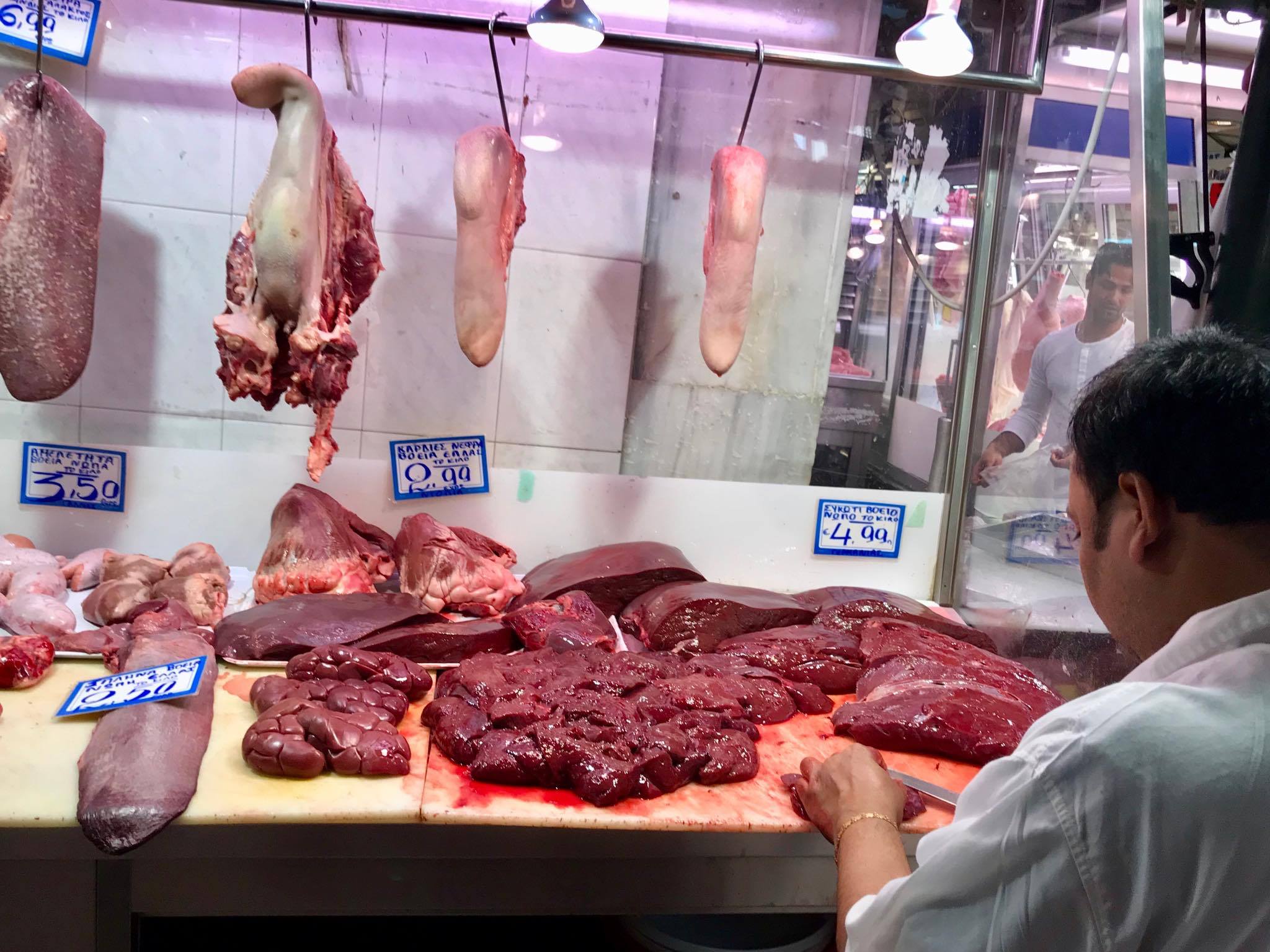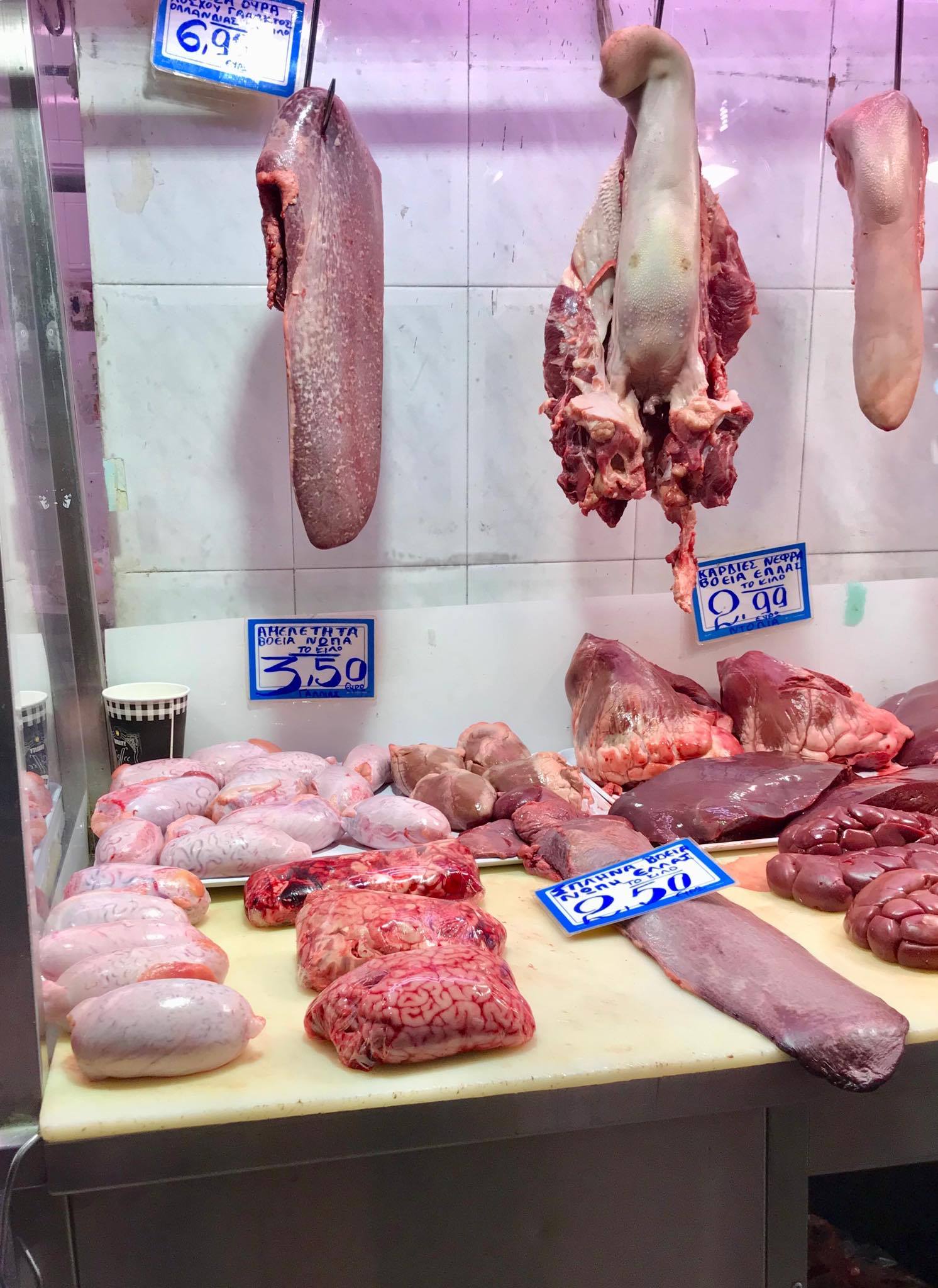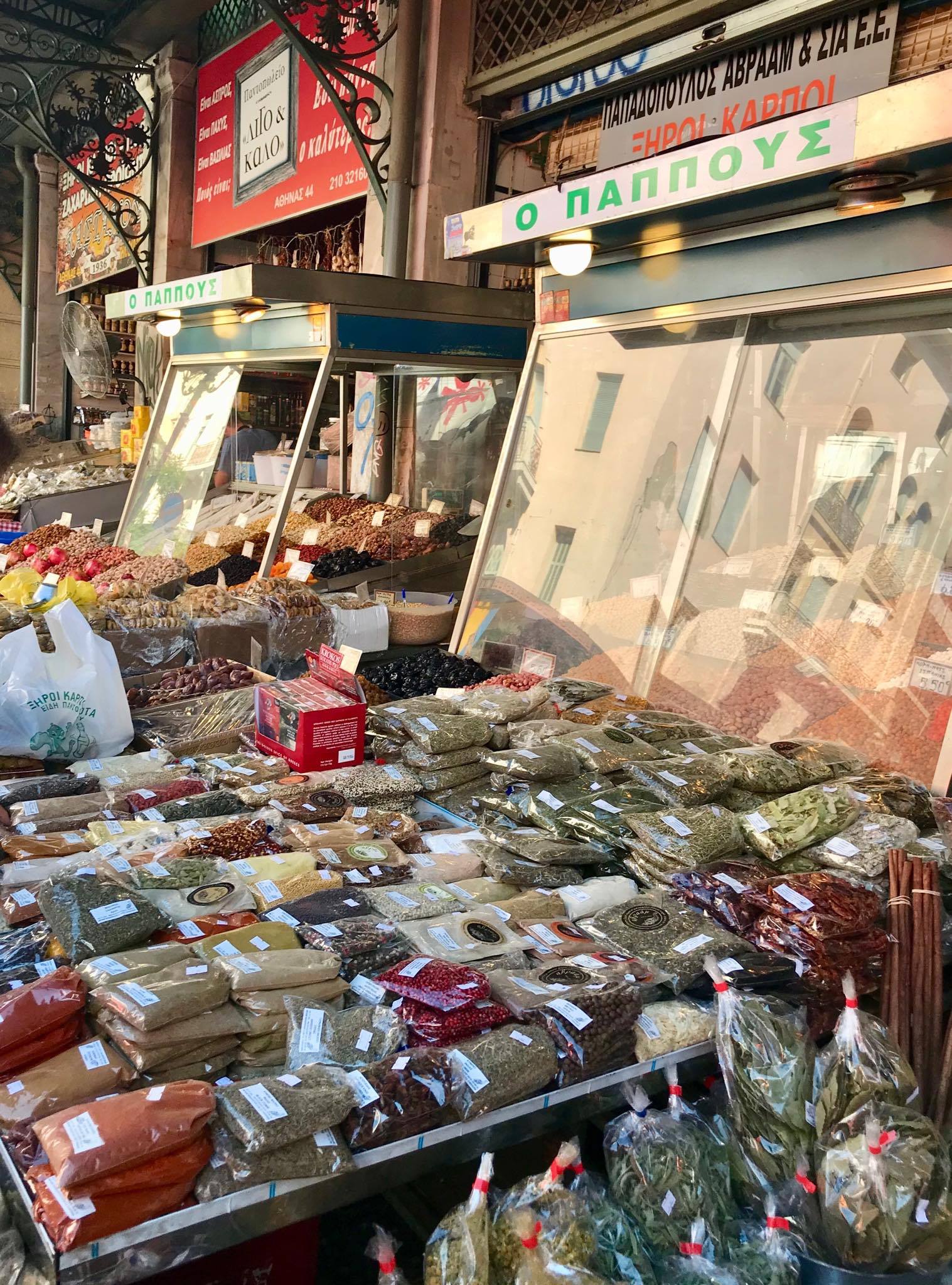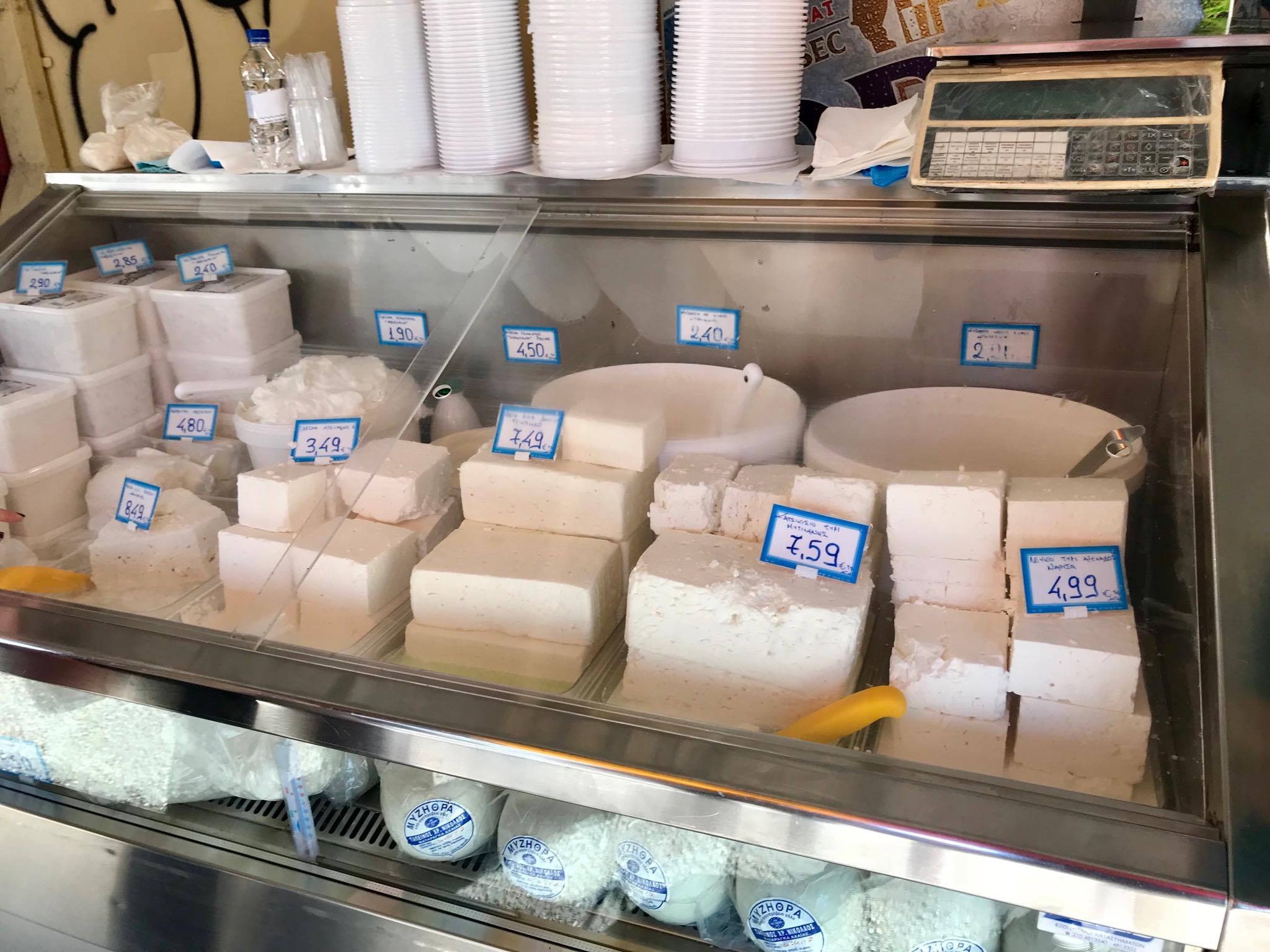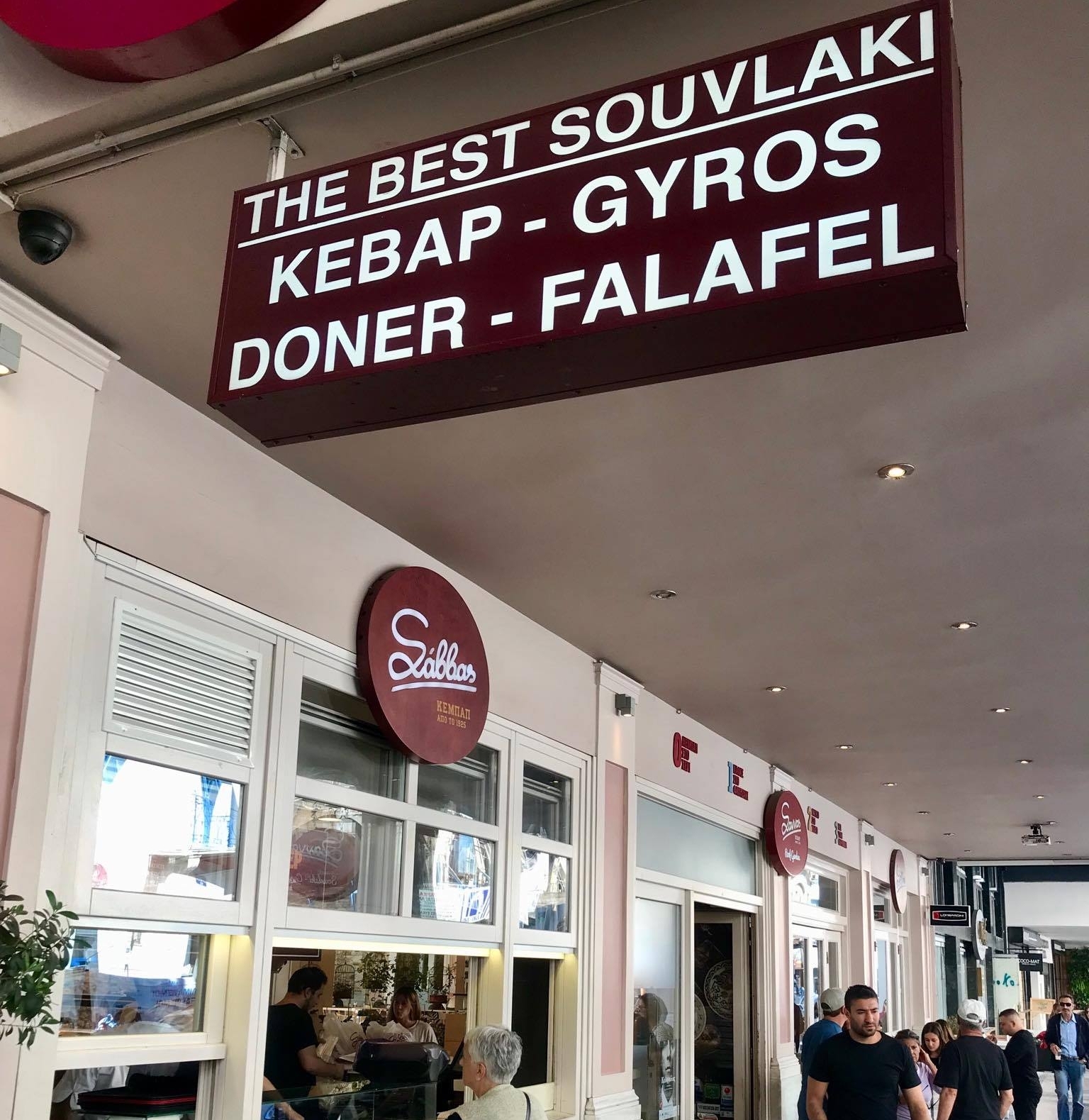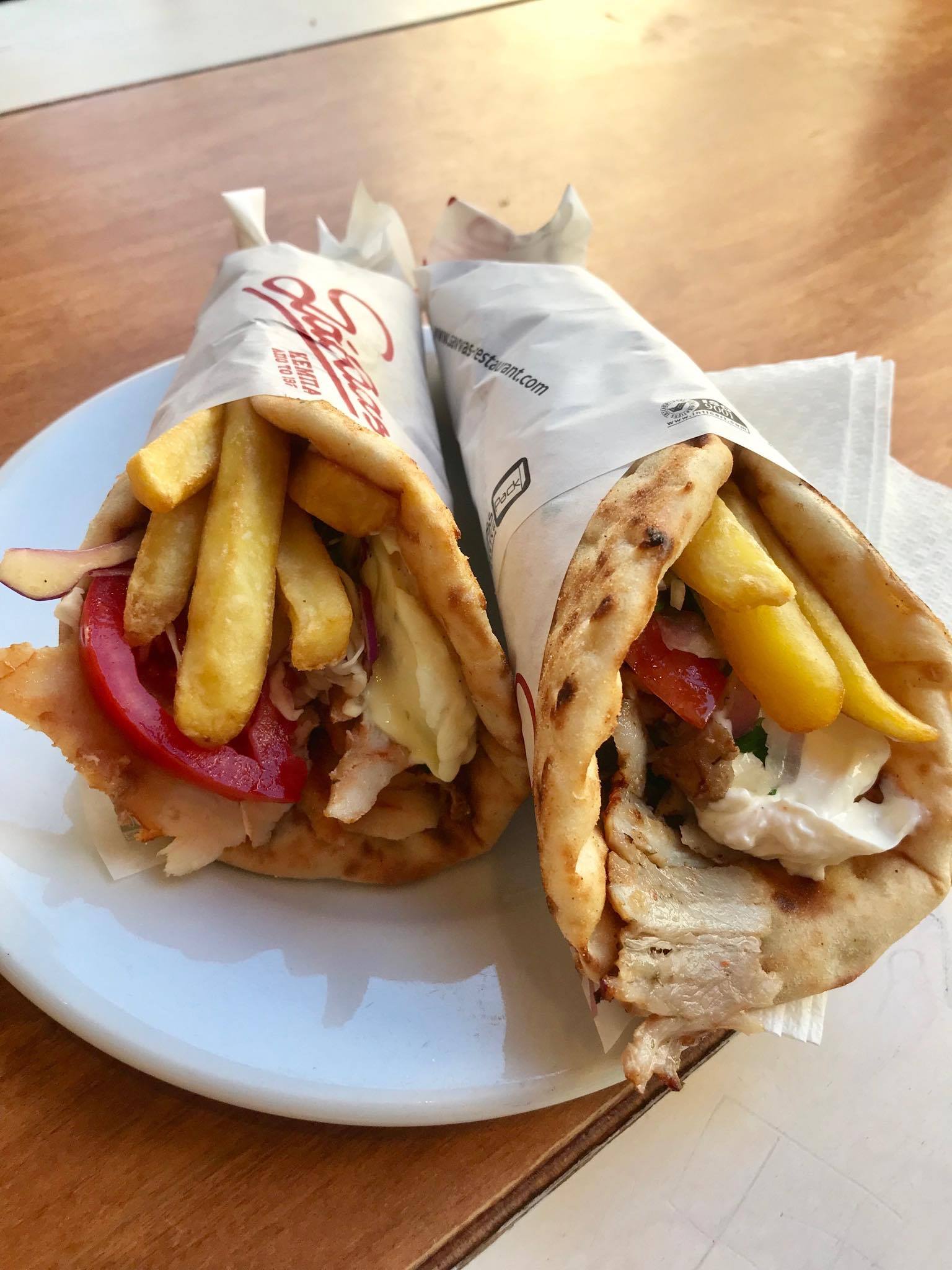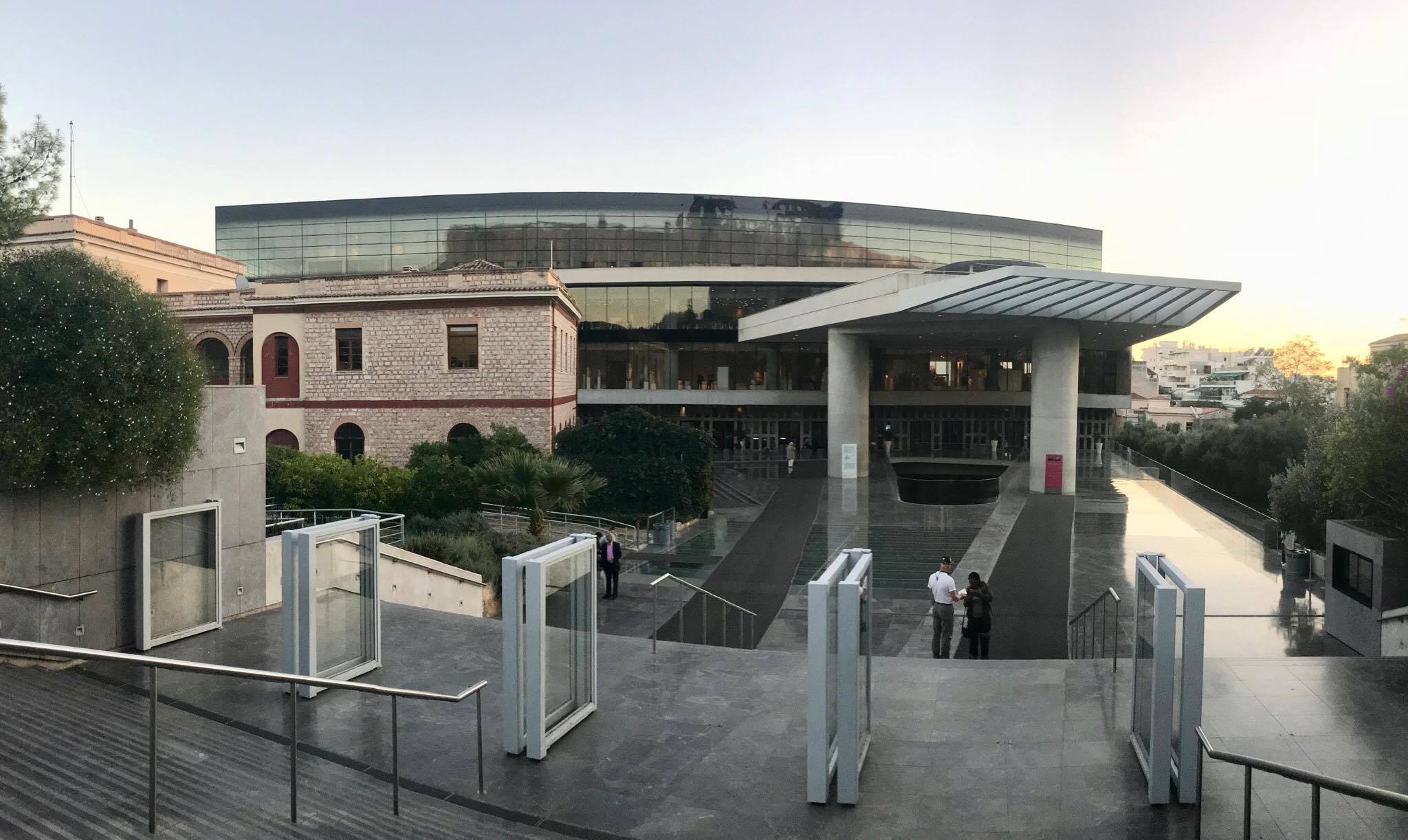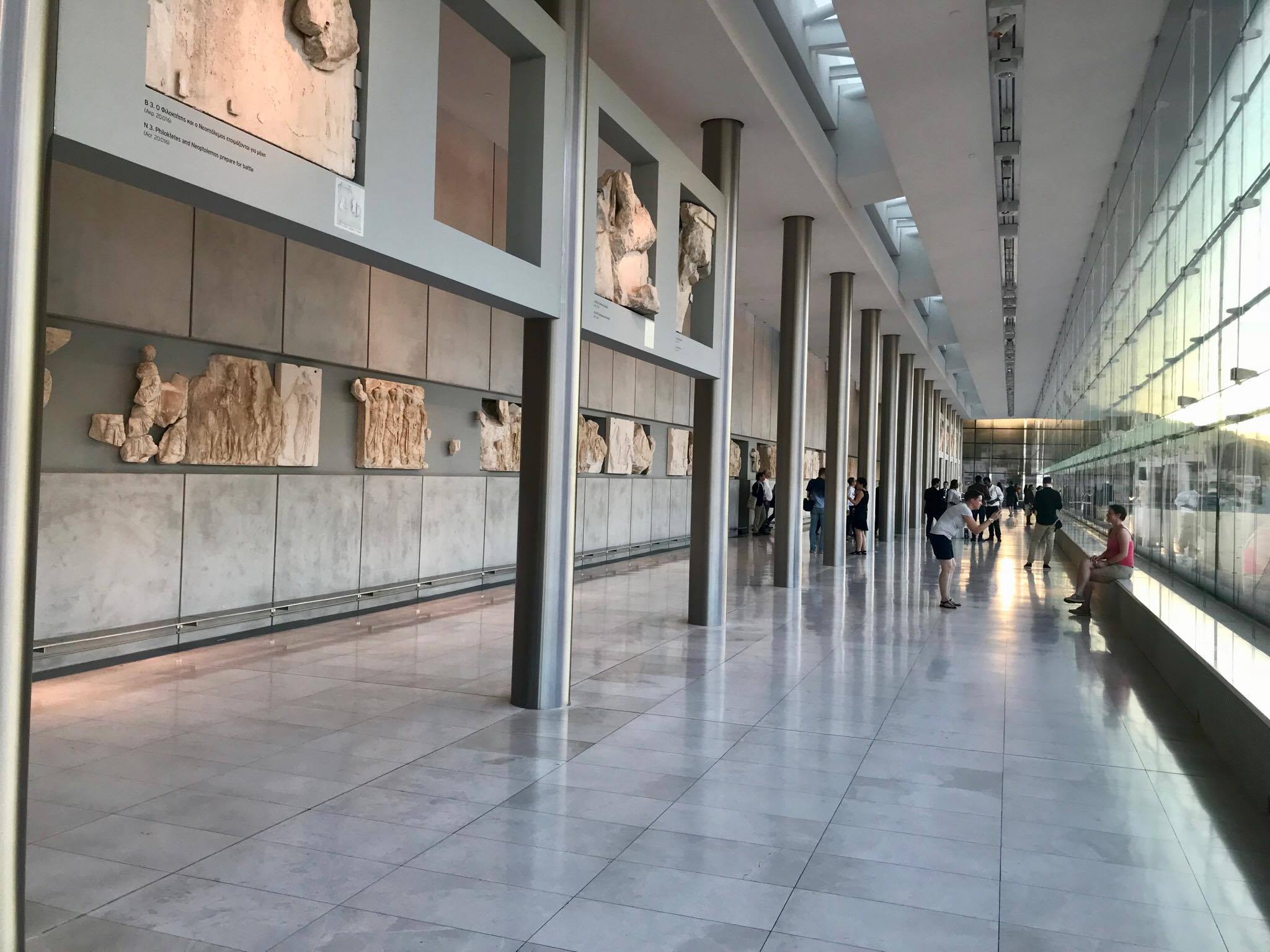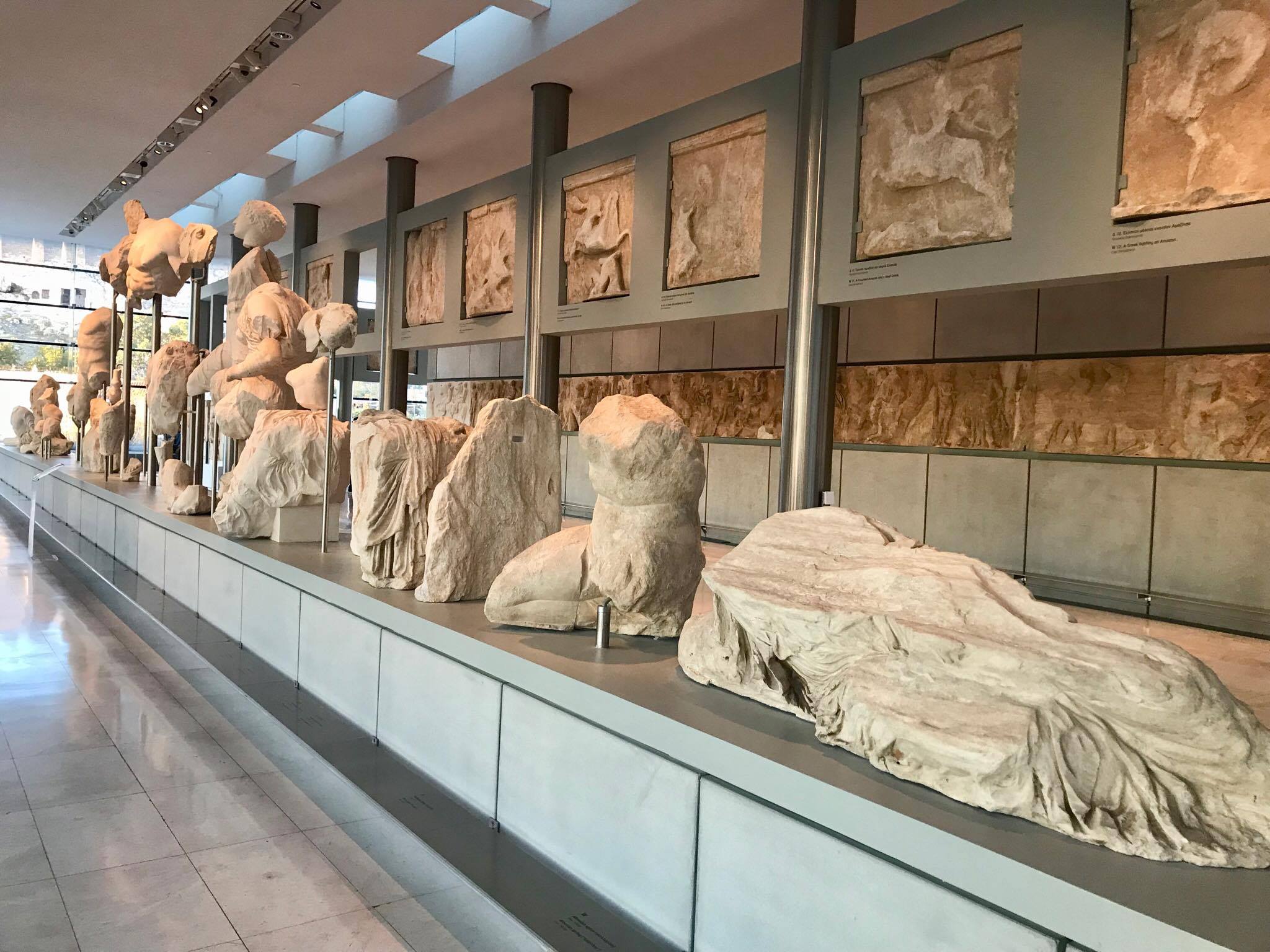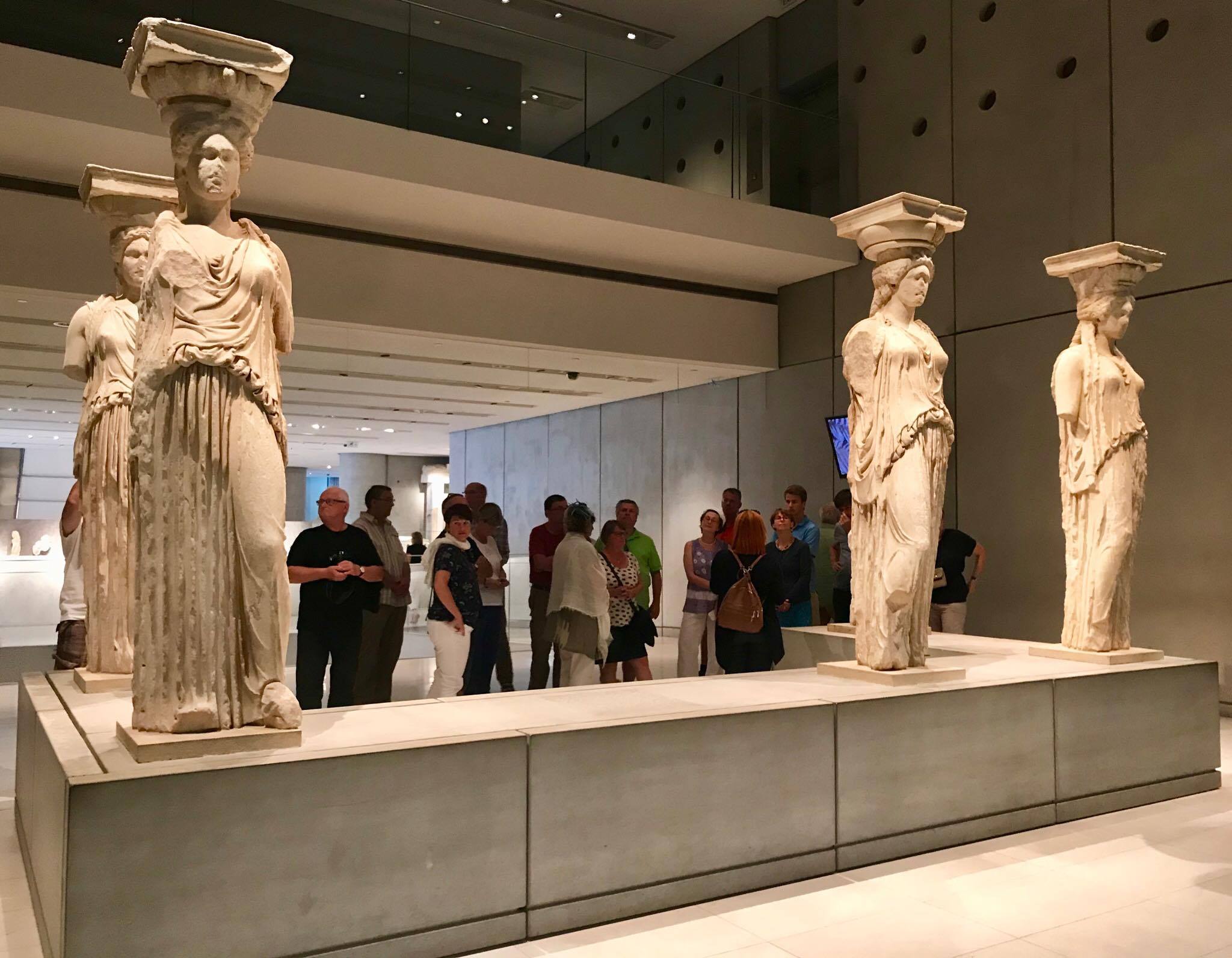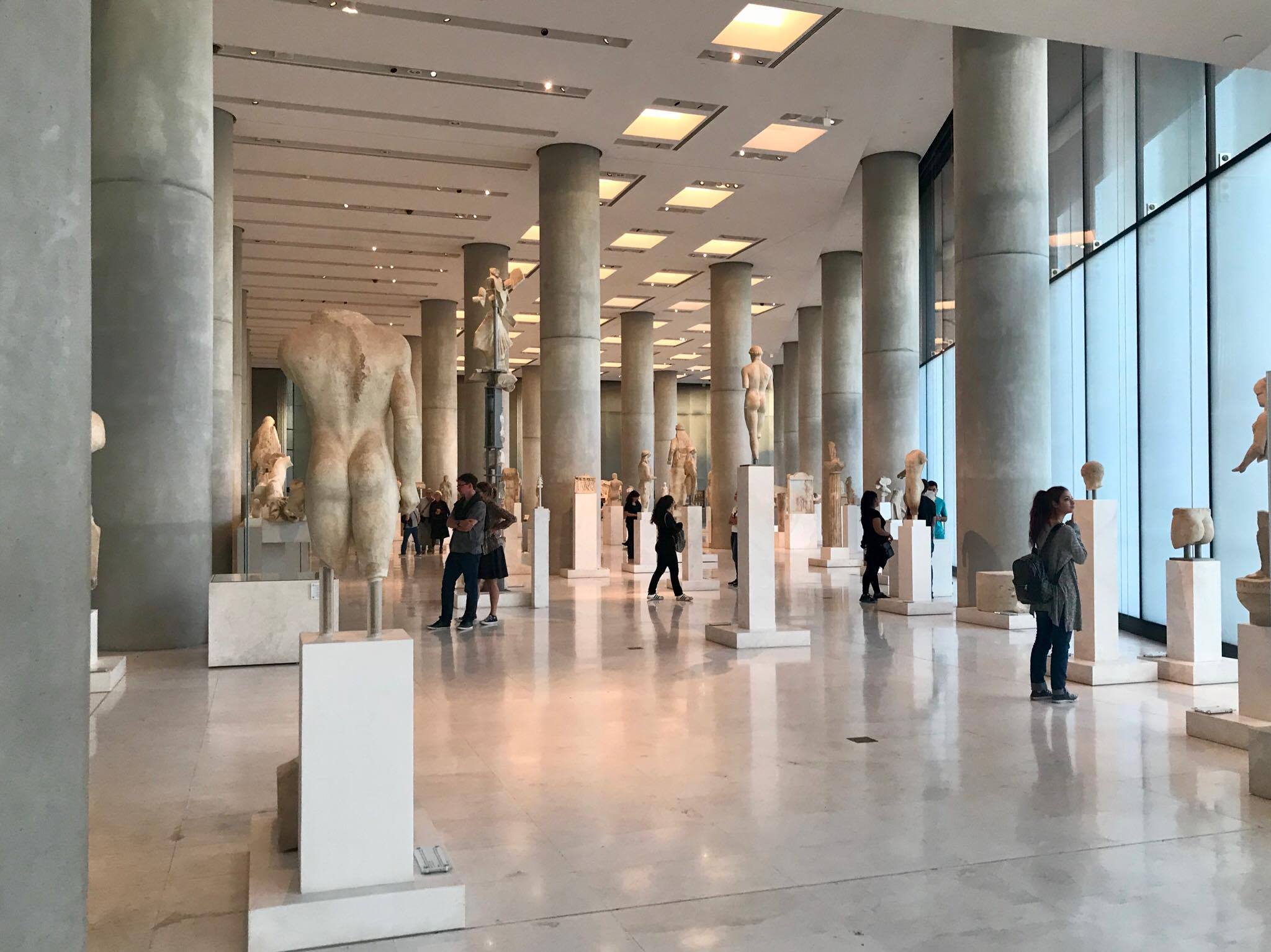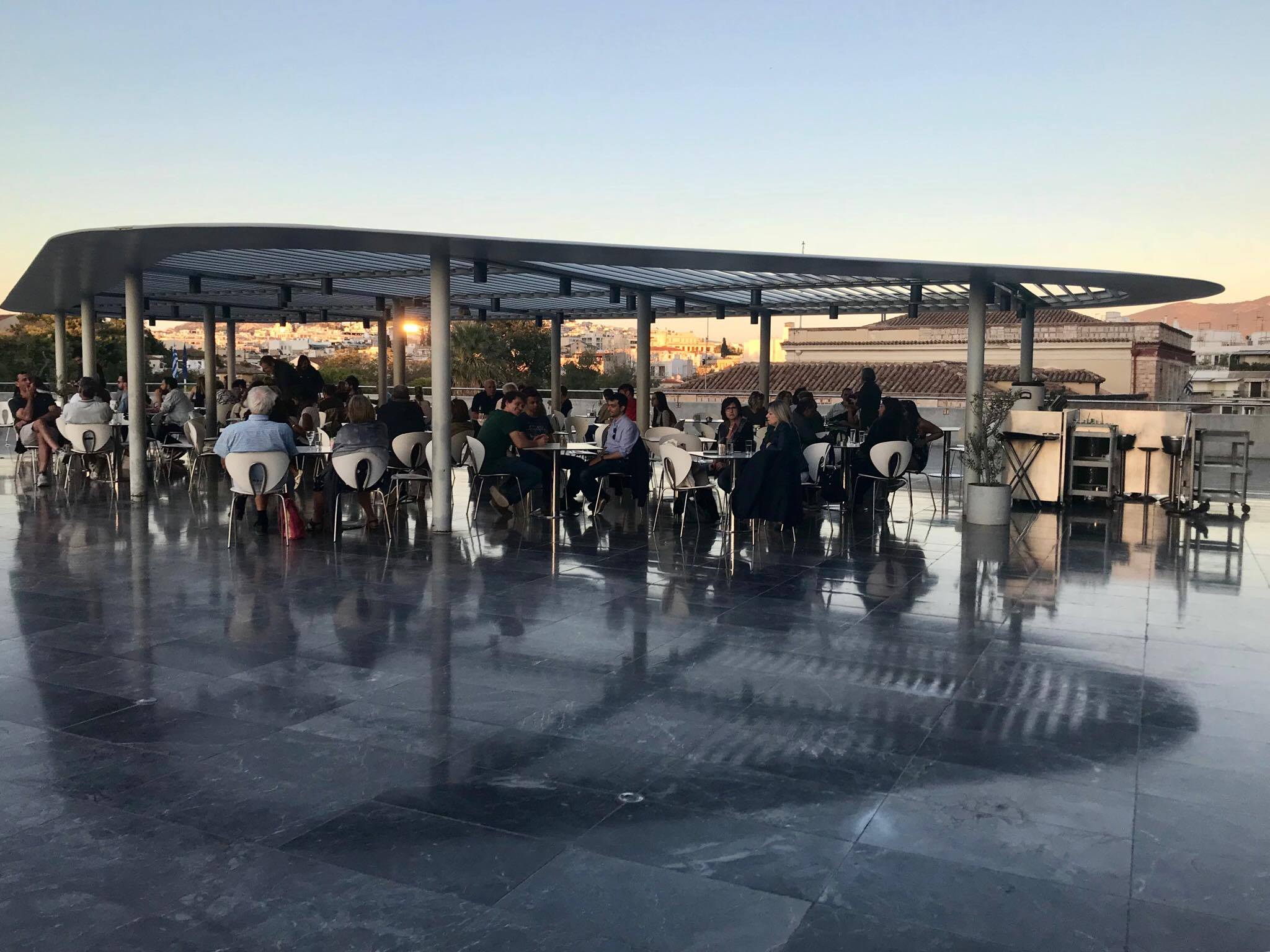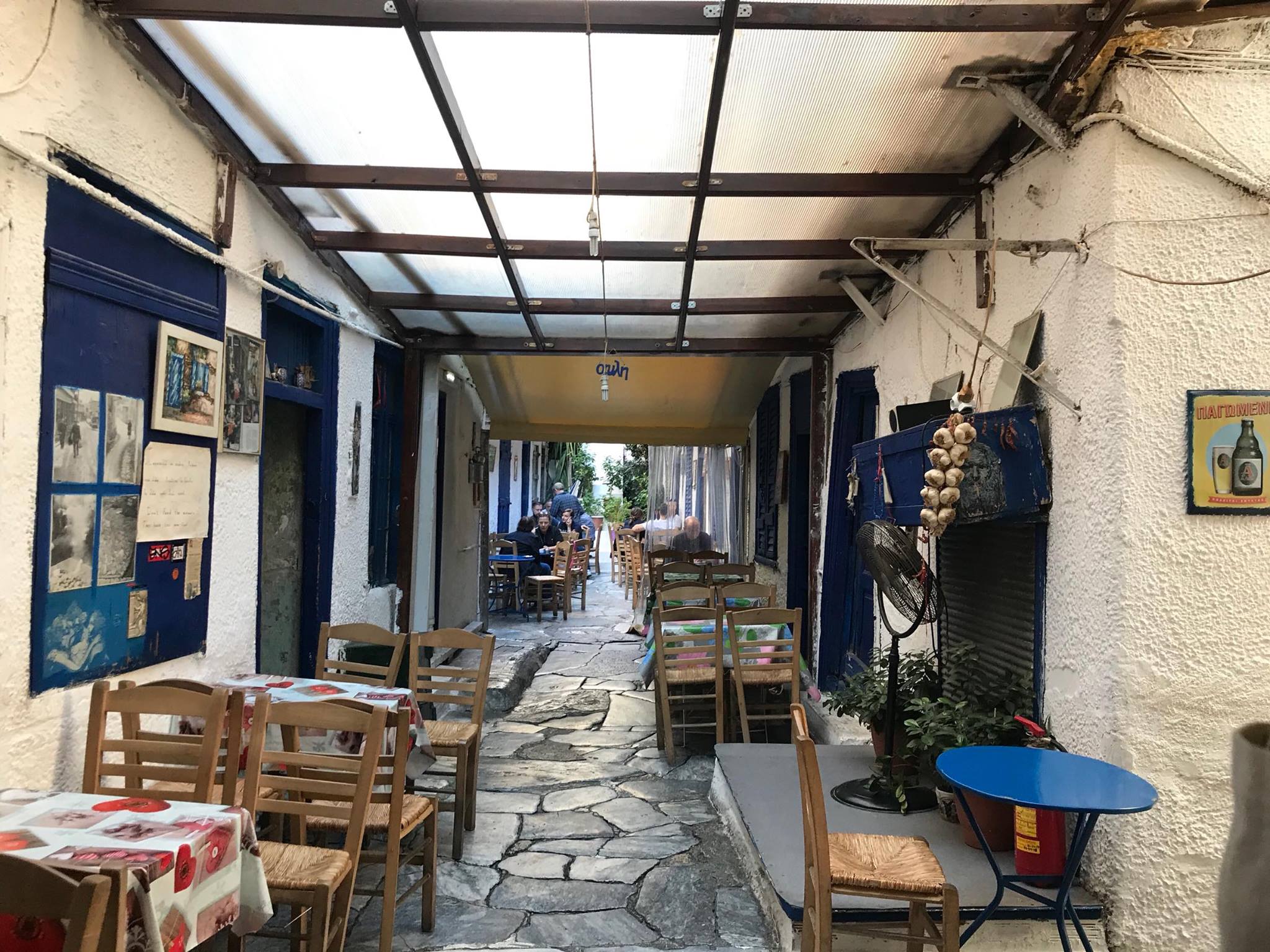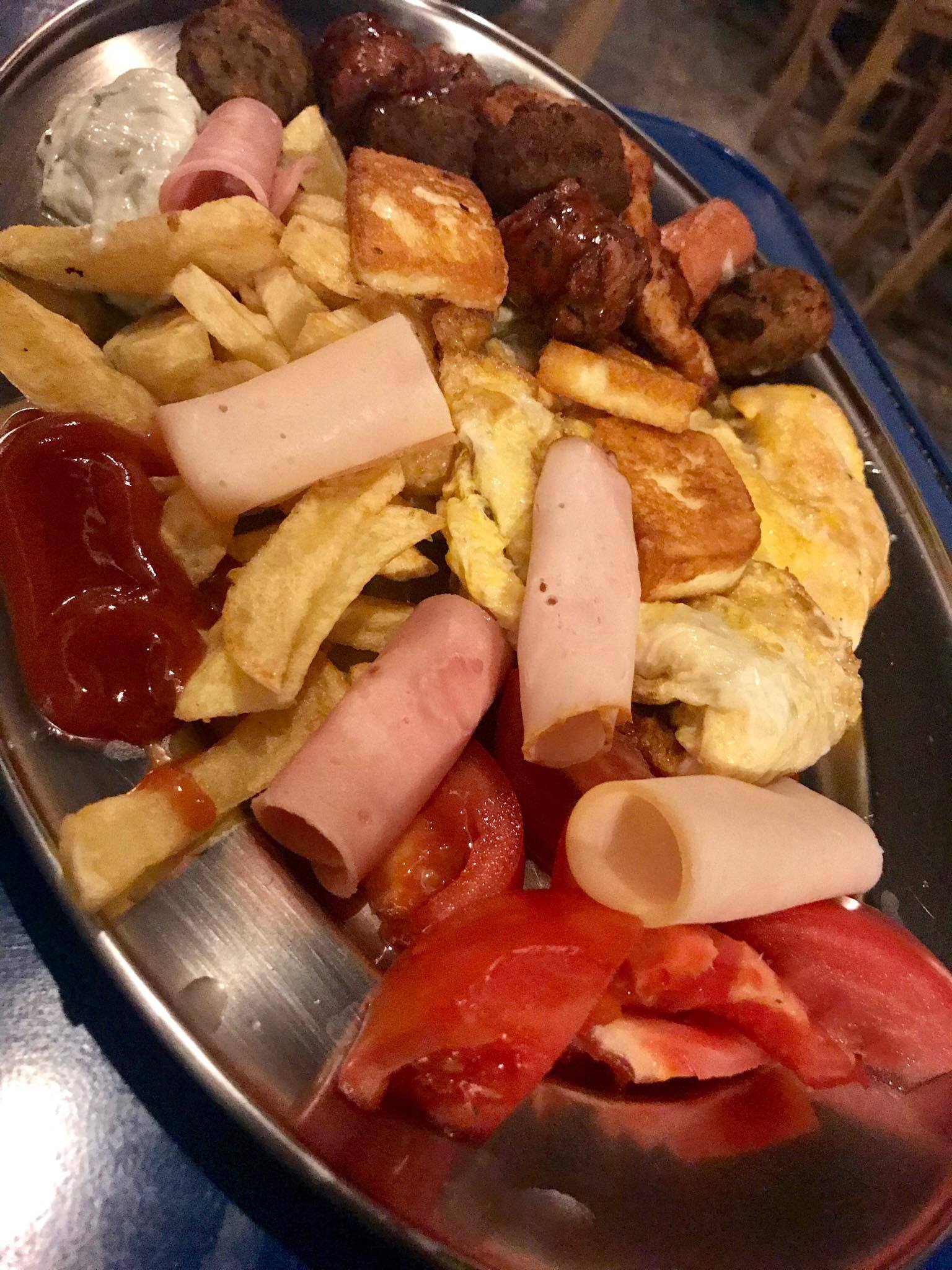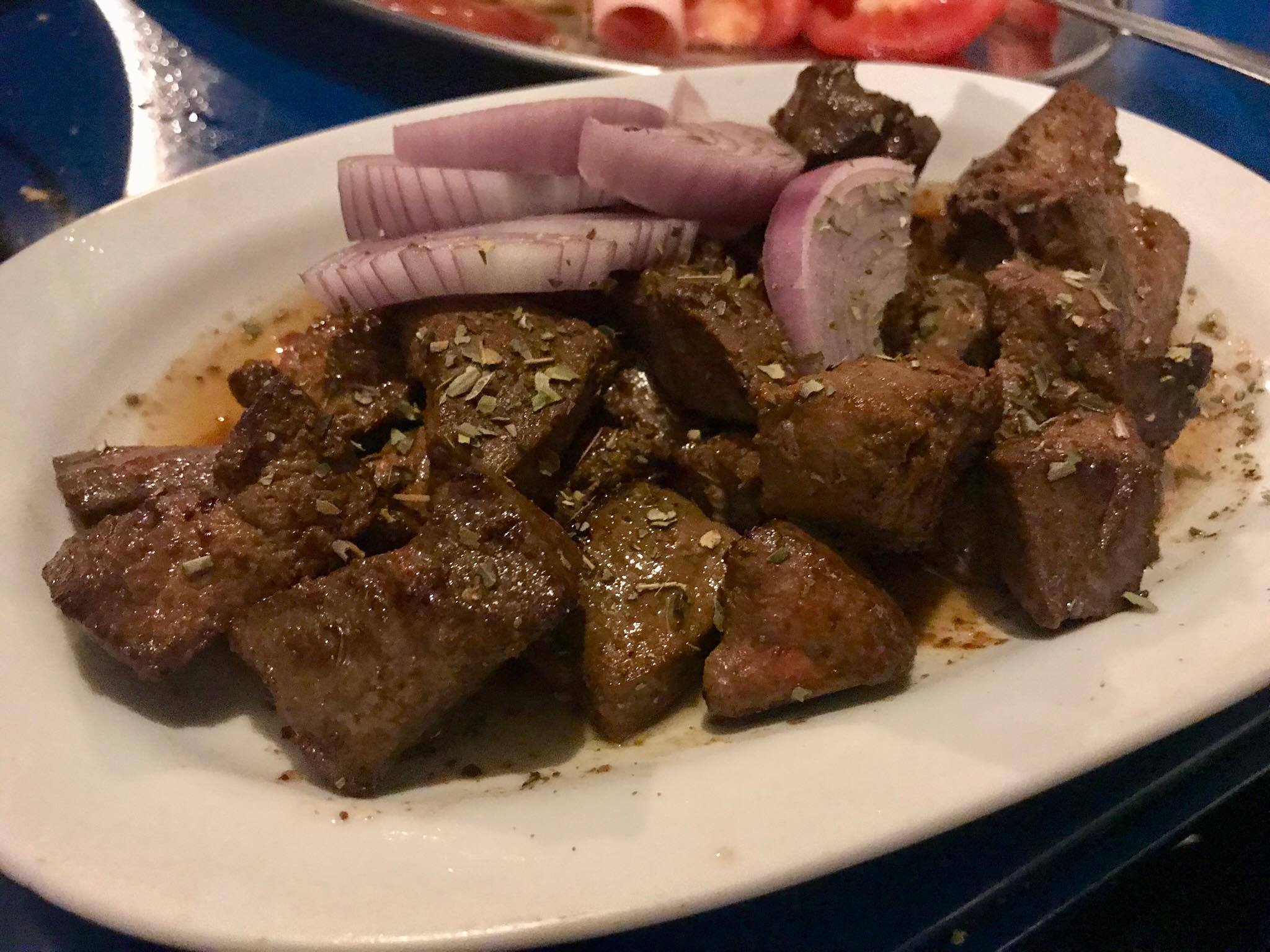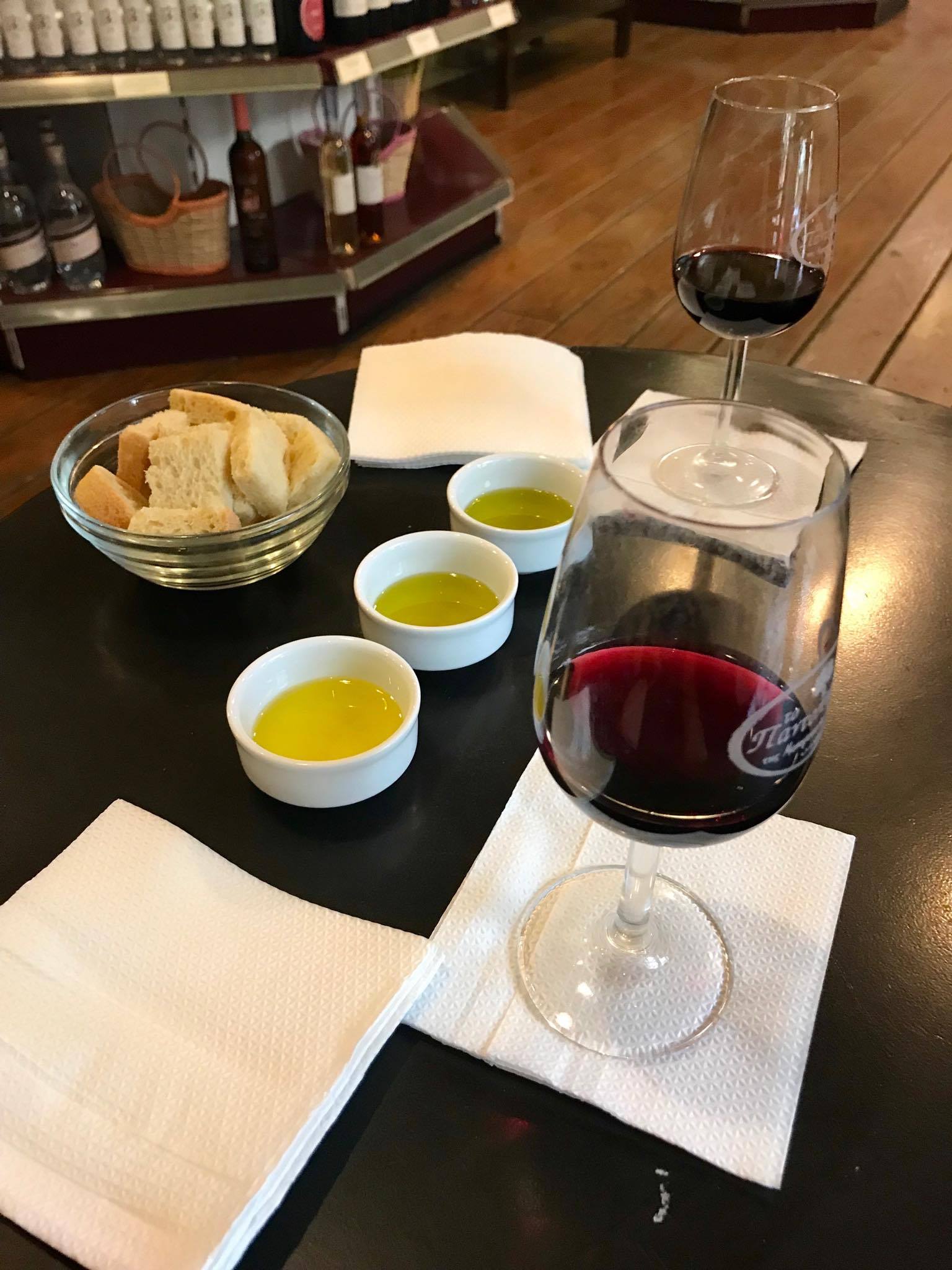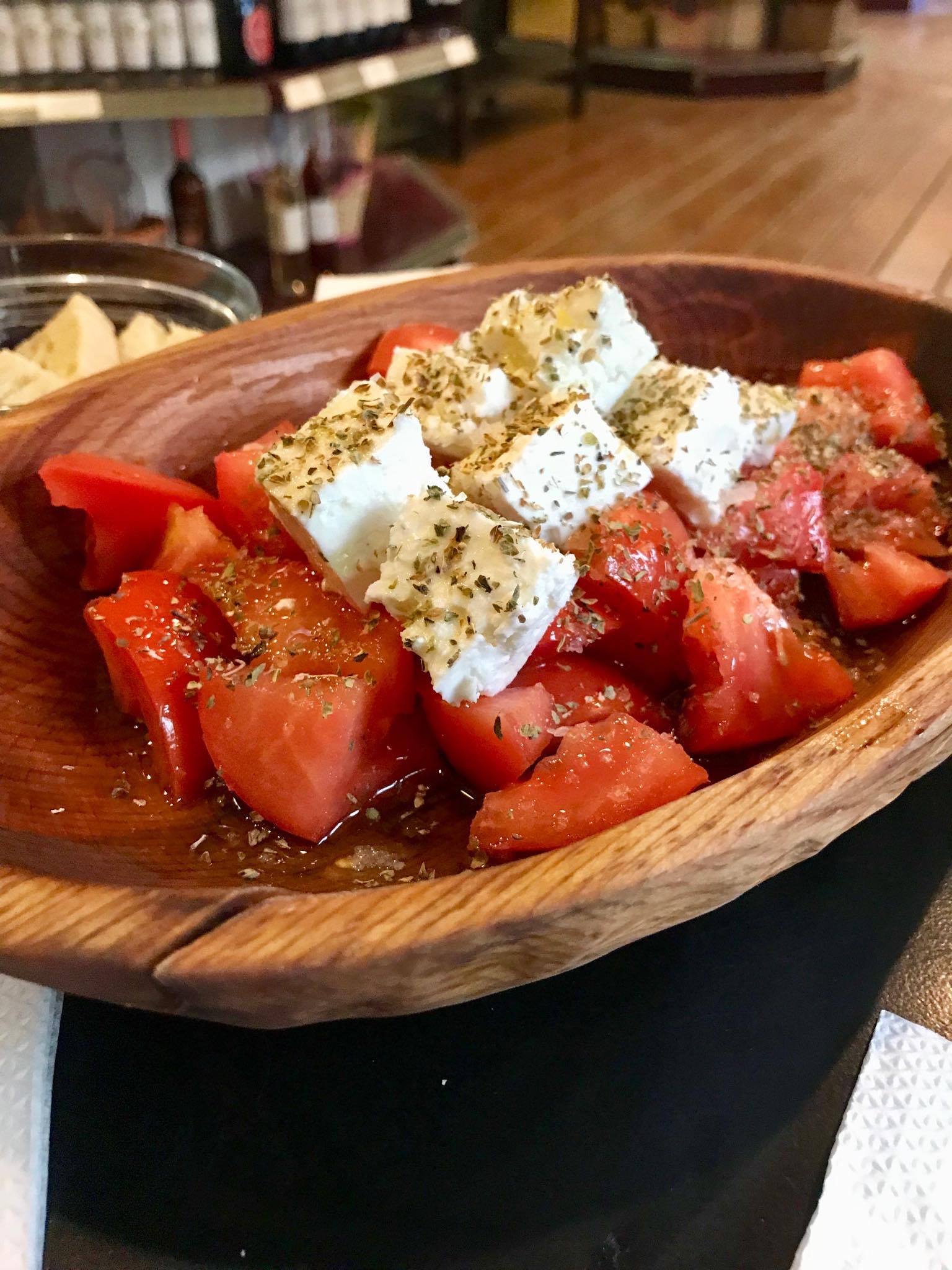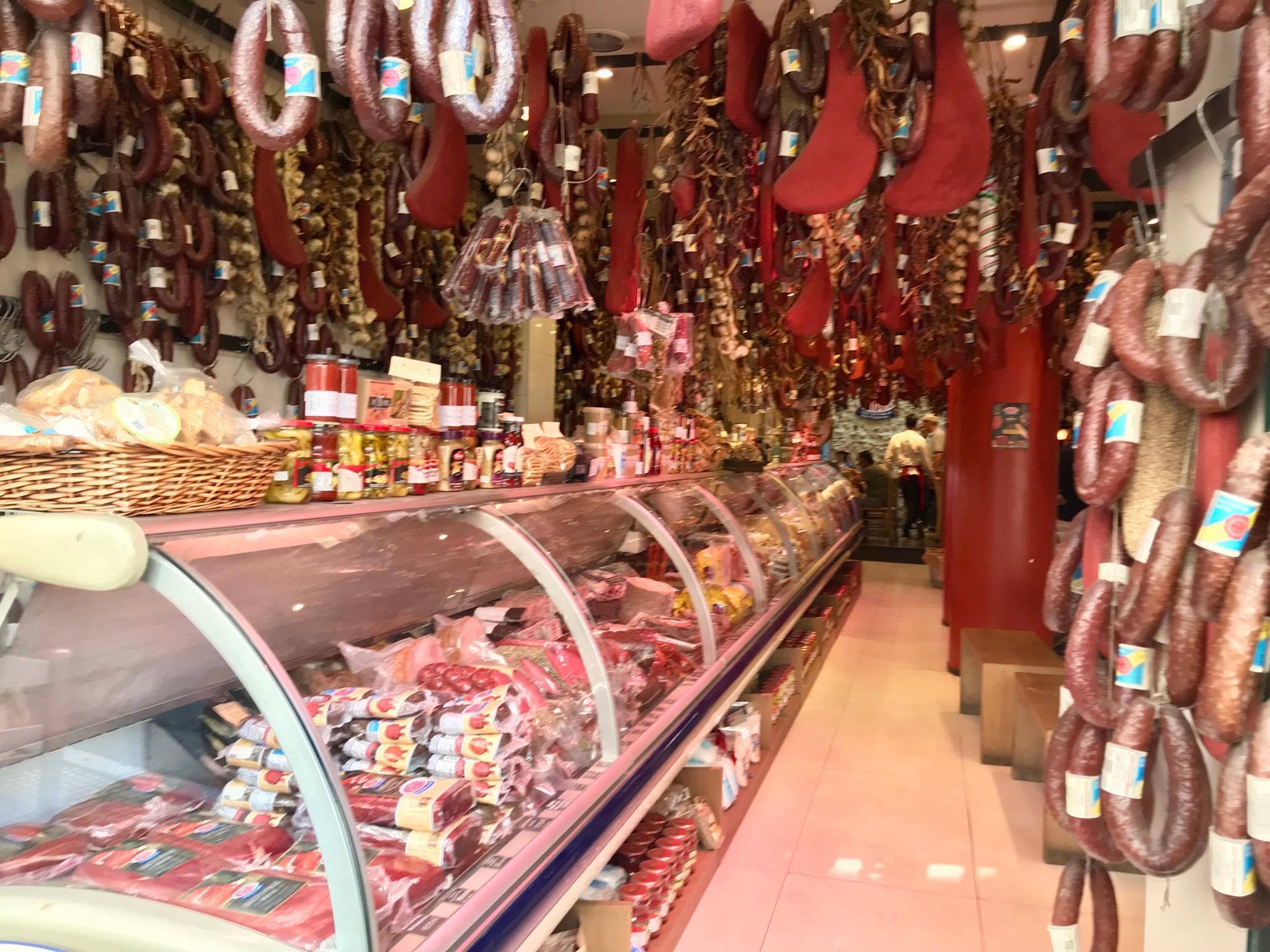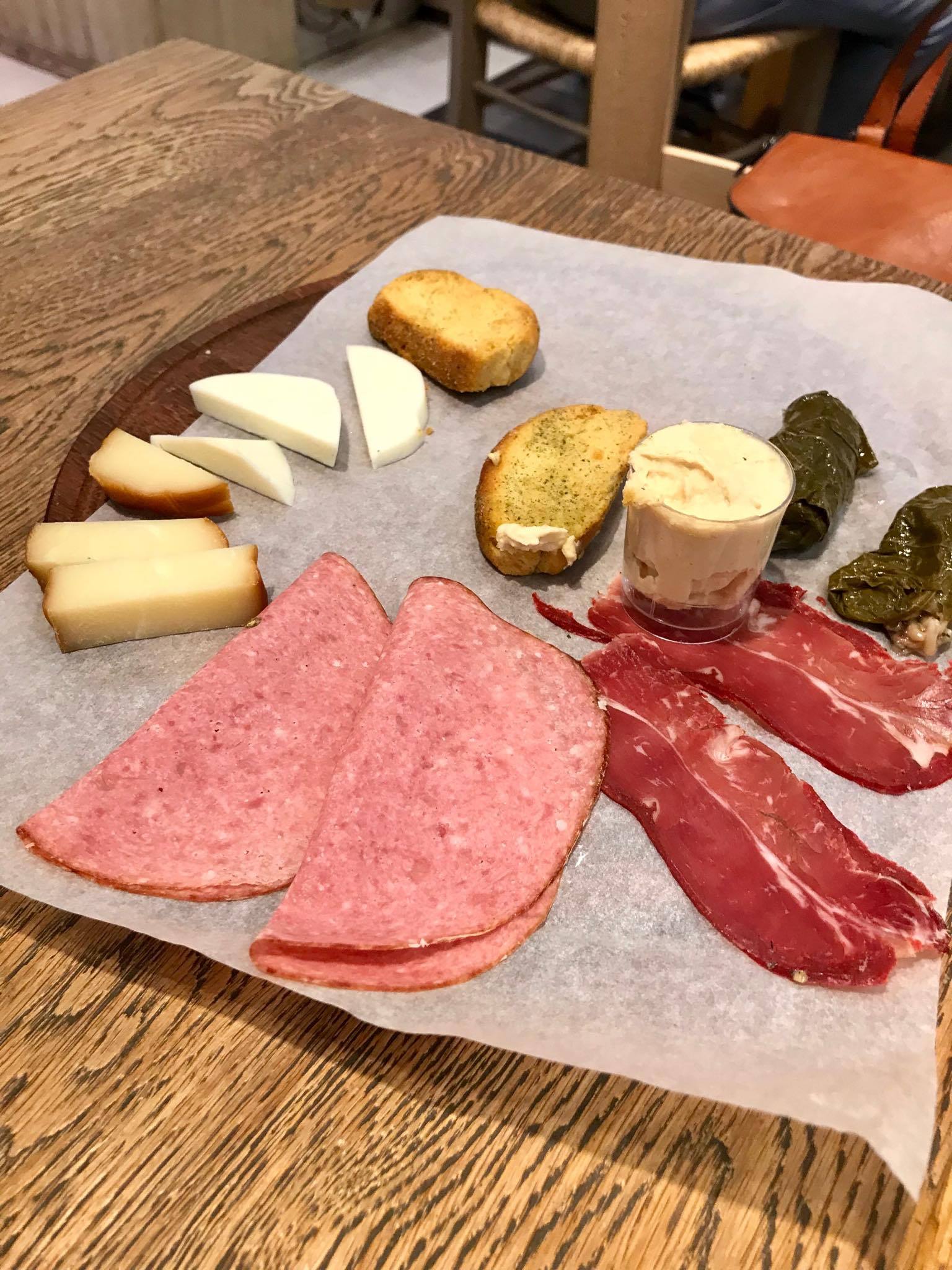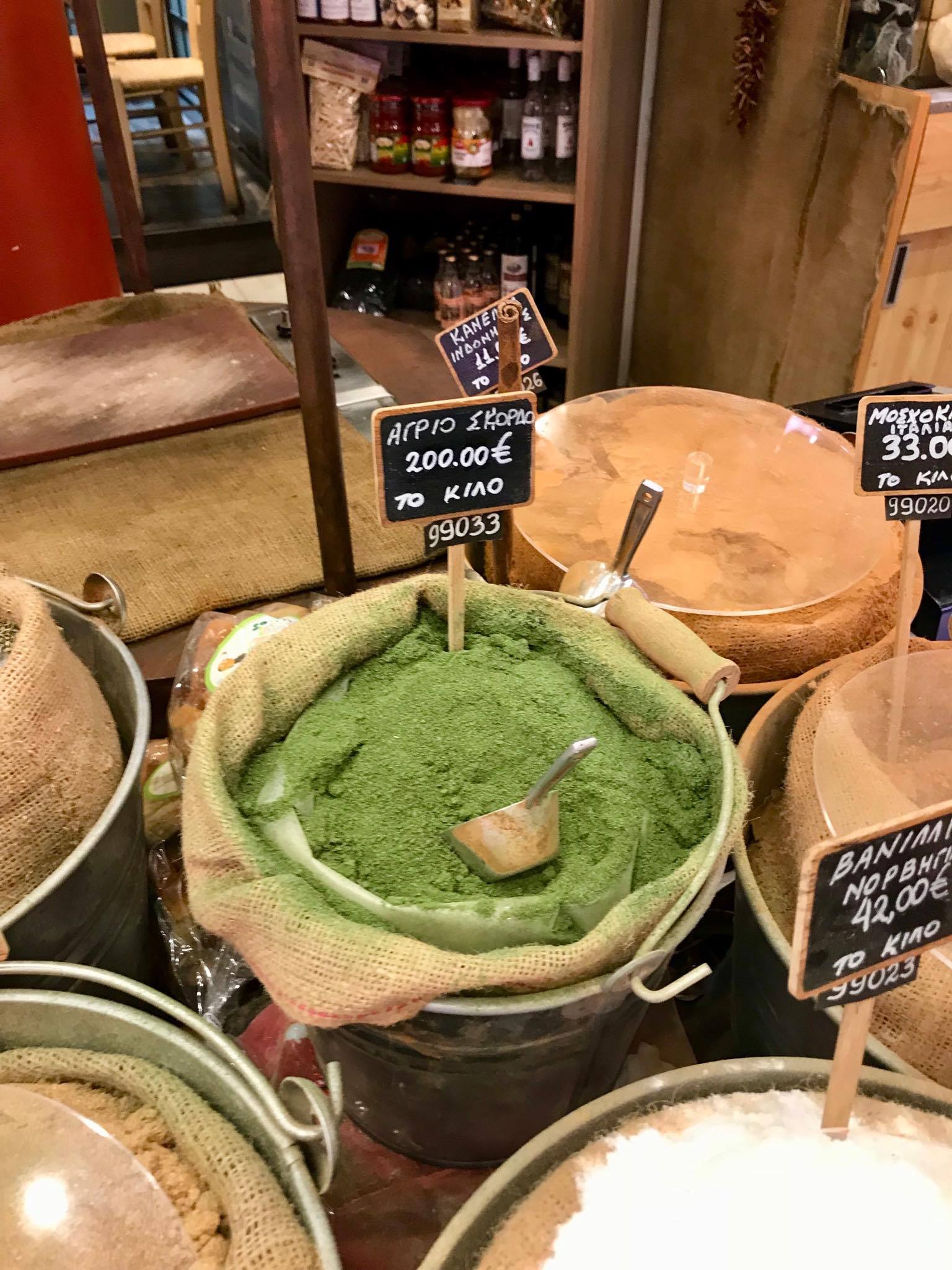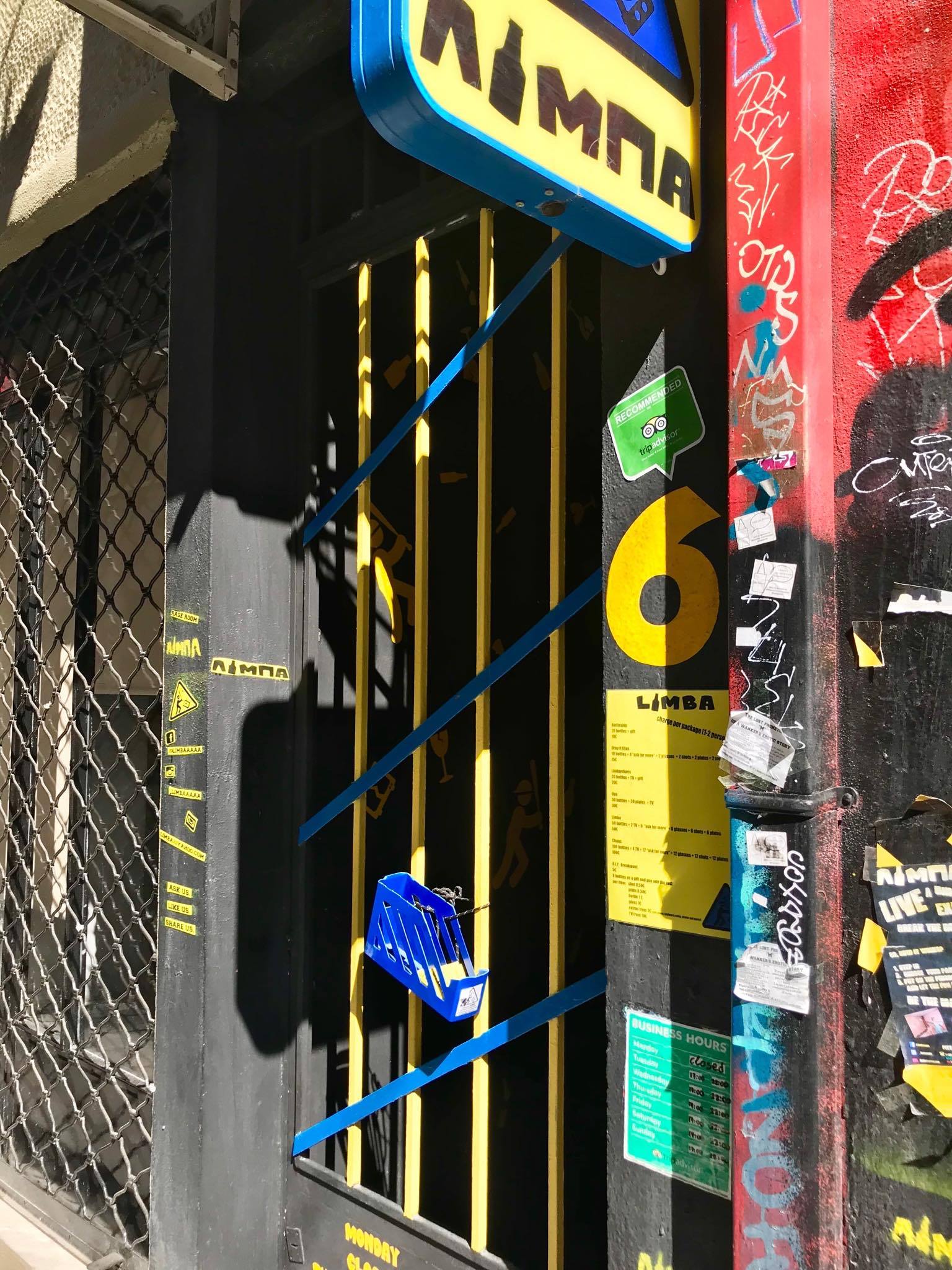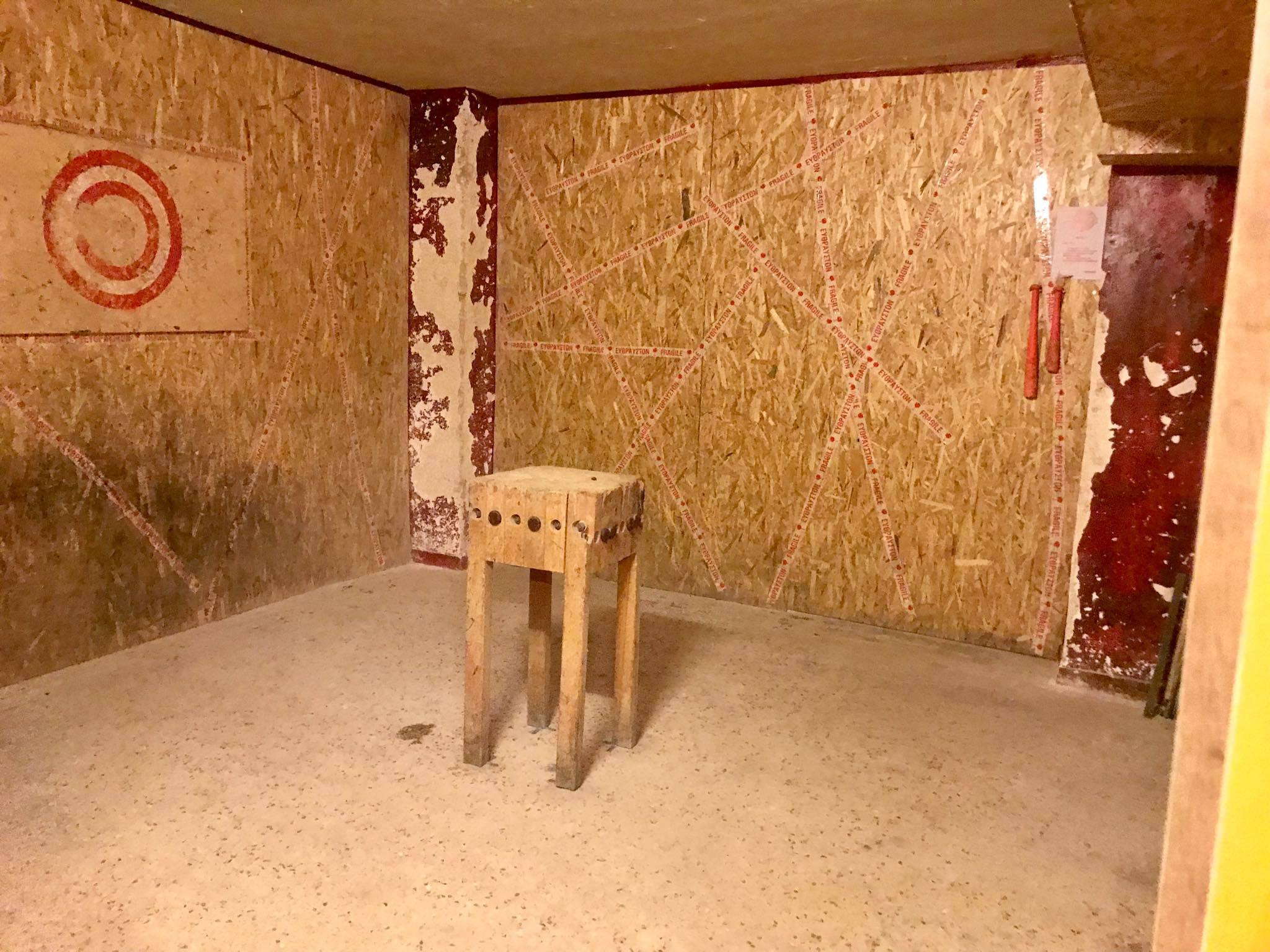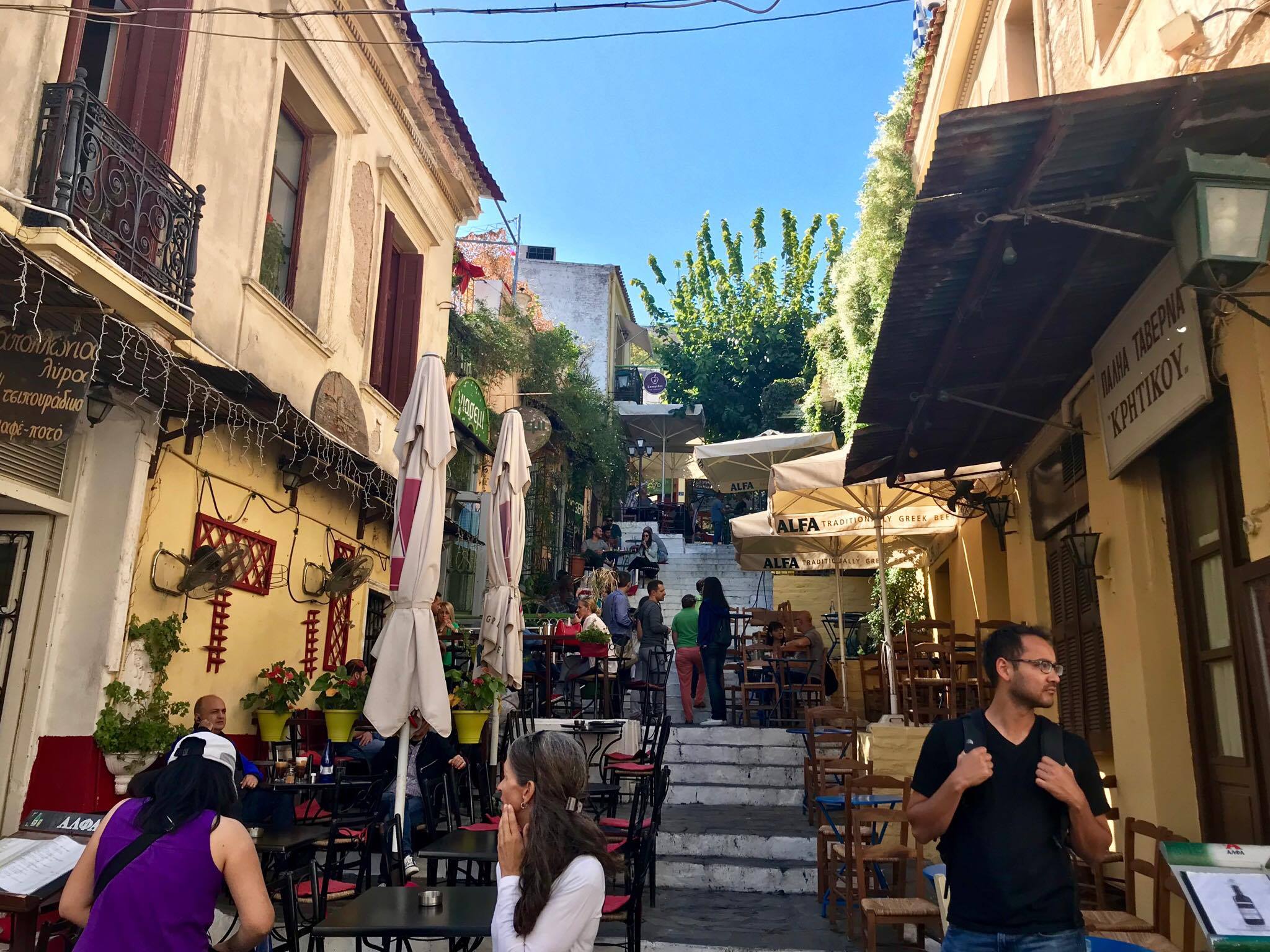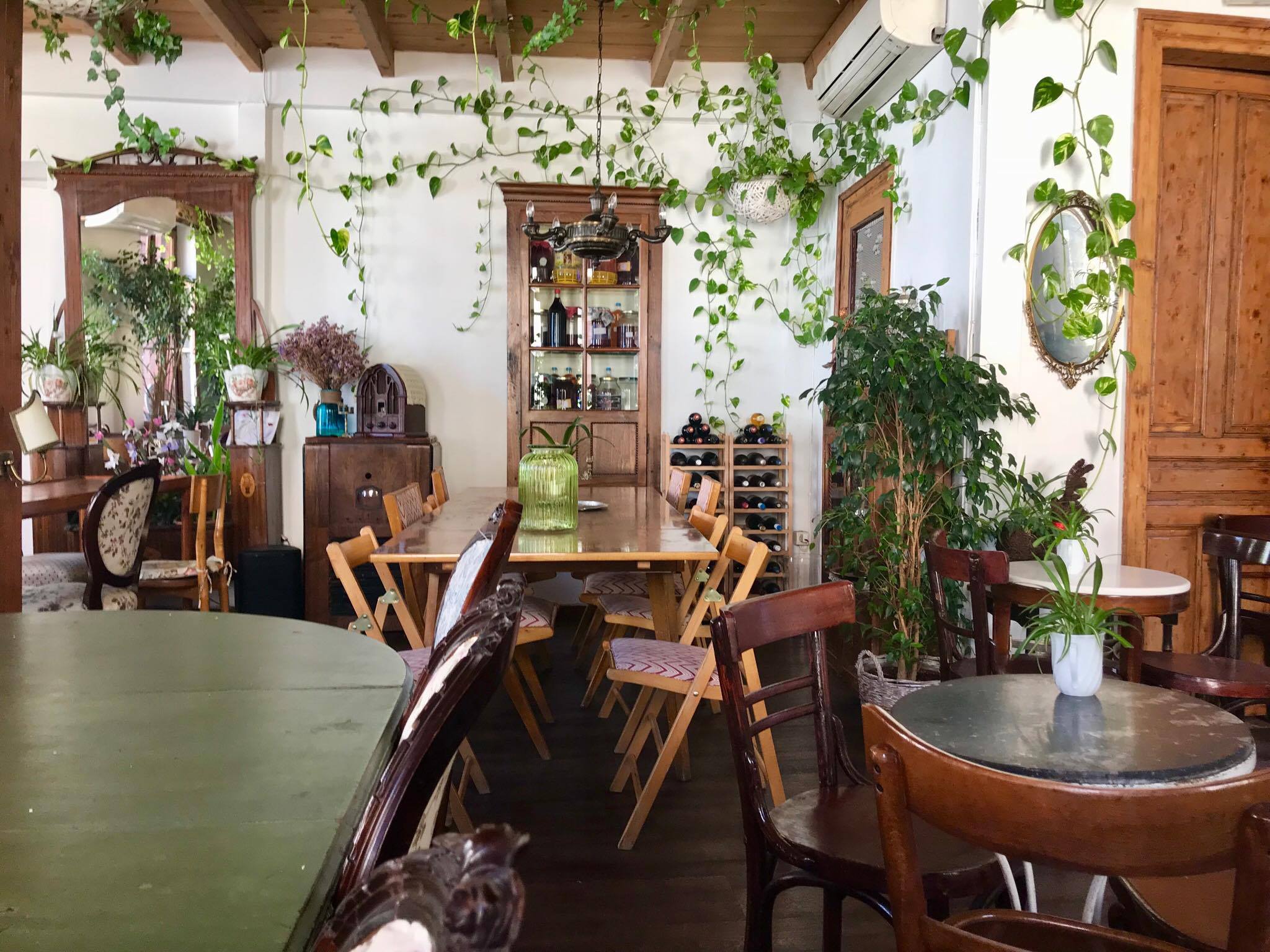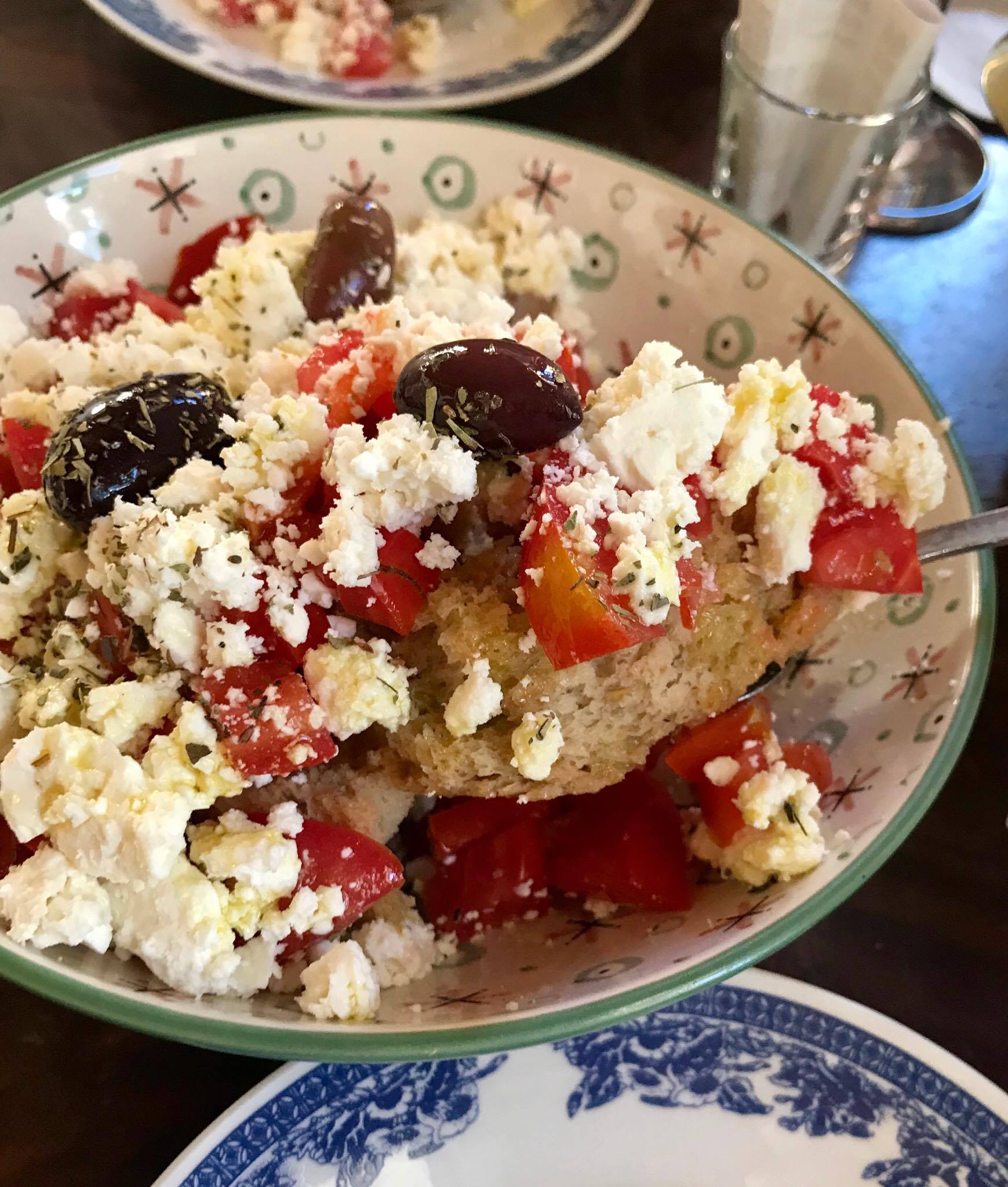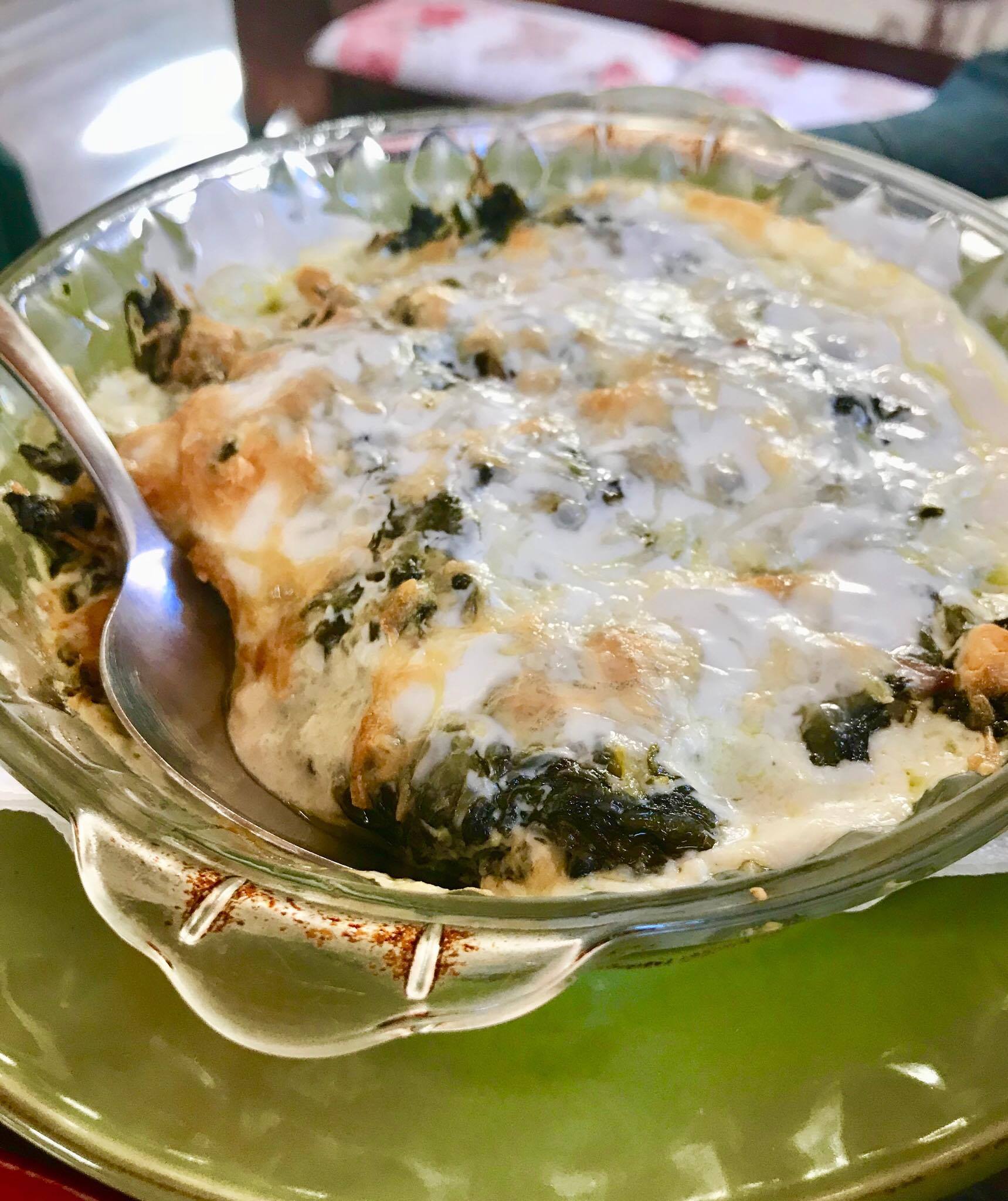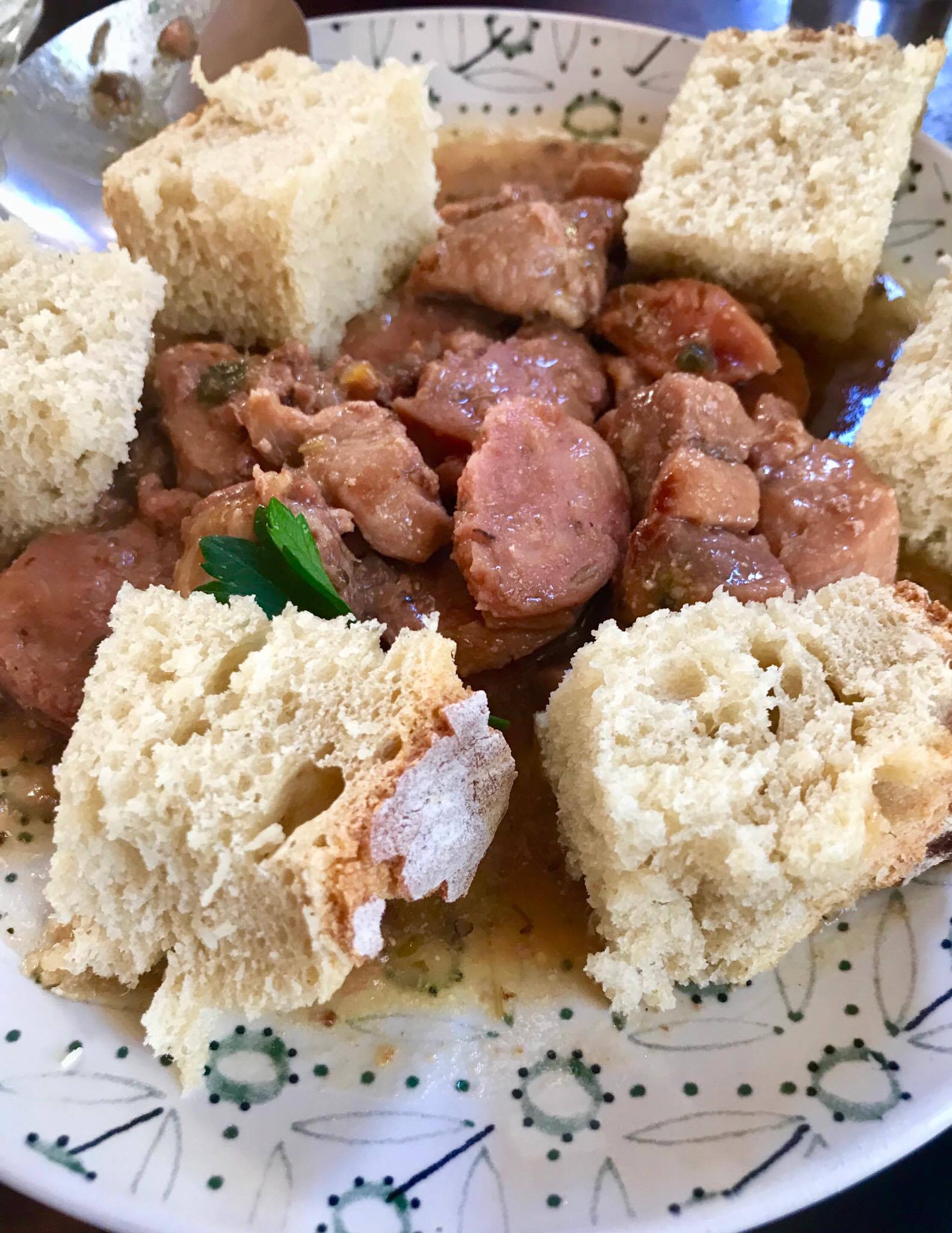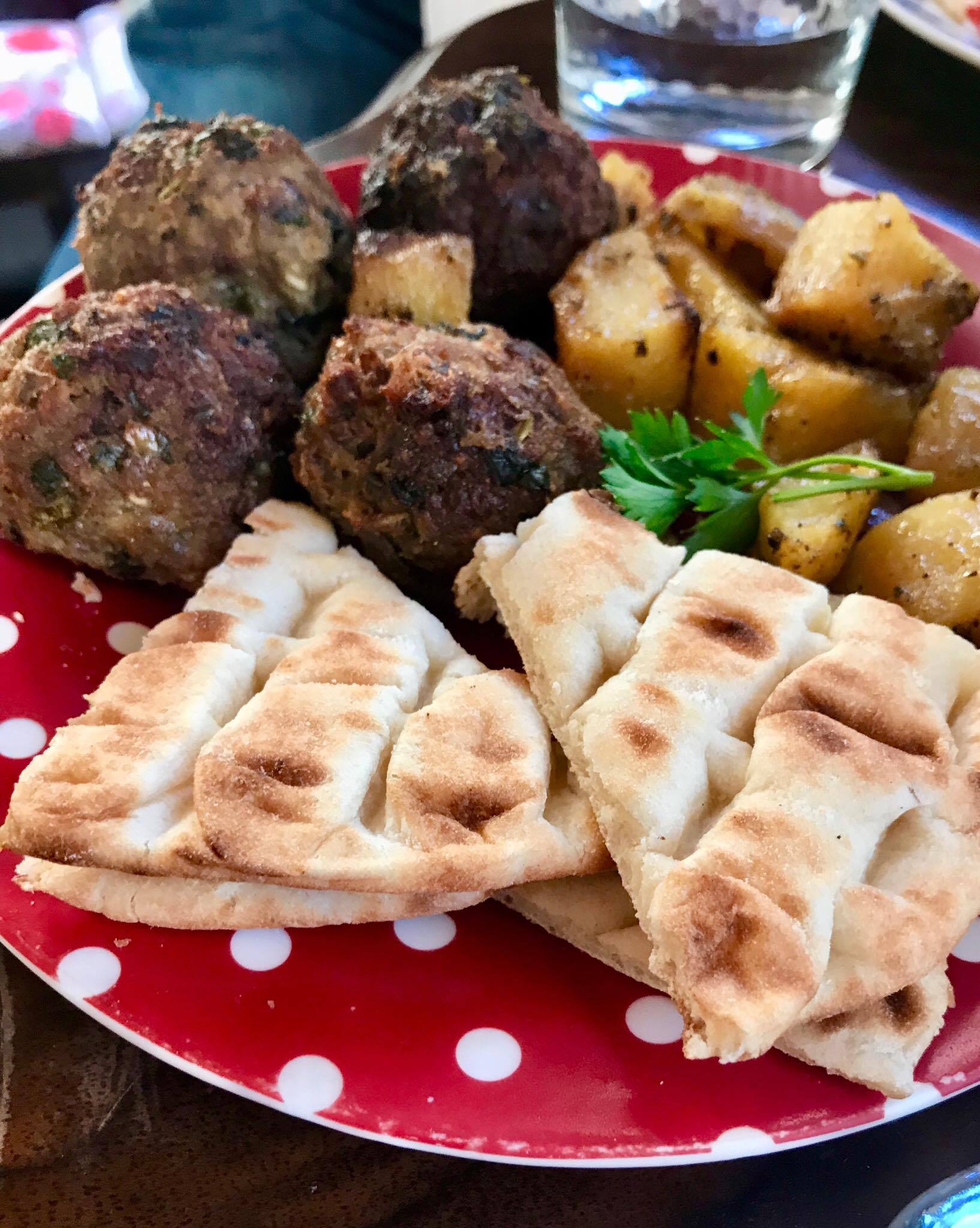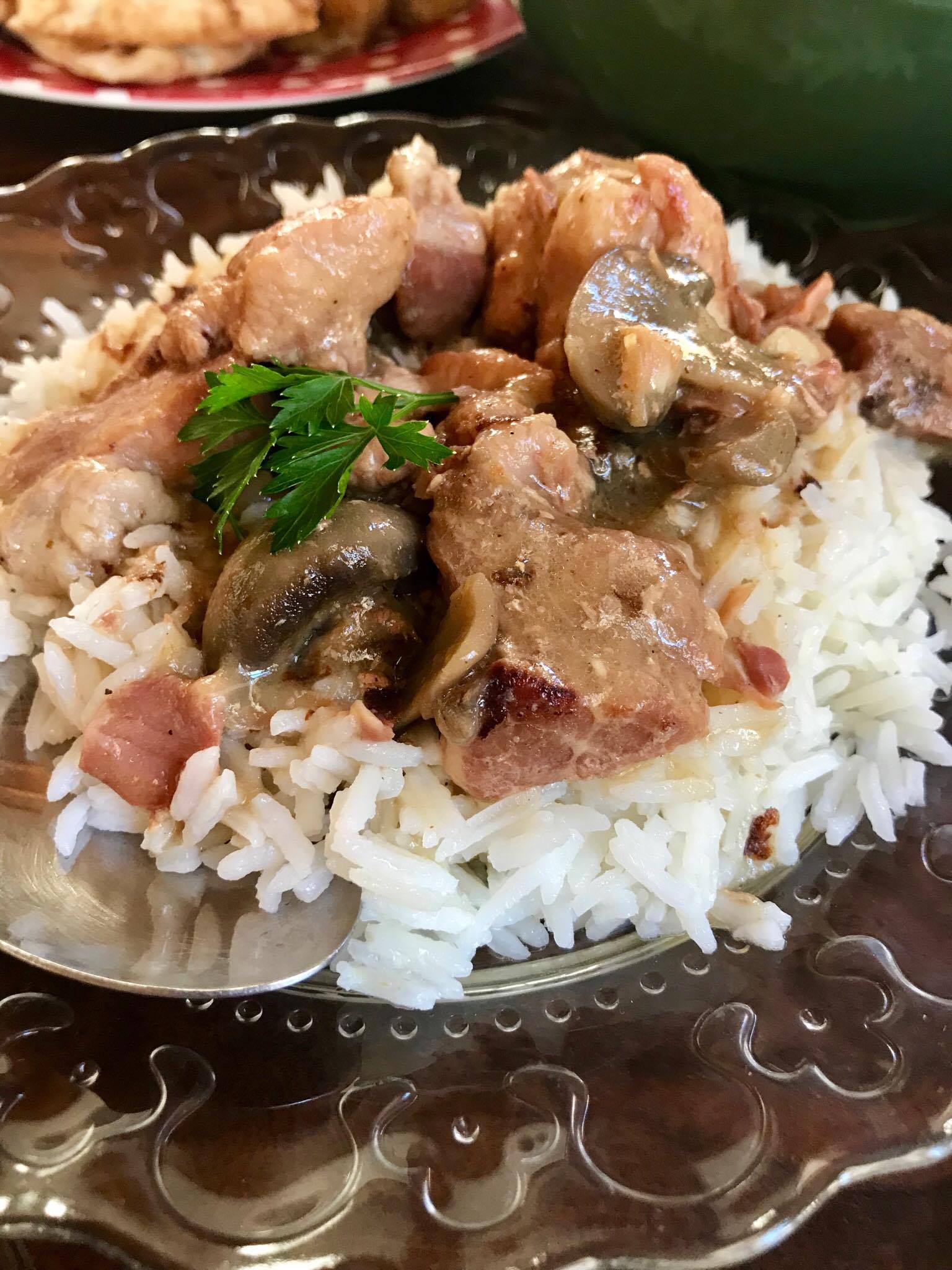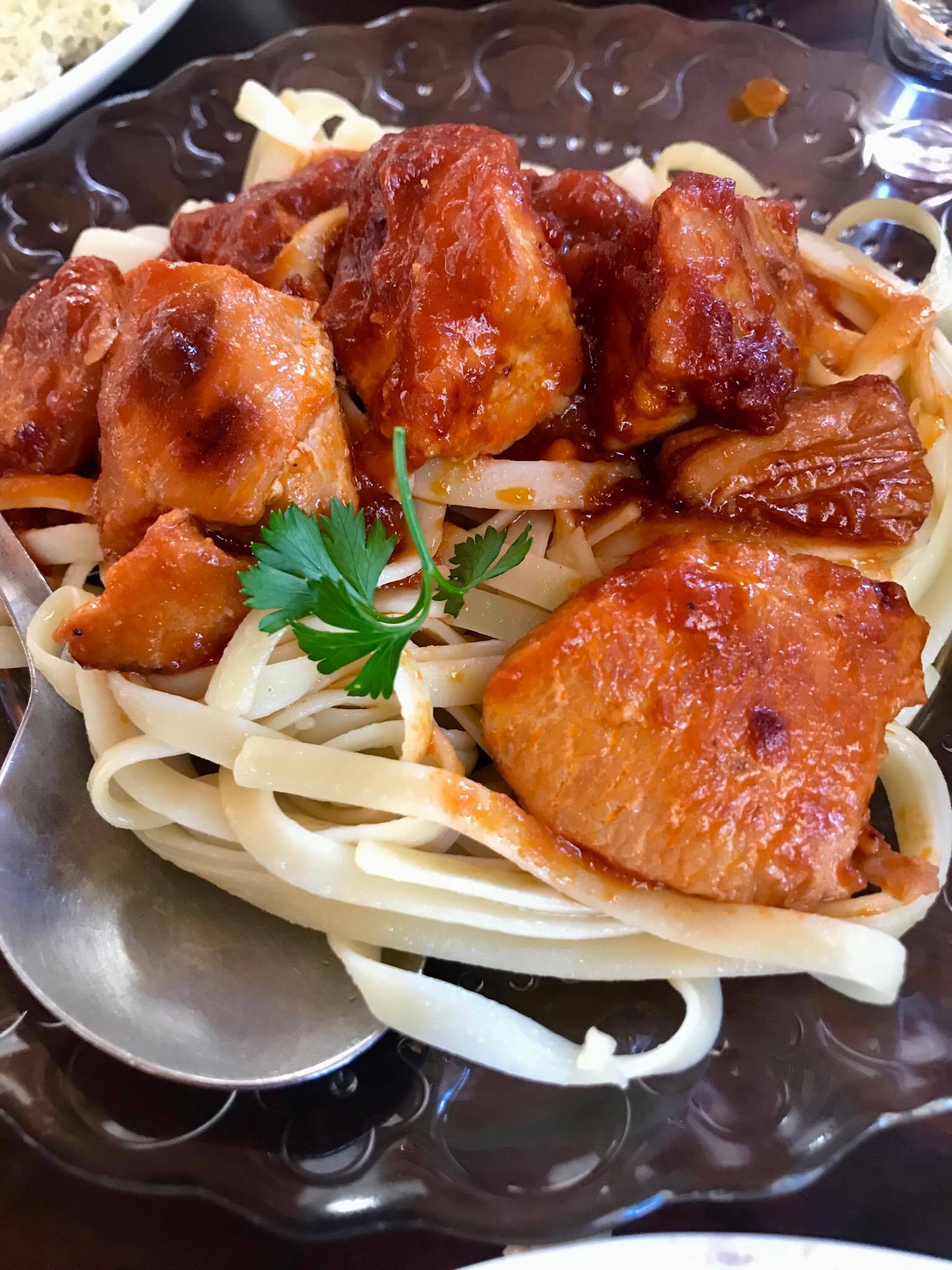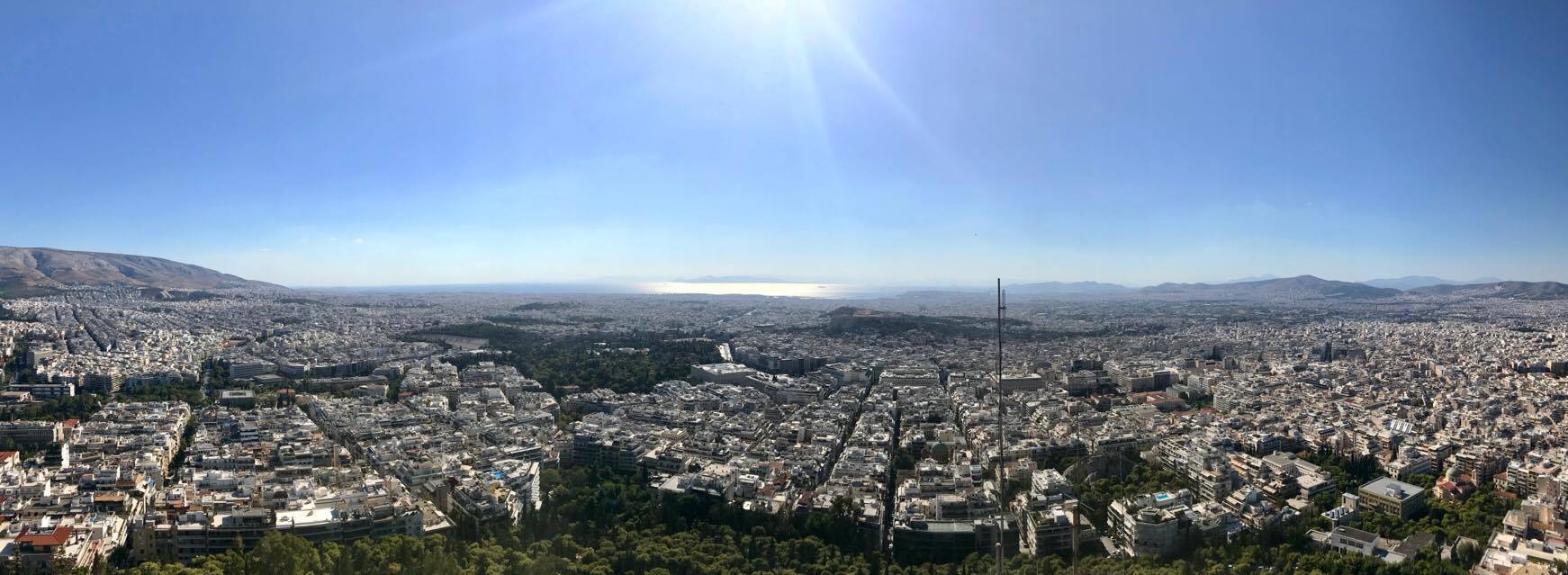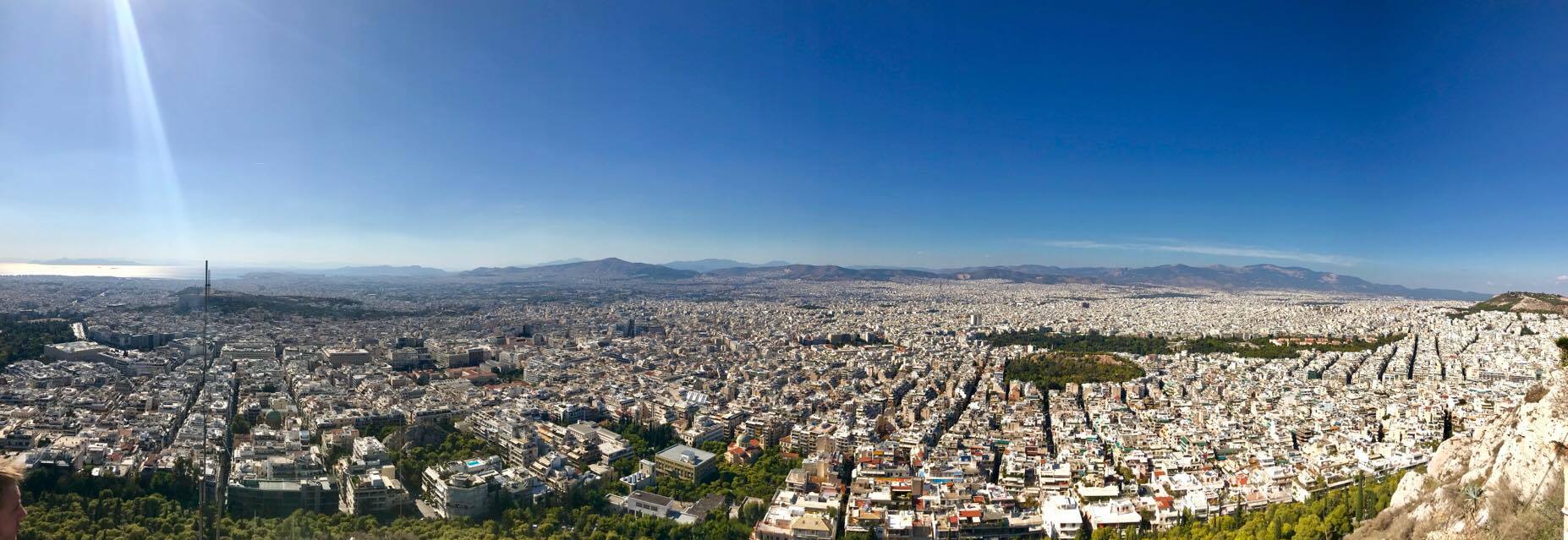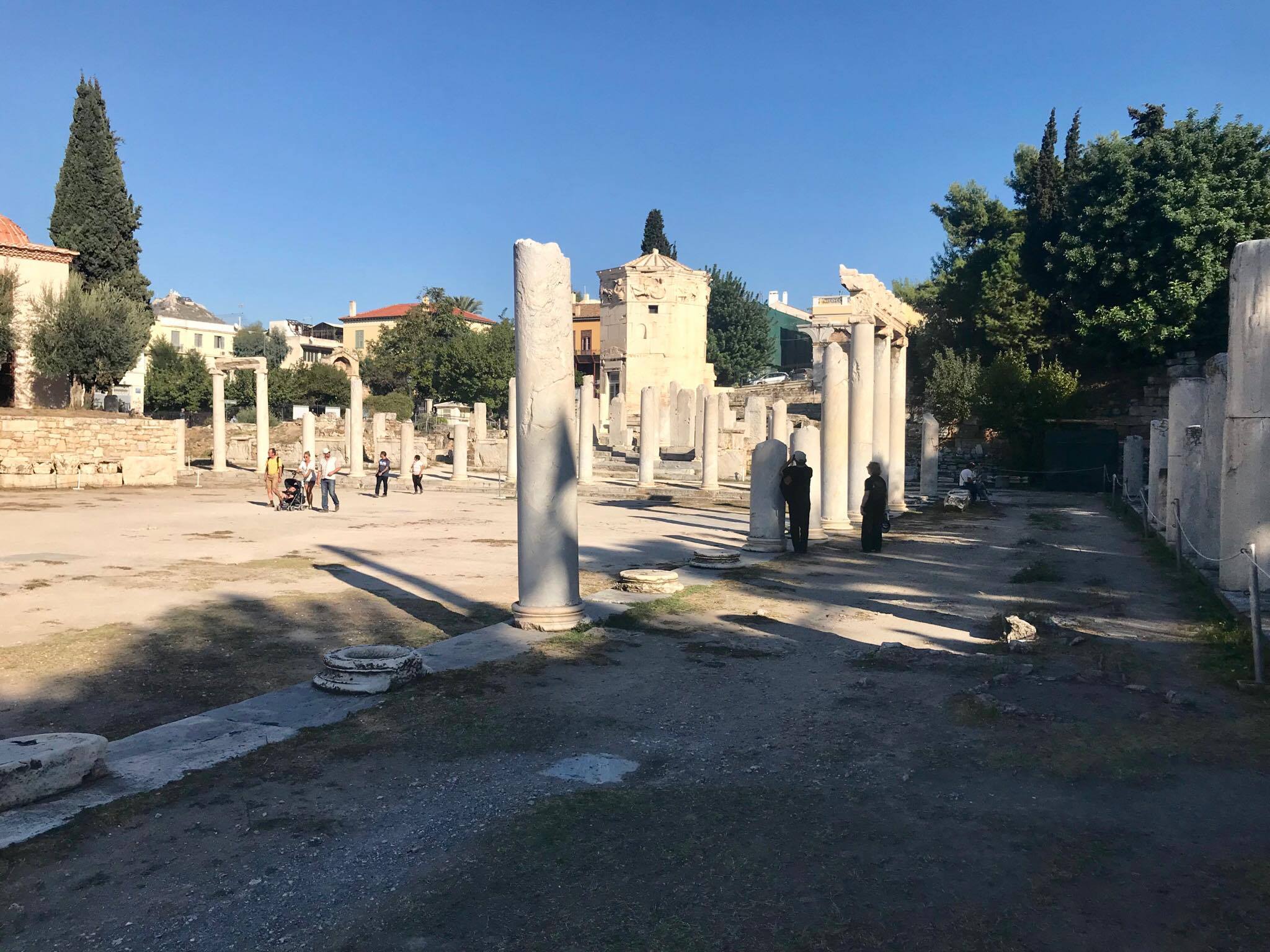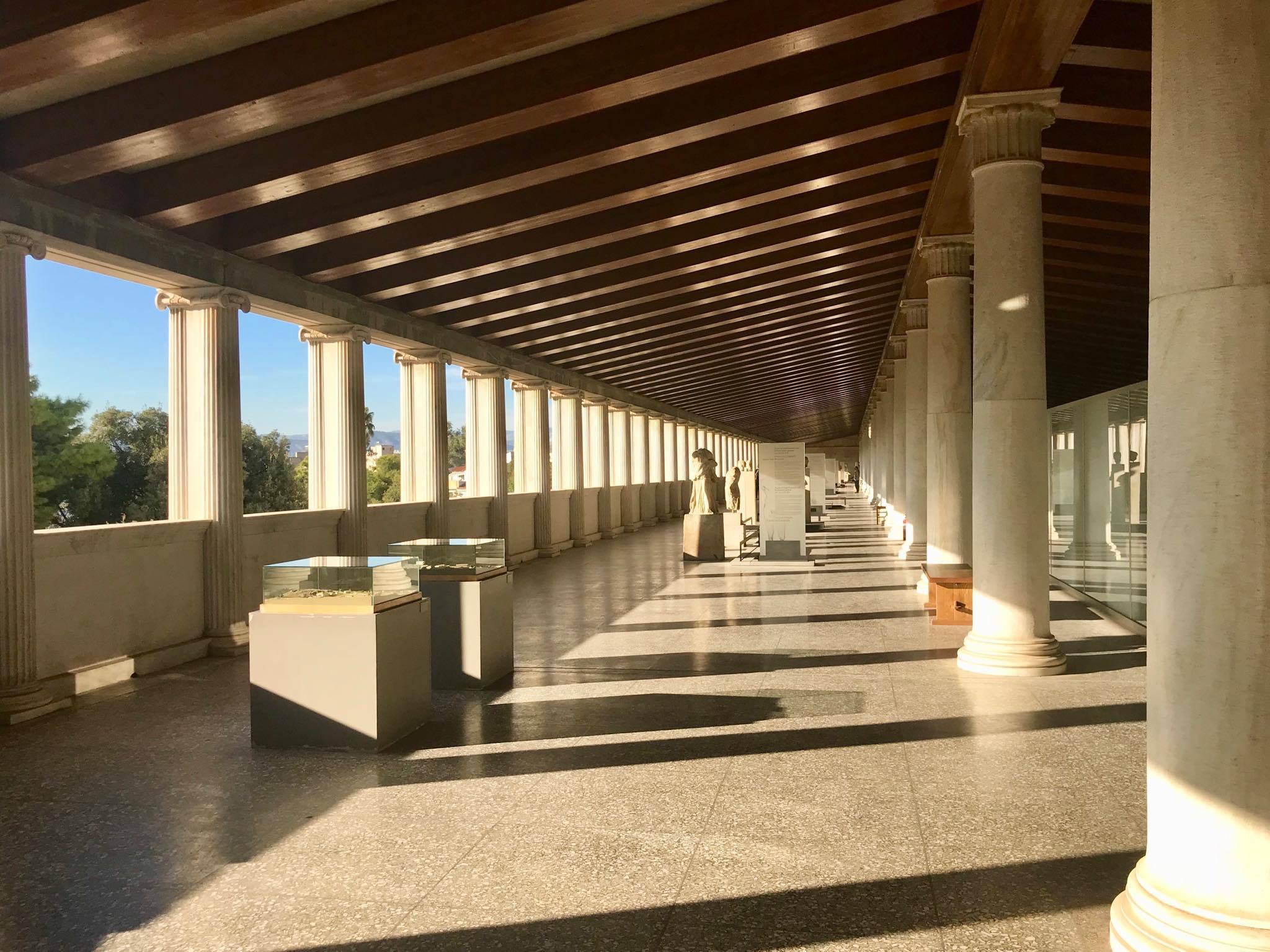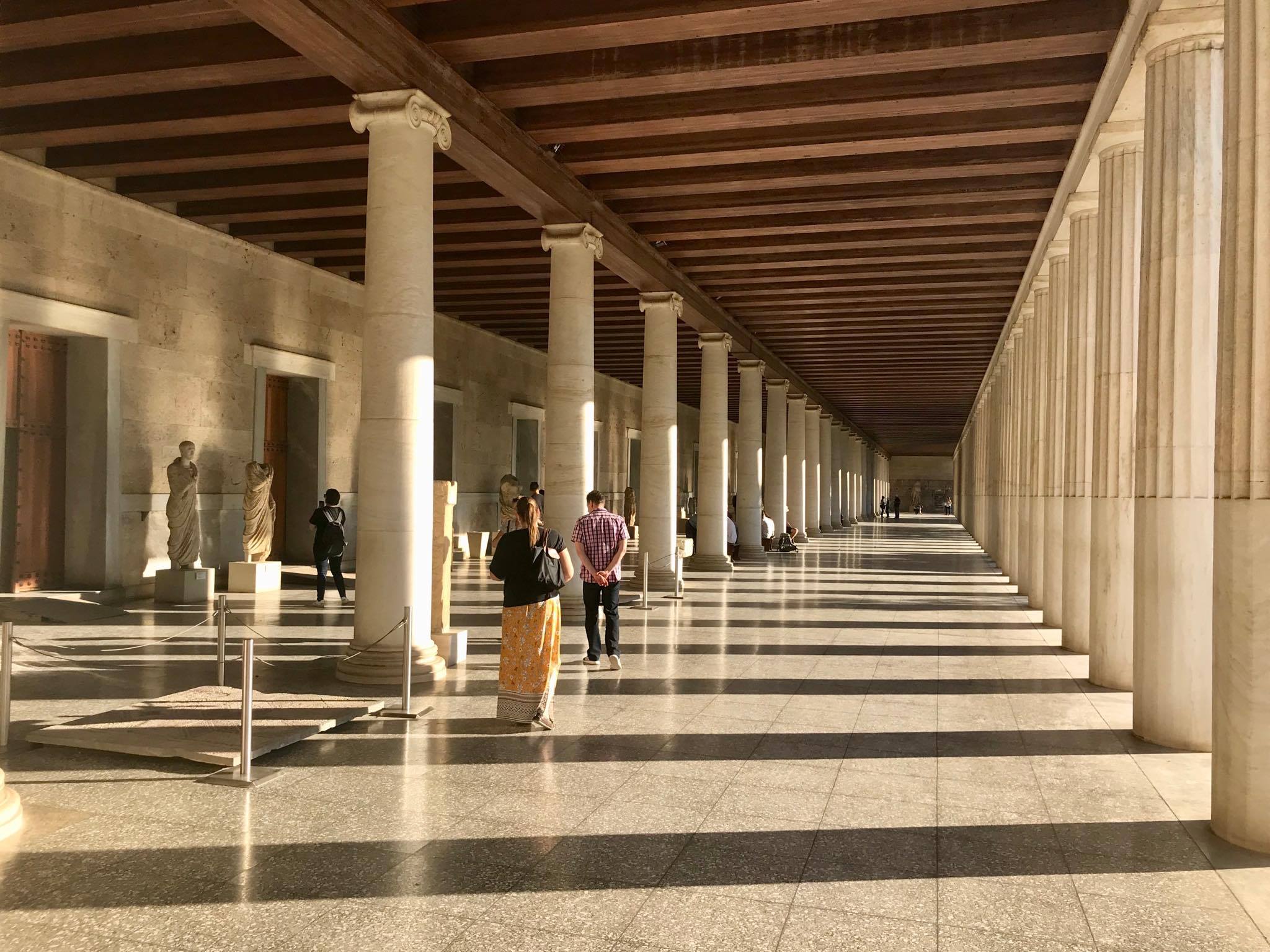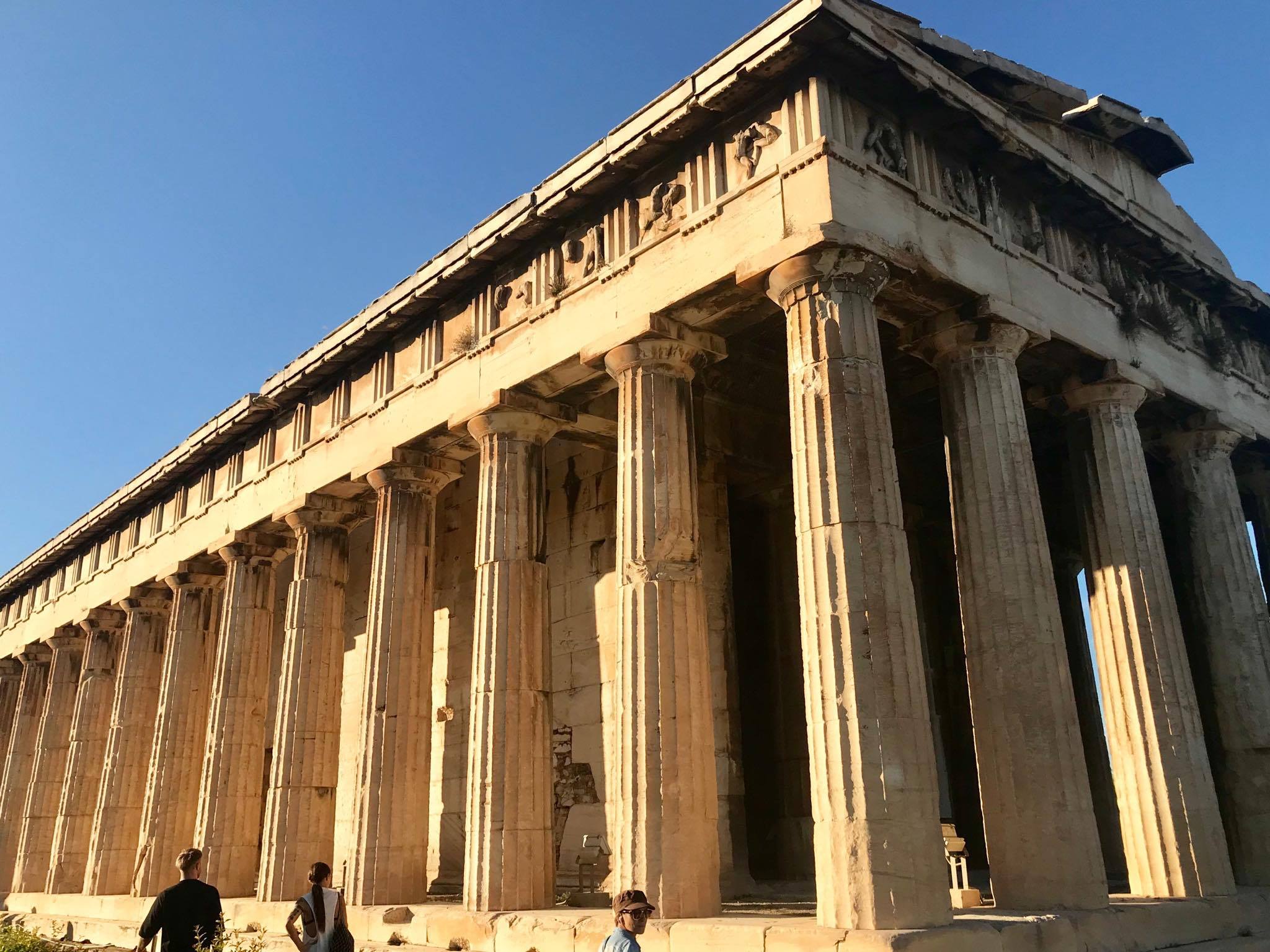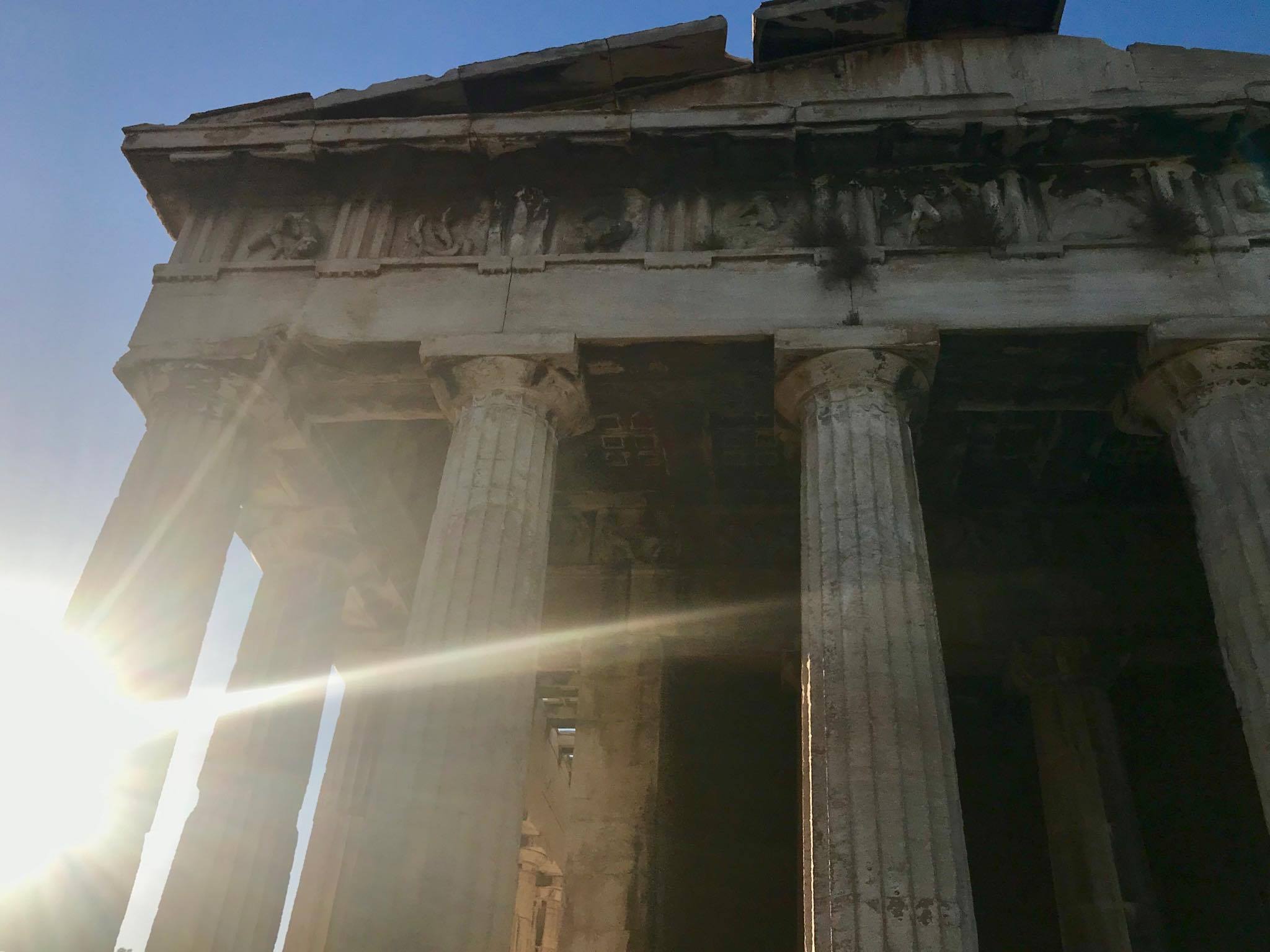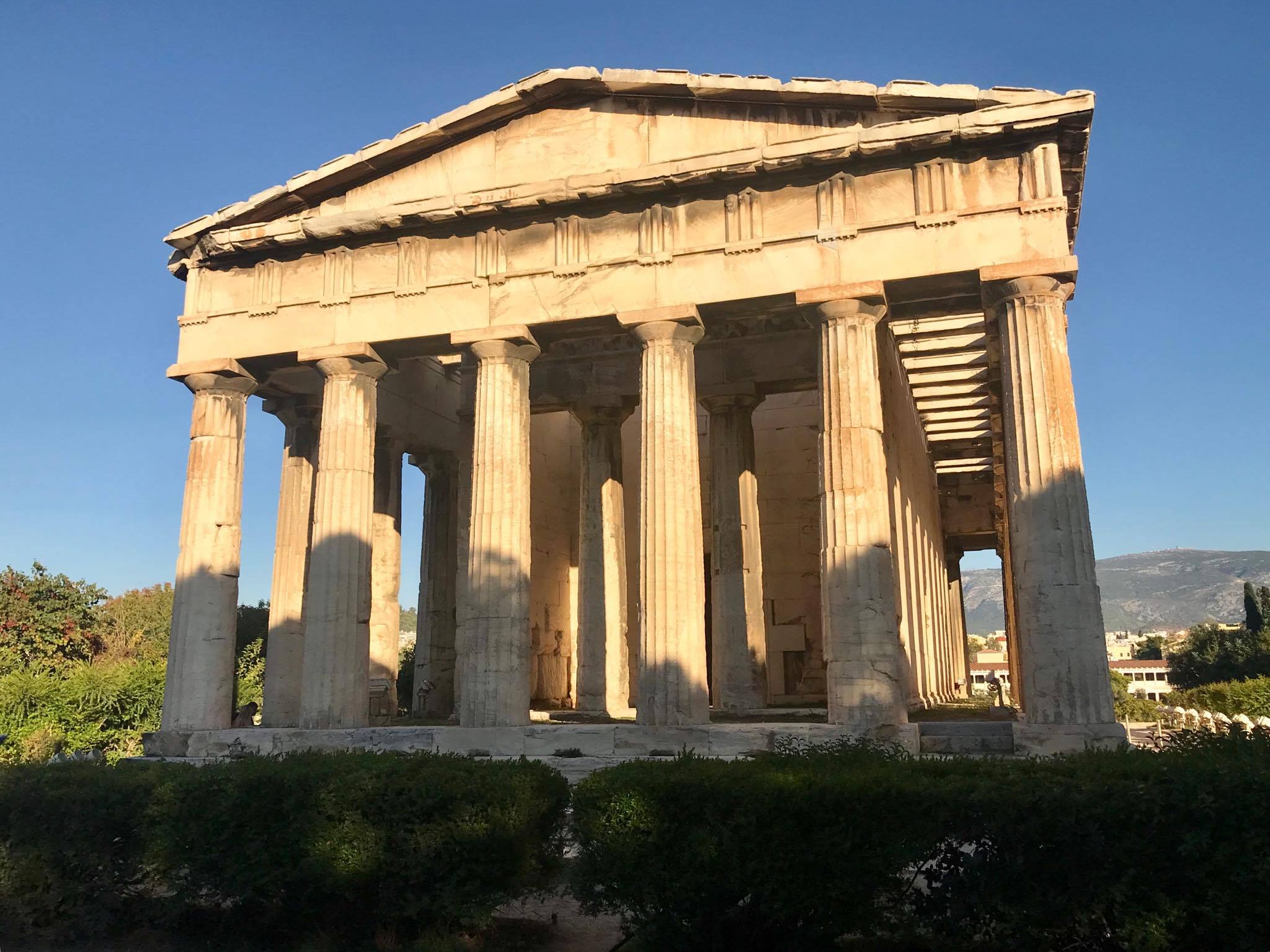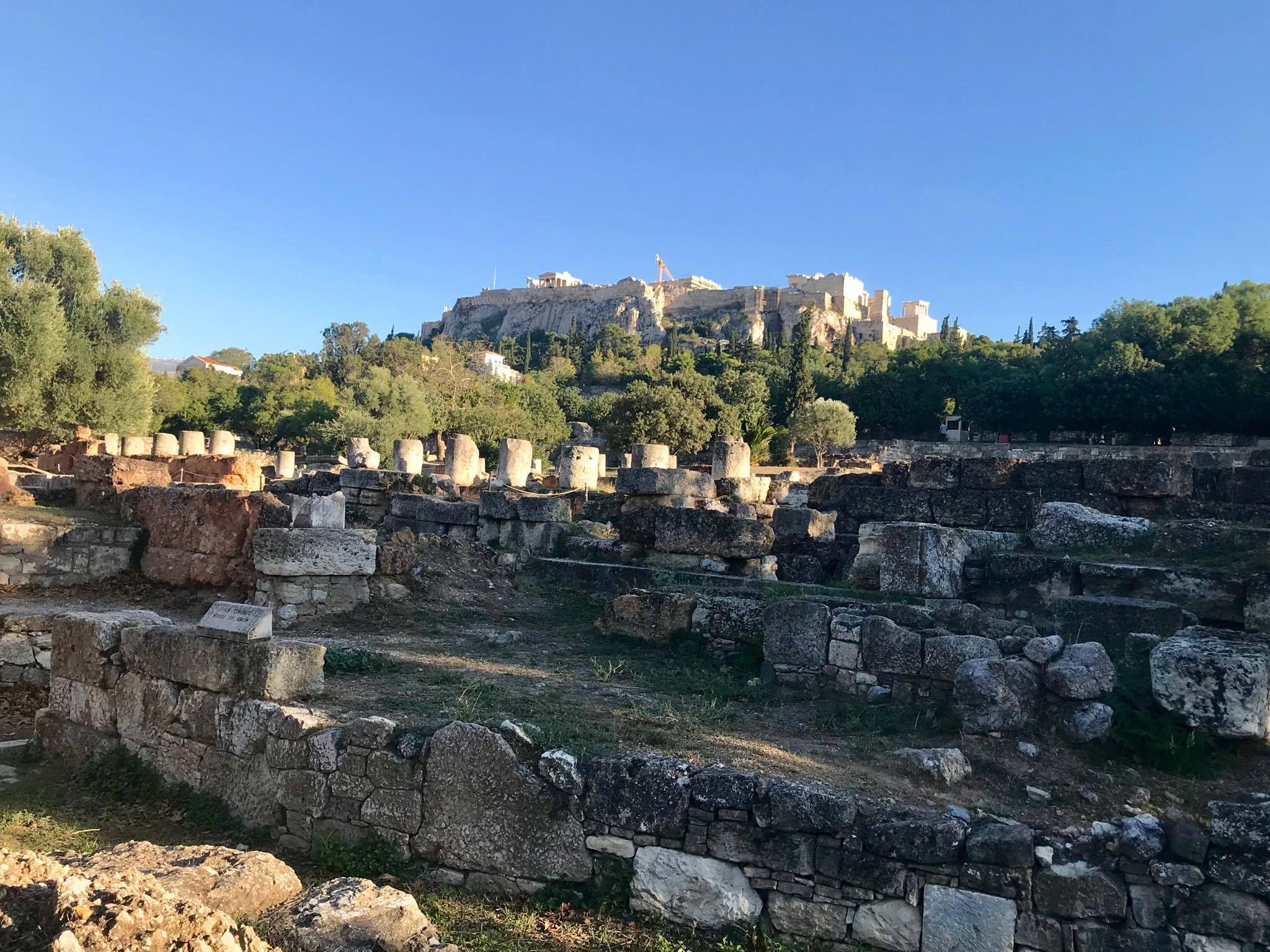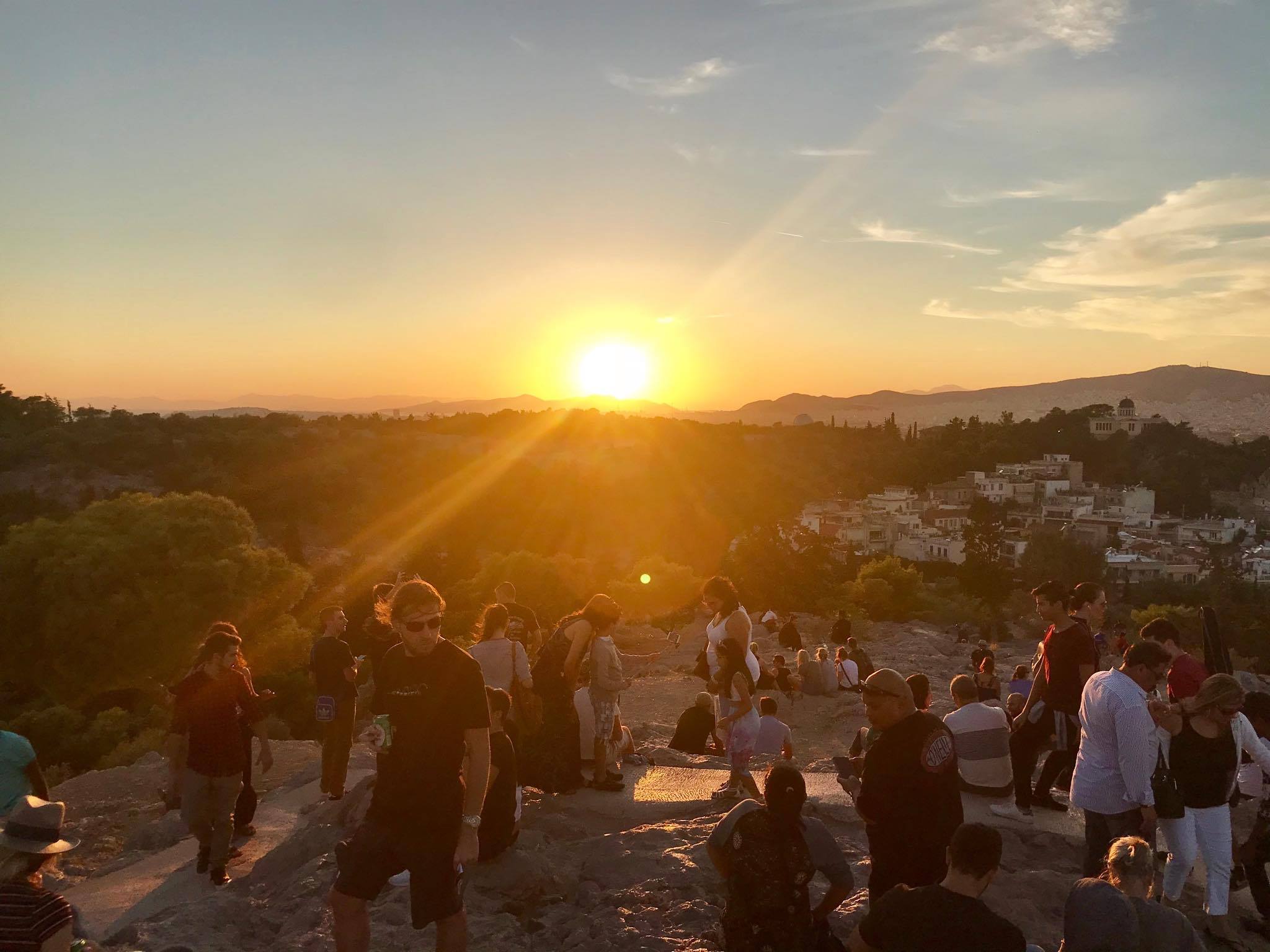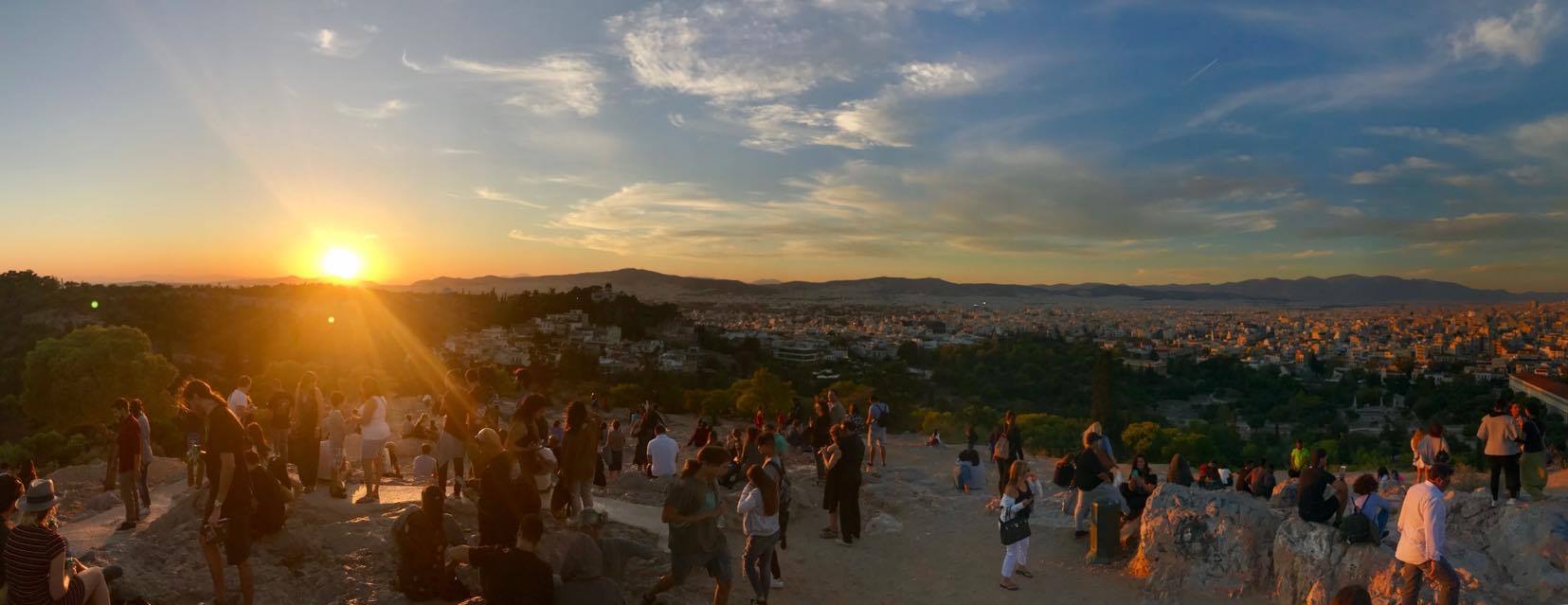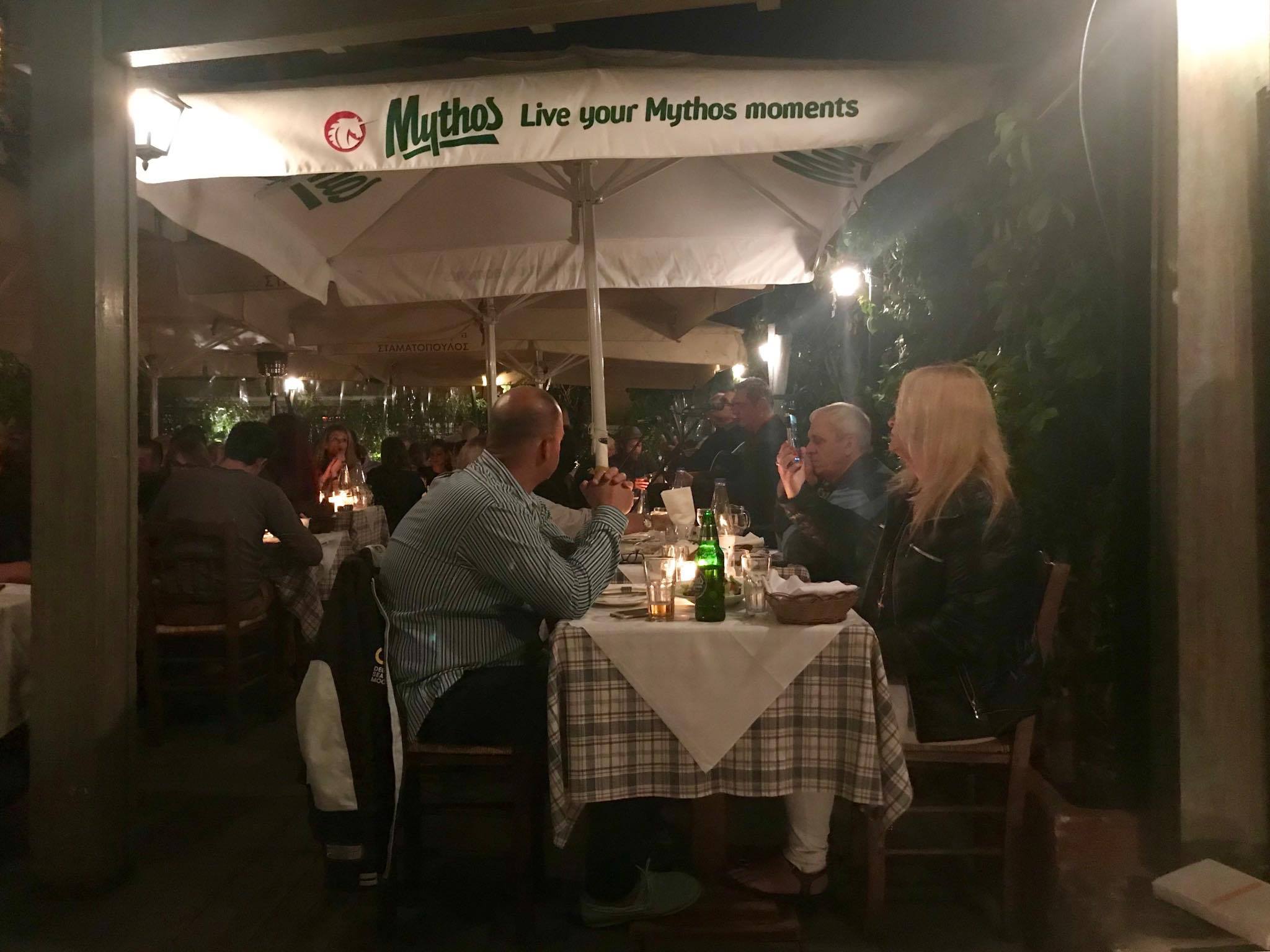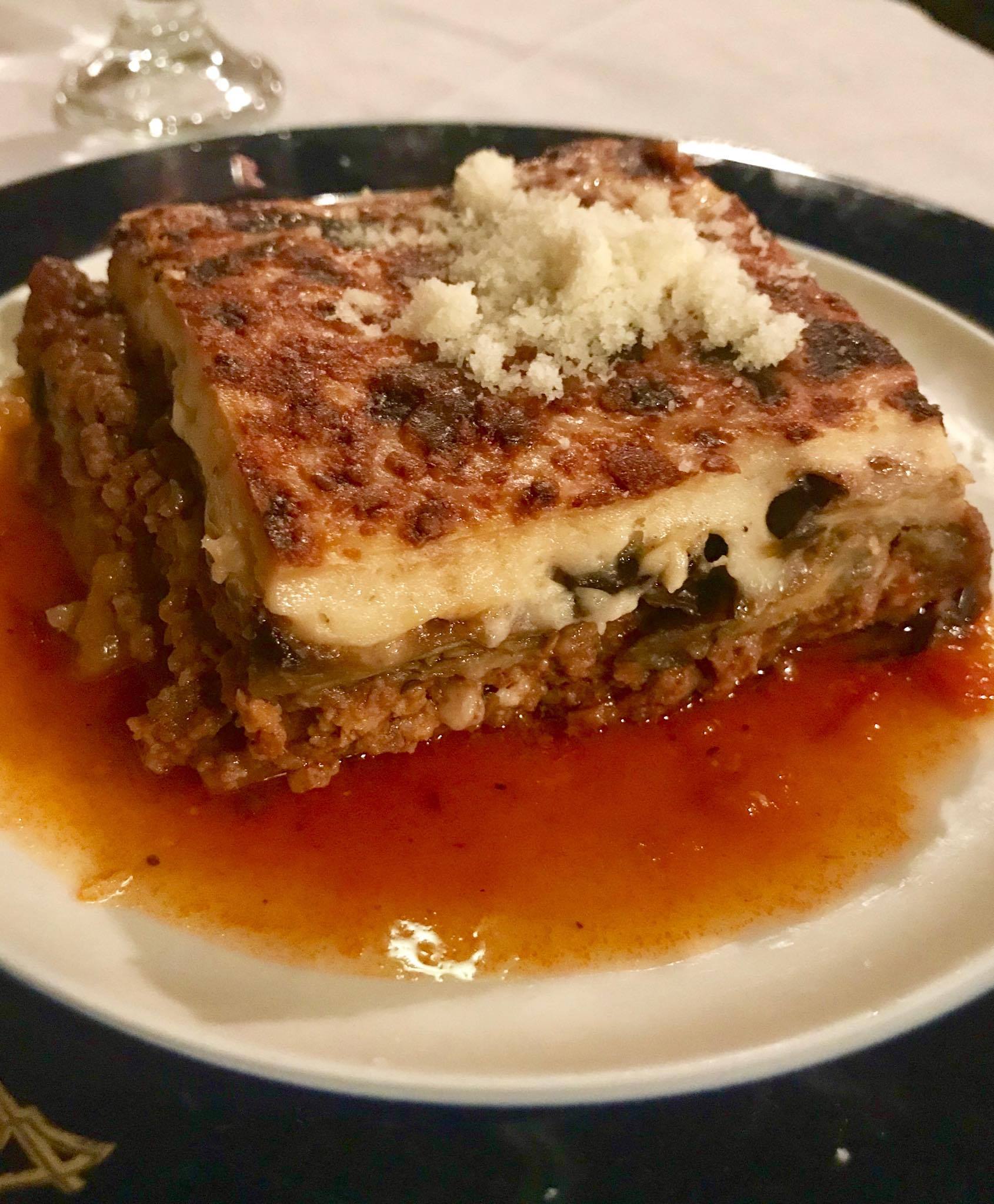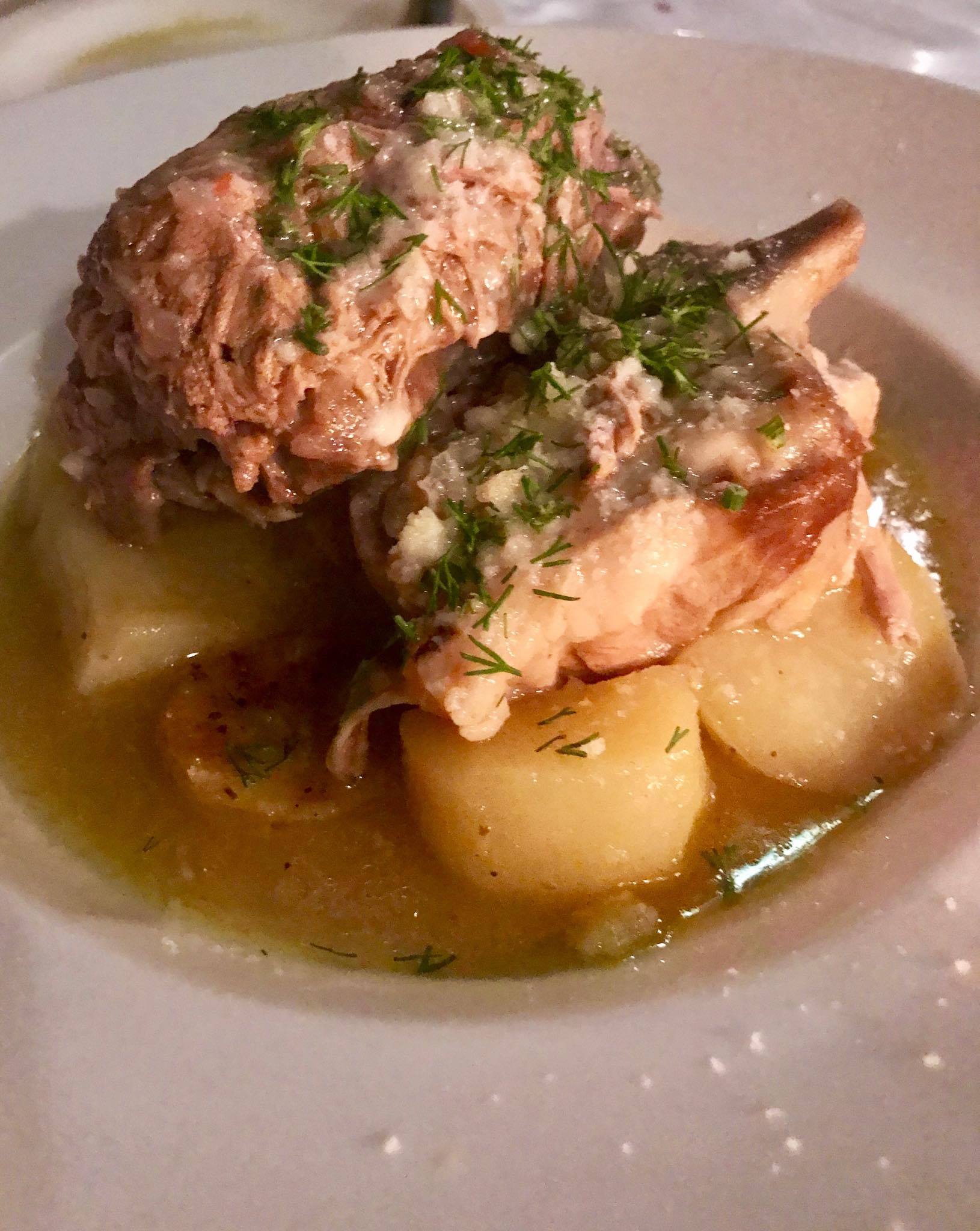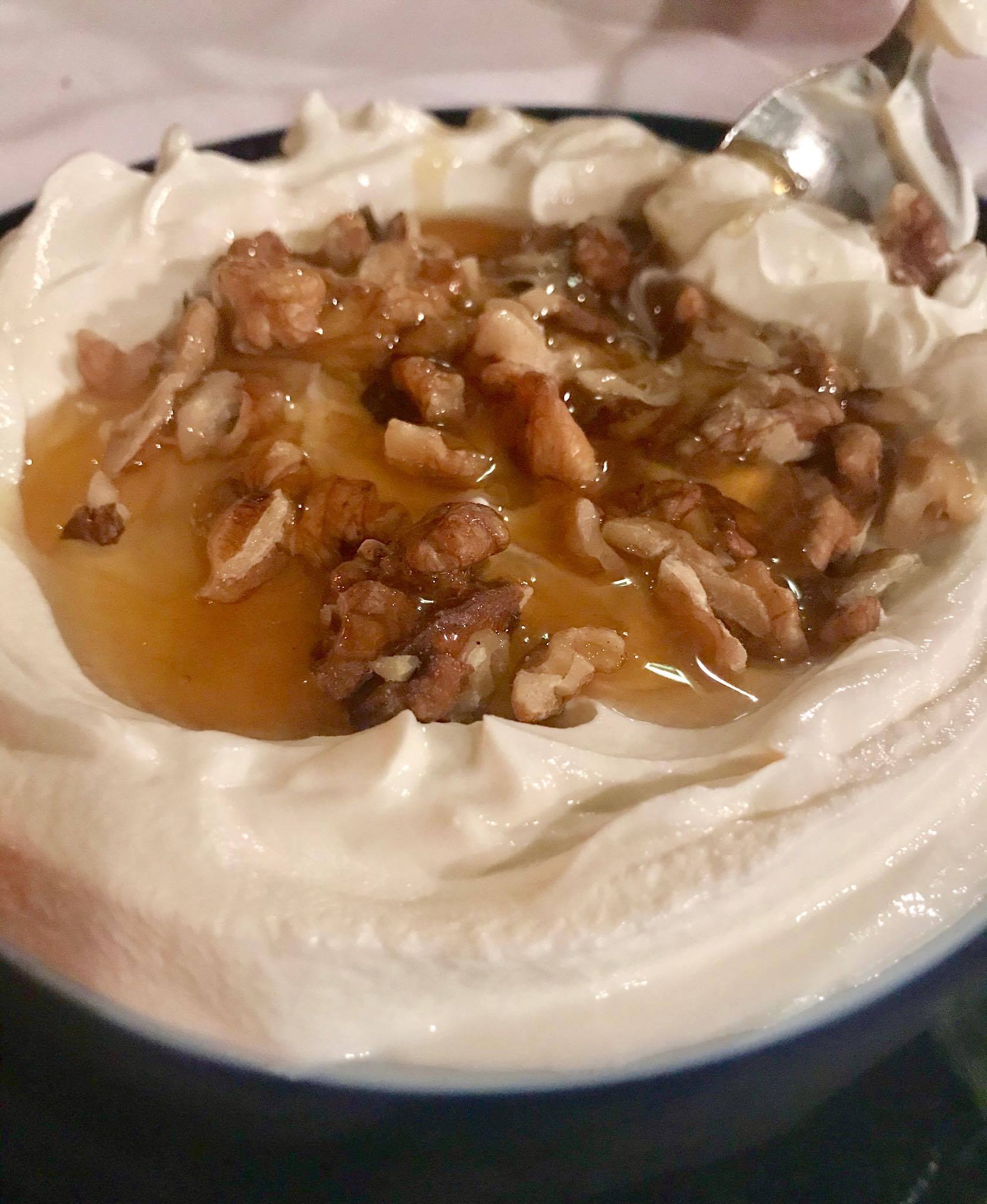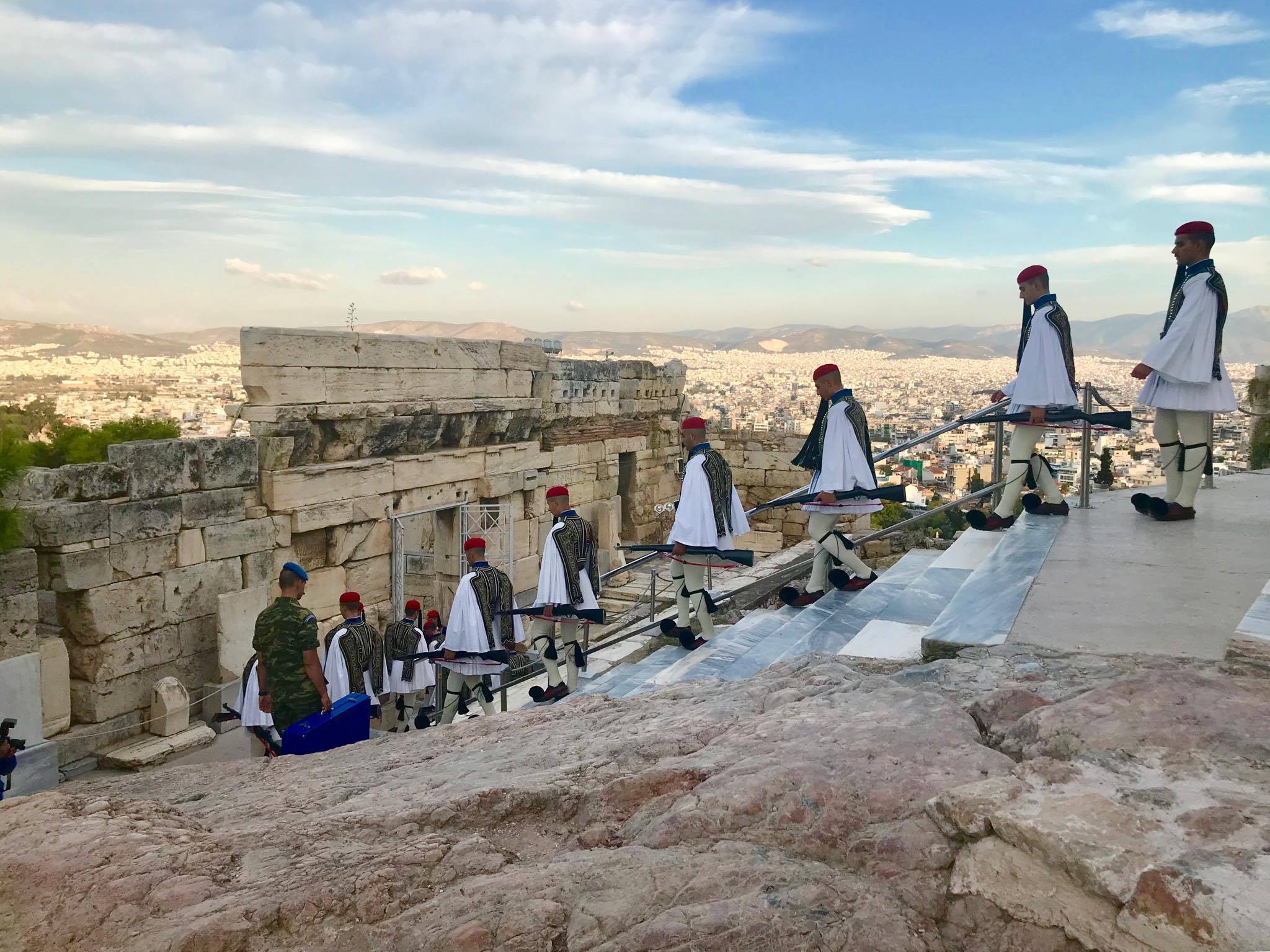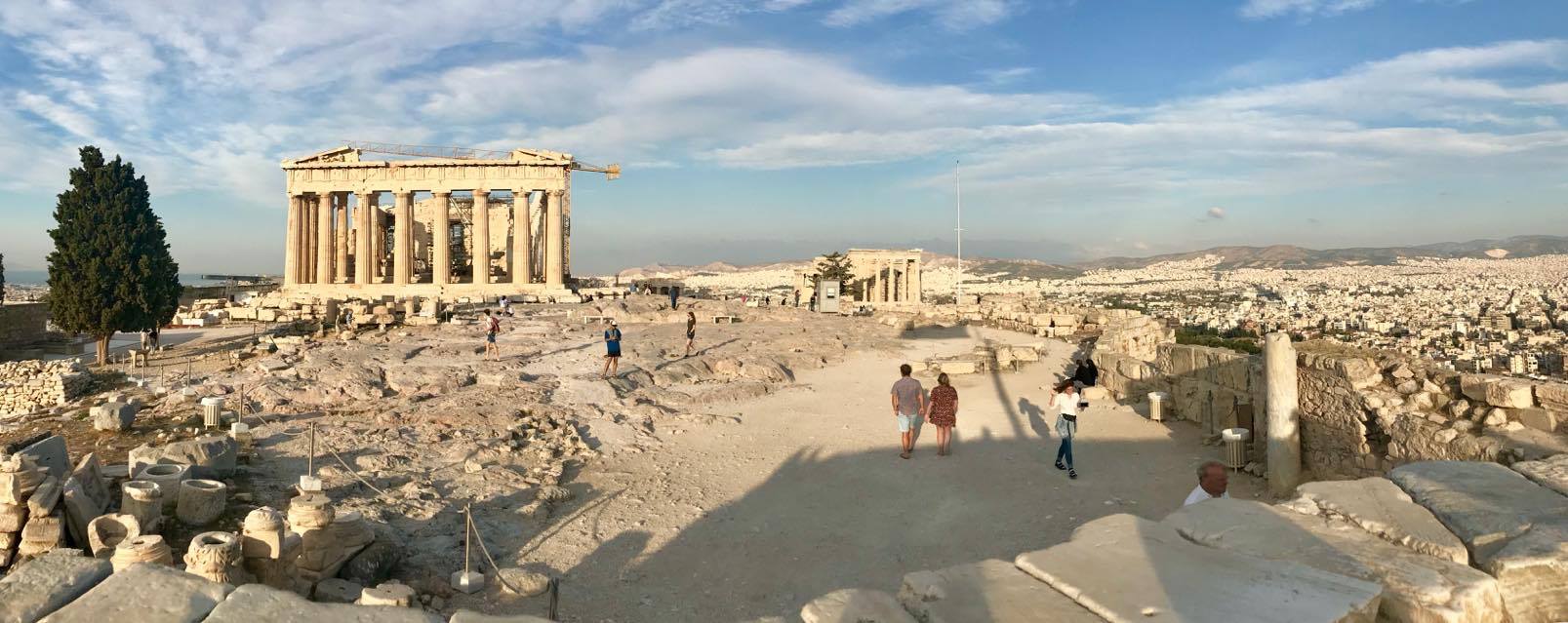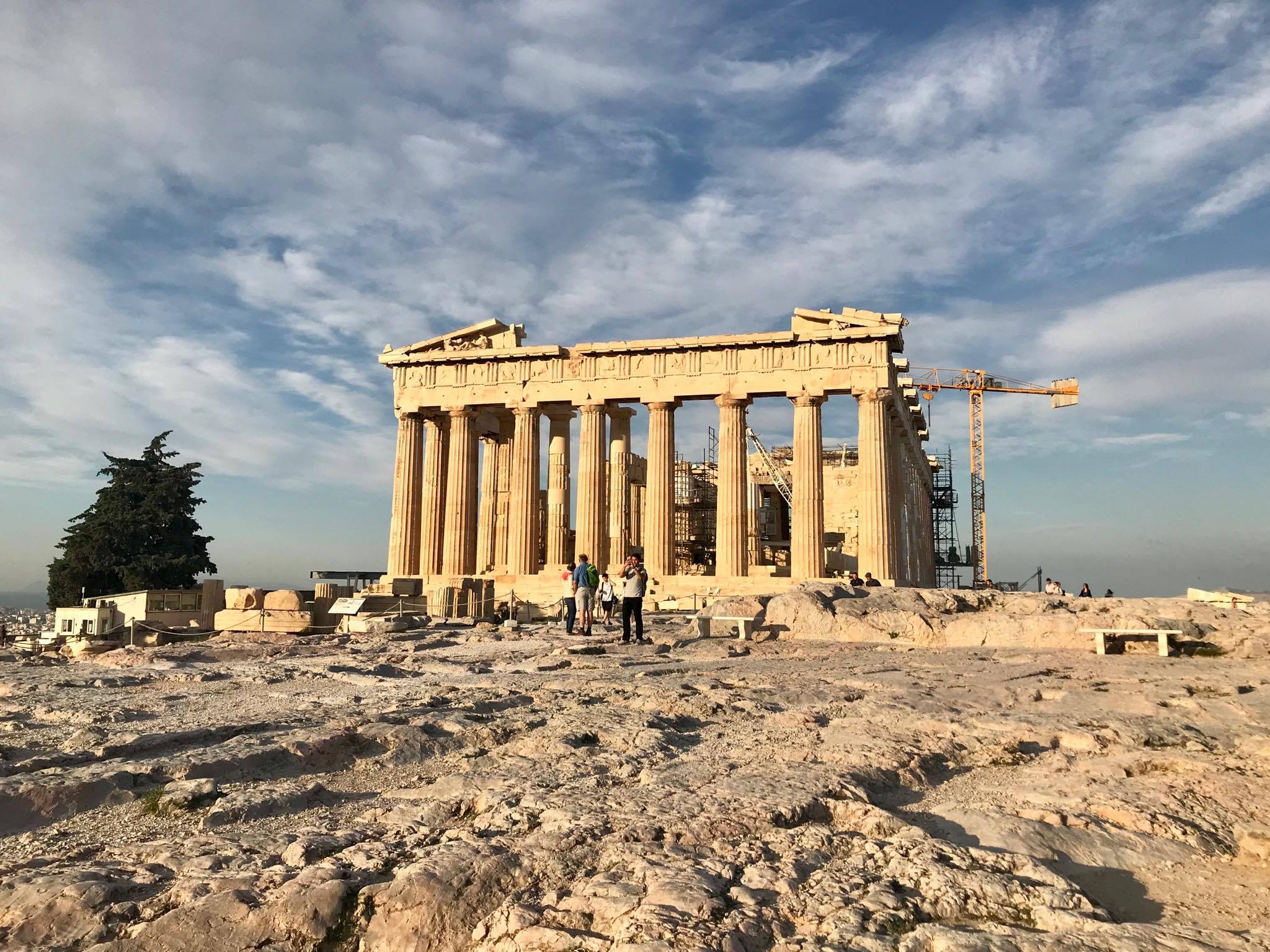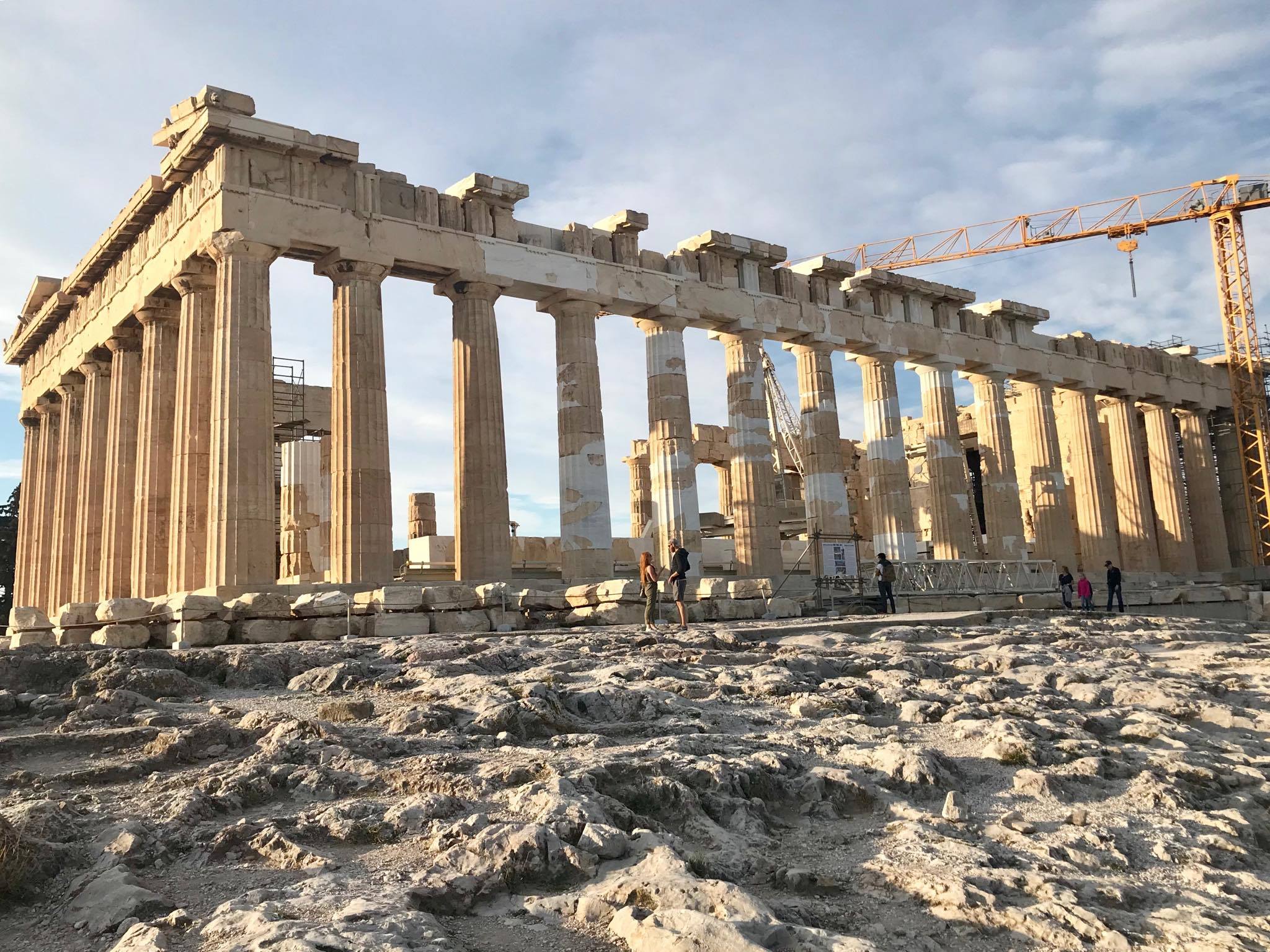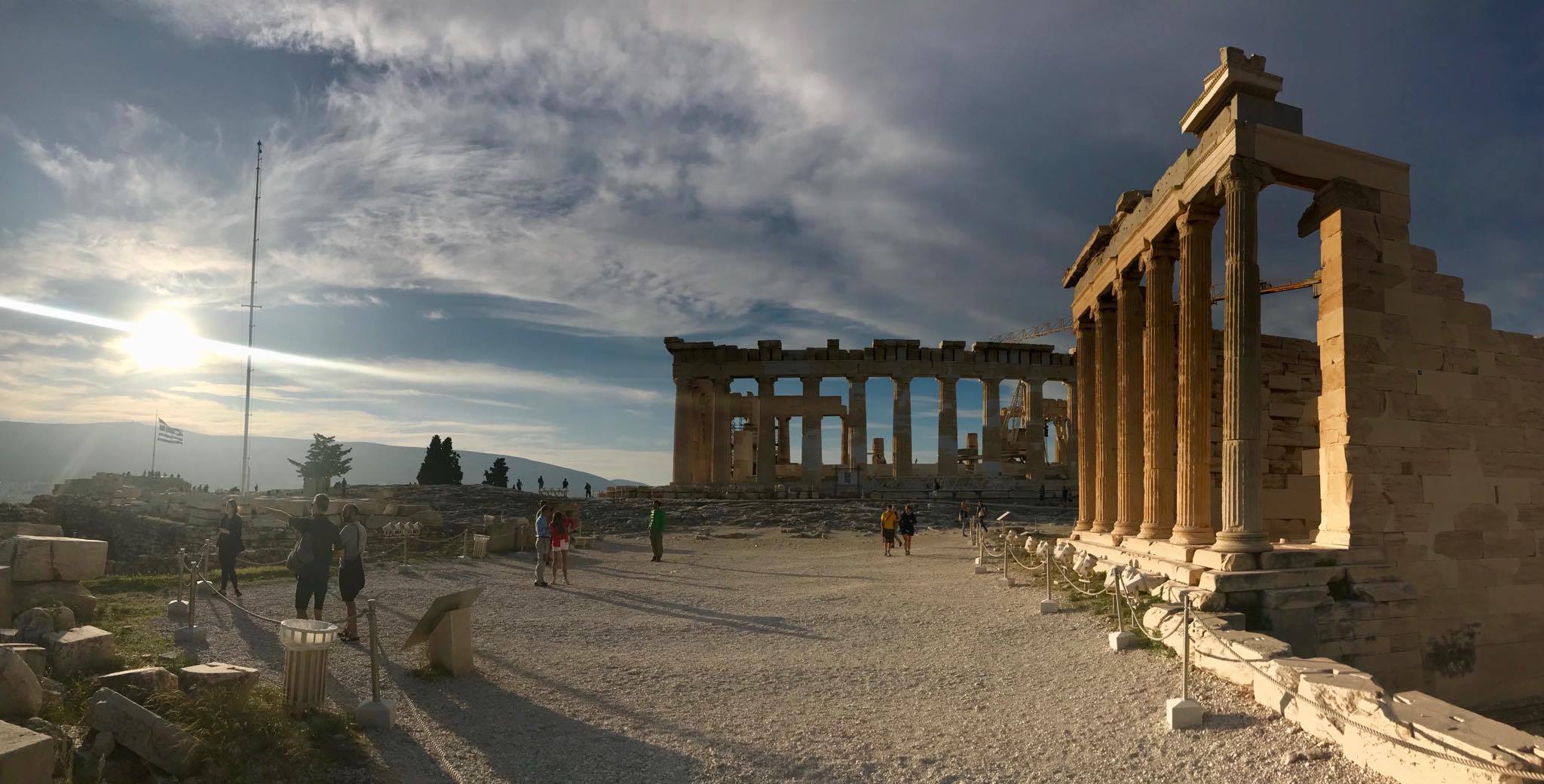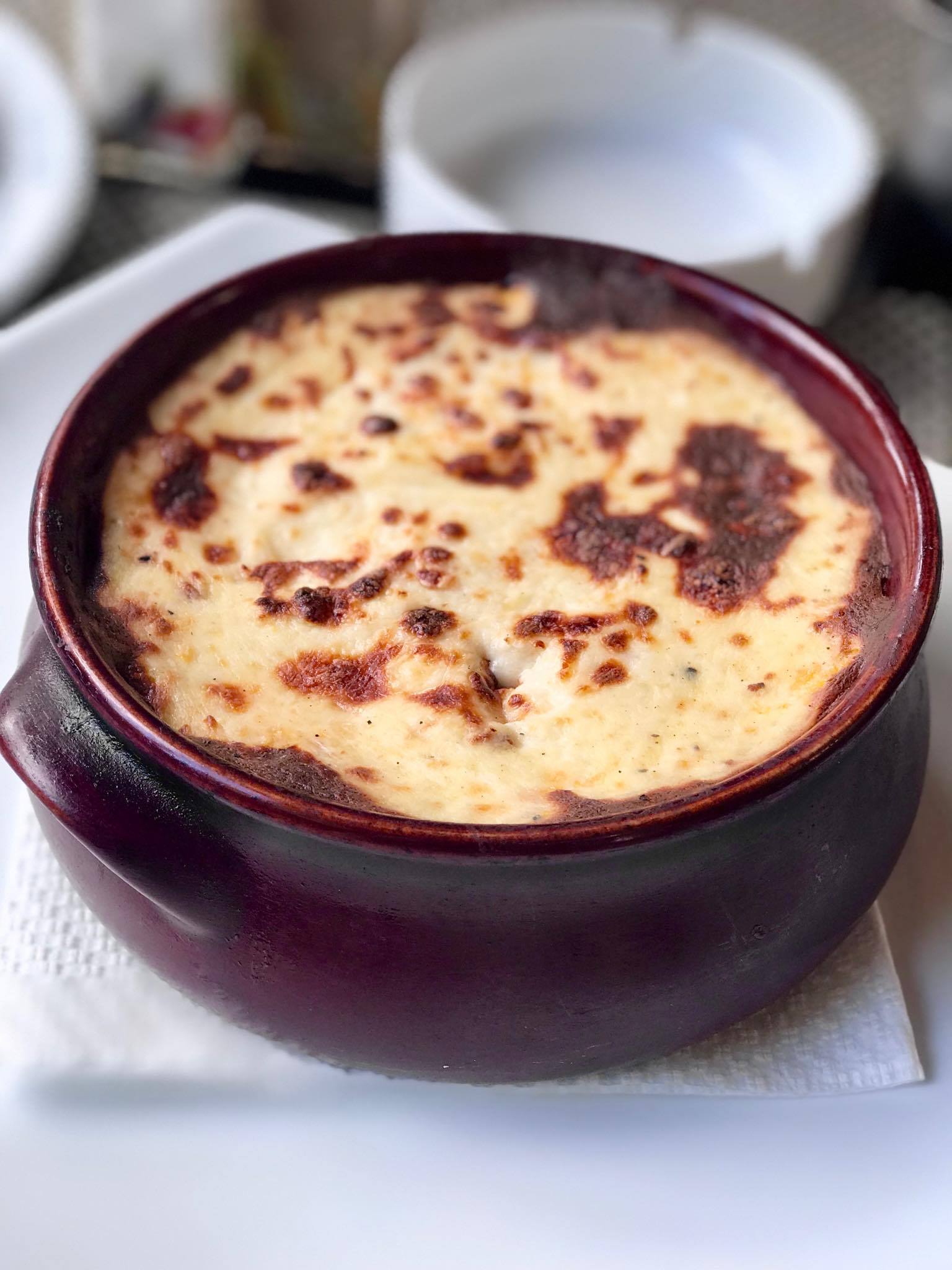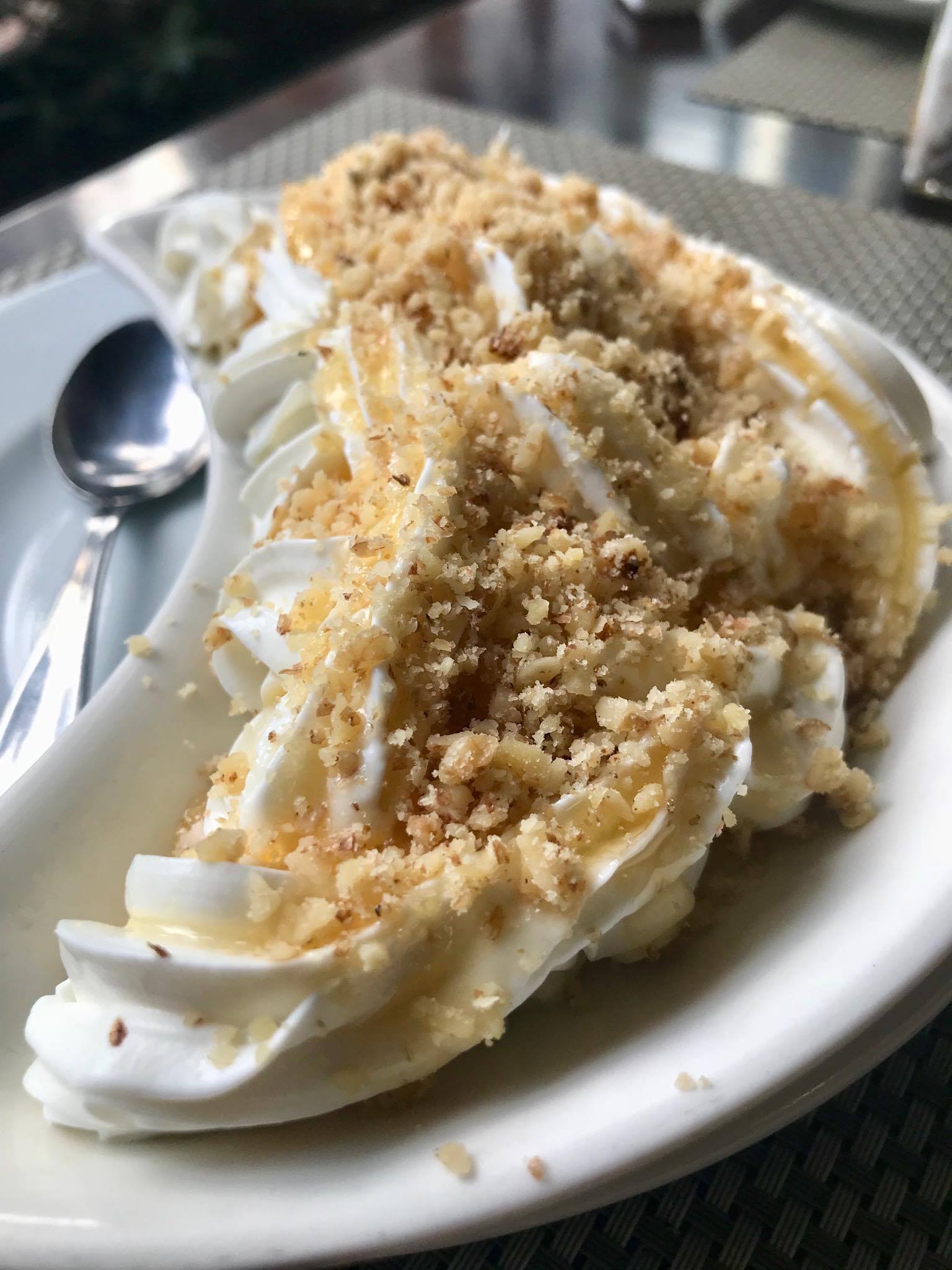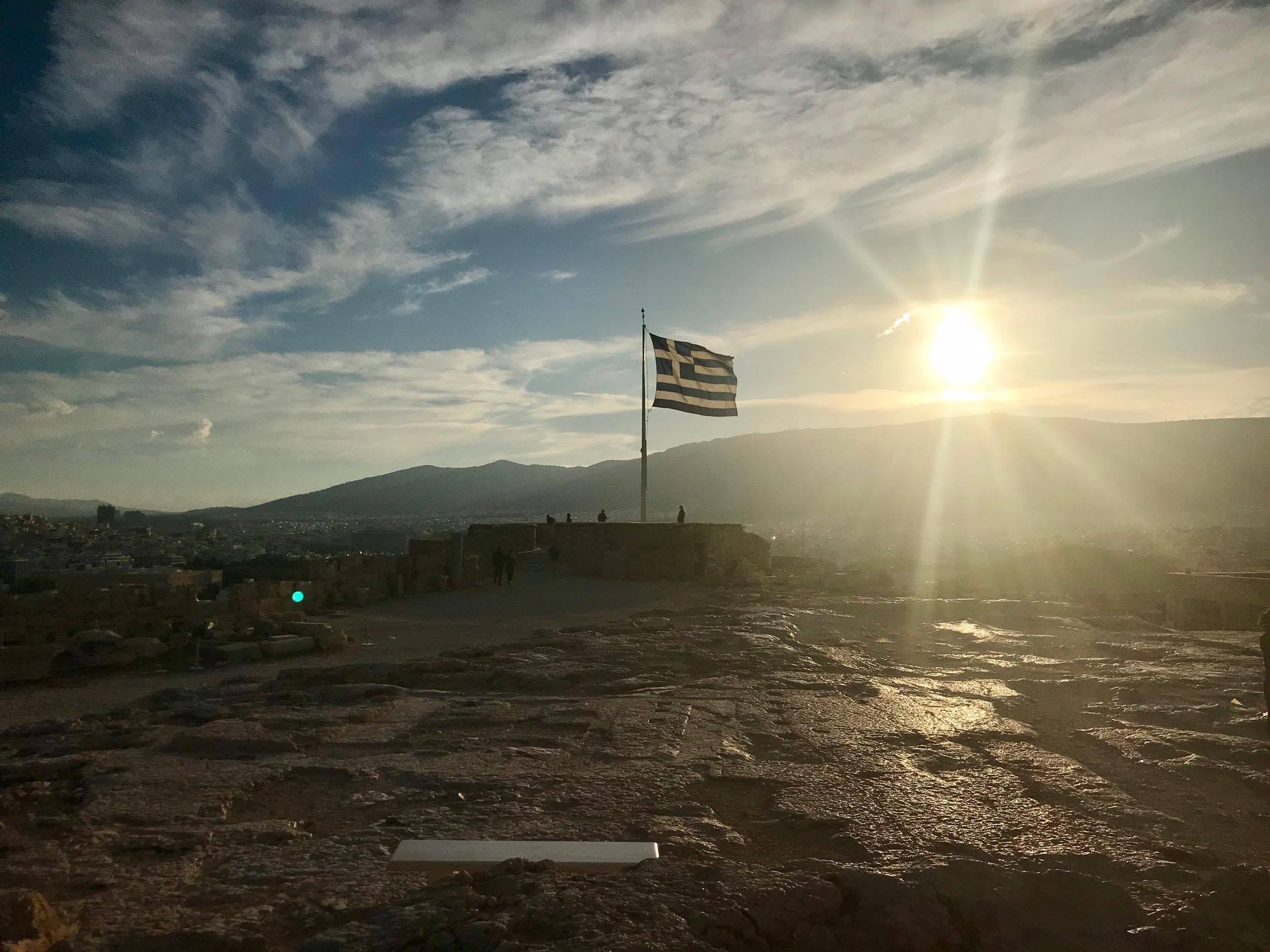Athens, the capital of Greece and probable origin of western civilization. As my last stop, a fitting end to my journey in Greece.
Seen below, the famed Acropolis, a symbol and beacon that has become synonymous with the city. In existence since 5th century B.C., this makes the 'high city' some 2,500 years old.
My first day here actually started with food (surprise!). But for the purposes of this page, lets start with a panoramic view of Athens, seen here from Areopagus, or Mars Hill.
A large rock that served as an ancient court of homicide, Mars Hill is proximate to the Acropolis and surrounding historical sites.
Now, back to food. To be precise, I arrived in Athens late in the evening, so the first night's dinner was a variety of treats gleaned from a 24 hour convenience store (always a great place to sample local snacks).
Spanakopita (spinach pie) and tiropita (cheese pie) topped with angel hair pasta, both savory breakfast pastries. Galatopita (right), a sweet, custard flaky pastry - also a favorite amongst locals for breakfast.
A cart selling koulouri: a sesame-covered, circular bread omnipresent in Greece, lighter than the consistency of a bagel, and more flavorful to eat with no other condiments.
Stop by Mokka for a caffeine kick to start the morning. Frequented by locals, this specialty cafe still heats their espressos the traditional way: using hot sand. Opt for a Turkish coffee or a cappuccino freddo (left).
The main area for tourists in Athens are regions surrounding the Acropolis. Monastiraki Square is one such place adjacent to many ancient ruins and the Acropolis itself. Its name is derived from the Church of the Pantanassa located in the middle of the square, seen below, left.
Today, the square is known as popular shopping destination in the city, as the entrance to the Athens Flea Market. The hodgepodge of storefronts lining the street sell just about everything. Prices are reasonable, as the locals shop there too. Worth a visit for a great selection of sandals, and much more.
A surprise find in the flea market: the most fidget-spinners I've ever seen on display at a single vendor. There are several such vendors adjacent to one another, peddling these then-trendy toys.
Simply exploring the various pathways in central Athens makes for a picturesque adventure. Various restaurants, cafes, and shops adorn the sidewalks - so don't be afraid to explore on foot, and see what you discover.
There is a significant amount of graffiti both in the historical and various other parts of the city. It is so common today that locals have accepted the street art as being part of the local landscape, and in its own way the juxtaposition with Athen's multi-millennia history makes for an interesting aesthetic.
A whimsical art installation in an alley in Central Athens. Various artists were asked to create their own lamps to hang over the street.
Karinos bakery in the center of the city has been a resident go-to for loukoumades for decades. These are the Greek answer to donuts, but much fluffier and chewier in texture when compared with an average donut.
Hand-made and fried on-premise throughout the day, these tasty loops are cooked in extremely high temperatures, maximizing the crunch of their crispy exterior.
Drizzled in honey, loukoumades are beloved amongst hungry locals and tourists alike. Definitely worth the line if you come during breakfast hours (the Greek typically prefer sweet over savory for morning), afternoons (pre-dinner snack time), or in the summers.
One of my favorite things to do in a new city is to visit its markets. Strangely, I find it to be very telling about a place's culture. It seems that through the tastes of its people, one can glean their history, values, and much more.
[Warning: the following images may be disturbing, viewer discretion advised]
I'm of the opinion that any place with eons of history learn to make use of every part of an animal for consumption. Greece was no different, it seems. Seen below pig trotters (left), and a cow's head (right).
From tongue, to offal, to liver, to brain, and even testicles - the meat market in Athens seemed to have it all. When asked how one cooks a pig's brain - the butcher replies with a shrug, but the reassurance that people do buy it. I do wonder what they're doing with it...
The local fish market - full of variety, no surprise as Greece ranks second in length of coastline amongst all countries.
The ever present calamari (left), octopus, and squid (right). Note that calamari and squid are different, as the former is much smaller than the latter.
Fruit and vegetable market (left), and spice stands right outside.
Dairy, seen here. Not all cheese in this photograph can be categorized as feta, some are made purely of cow's milk, and others a combination of both cow and sheep's milk.
Arch of Hadrian, a marble gateway reminiscent of a Roman triumphal arch, was constructed in honor of the Roman emperor Hadrian during 131-132 A.D.
The original arch spanned a road that lead to the nearby Olympieion, also known as the Temple of Olympian Zeus. Dedicated to its namesake Olympian God, the original temple took some 600-plus years to complete and once consisted of 104 of the colossal columns seen below.
Sadly, the temple fell into disuse less than a century from its completion in 2nd century A.D., under the reign of Emperior Hadrian. From this angle, one can seen the temple with the Acropolis in the background.
About a fifteen minute walk away is the Kallimarmaro, also known as the Panathenaic Stadium. This was the site of the opening and closing ceremonies for the first modern Olympic games in 1896, and hosted the games again in Athens 2004. The first and only stadium to be constructed entirely out of marble, its name literally means 'beautiful marble.'
Another twenty minutes later, we arrive at a scared site, perhaps more personally so than the others. The Lykeion, also known as Aristotle's Lyceum - site of the first school where Aristotle passed on his wisdom to disciples. I paid my respects here in my continuous search for eudaemonia. I pray my quest to find it may become more expedient, now that I have traveled to its philosophical origins.
Though much of Athens is walkable, the city has a developed metro system. Regardless, I definitely did enough walking to work up an appetite that day.
Actually, I found the below sign to be true. Try the pork for a out of this world experience. Fries, succulent meat, refreshing tzatiziki, fresh onions, shredded cabbage and tomatoes wrapped in a warm pita. A more perfect combination can rarely be found - which explains the gyro's popularity arond the world.
The Museum of the Acropolis is a new establishment built by the Ministry of Culture adjacent to the Acropolis hill itself.
The three story building houses most of the ruins collected from excavation of the Acropolis grounds.
The airy, light archeitectur of the building also makes it a spectacular home for these priceless artifacts.
The famed Caryatids of Erechtheum. The term caryatid denotes an architectural column which takes the form of a standing female figure, and these caryatids are arguably the most famous around the world.
Beautiful interiors highlight a sea of artifacts laid out for visitors to behold, all recovered from the archeological sites near the Acropolis.
The museum's cafe on its outdoor terrance boasts extraordinary views of the Acropolis and the surrounding city.
Though we had no luck attempting to see the Acropolis during sunset (it had closed at 6:30PM), dinner was a delight. Opting for a lighter meal after a day of non-stop snack breaks, we sought out mezes, small, shareable plates of food meant to go well with imbibing.
Avli, a hole in the wall destination for some of the city's best, and best-value-for-money mezes.
English menus are available here, despite most patrons being Greek at the establishment. Though, I suspect that the sample platter (left) may only make an appearance on the English version of their menu here, it was nonetheless a great way to sample some of the more popular mezes in Athens. Right, fried liver with sliced onions. I like liver, this pan-fried version paired with raw onions suited me well too.
A gourmet grocery store in central Athens. In background: how wine used to be dispensed in ancient times, now for decorative purposes only.
Left, three samples of olive oil varying in acidity. Olive oil from Crete typically has the most, meaning there is a slightly bitter after taste of the oil, but is more flavorful upon first taste. Right, freshly prepared Greek salad in its most original form, made only of fresh tomatoes, feta, a healthy dose of olive oil, sea salt and oregano to taste.
A traditional sausage shop, demonstrating how meat was preserved once upon a time. Now, plastic samples hang from the ceiling.
The redder, oblong slices of ham on the right is camel-meat. Kind of like prosciutto, but made of camel. The pink slices of ham in the bottom center is water buffalo. Interesting.
Right, green garlic powder that retails for 200 euros a kilogram, more expensive than saffron. It is said the green garlic grows only once per year, and has the taste of garlic without leaving its pungent smell on one's breath. I bought some home to try - apparently it neither had the taste of garlic, nor the smell...)
An anger room in Athens. Typical of me to come halfway across the world to smash glass bottles and televisions with zeal. An incredibly satisfying and cathartic experience, albeit somewhat dangerous with the lack of proper (read: thick) protective gear. Try at your own risk!
One of the two rooms one can choose from.
Our second full day in Athens was supposed to take place in Thessaloniki, the second most populous city in Greece about an hour's flight from the capital. Of course, we skipped it to have a more relaxing day wandering Athens instead. First stop: Yiasemi (Γιασεμί) for some brunch.
An adorable café in the Plaka district, this cozy eatery serves up some killer mezes, decadent cakes, and of course, Greek coffee.
A twist on Dakos, left, again made with feta, tomatoes, olive oil and barley rusks on the bottom. Right, spinach cheese soufflé, a heavenly, airy mixture of whipped cheese, spinach, and general goodness.
Left, stewed pork with chorizo and hunks of bread. Right, meatballs, potatoes, and pita. Hearty fare for the famished traveler.
Left, pork and mushroom topped on rice - first time I've had a rice dish in Greece, delightful with the typical slightly sour kick as an after taste.. Right, chicken pasta, sweet, satisifying.
Mount Lycabettus is about a 15 minute car ride away from the main tourist center of the city. The tallest vantage point in Athens, one can choose to take a furnicular or walk up this 'mountain.'
Something I noticed at the various sites was the propensity to see the national flag billowing proudly amongst the wind. Despite the arduous economic crisis the country had suffered in previous years, it seems the nation is still very proud of their history and heritage, and indeed, for very good reason.
After our brief detour to mountain, it was back to ancient ruins. Seen here Hadrian's Library: constructed by Roman Emperor Hadrian in 132 A.D.
Close by, the Roman Agora, consisting of various ruins including an ancient latrinae (aka. latrine, aka. ancient bathroom).
Also proximate to the Roman Agora is the Ancient Agora of Athens, covering a much larger area, a restored stoa housing various artifacts - I would suggest at least an hour here to properly explore this ruin.
Seen here the Stoa of Attalos (stoa: covered walkway), built in the Hellenistic age, reconstructed in the 1950s.
The second floor of the stoa is accessible by stairs, and is today a museum displaying artifacts excavated from the grounds of the Ancient Agora.
A little ways away from the stoa in the Ancient Agora one finds the Temple of Hephaestus, a remarkably well preserved temple dating back to 415 B.C.
The temple is constructed purely of marble from the nearby Mt. Penteli, and today many court houses, schools, and other monuments around the world are modeled on this temple.
From this vantage point, one can again see the omnipresent Acropolis, forever watching over the city and its people.
With a half hour before the sunset, we wander back to Mars Hill to catch one last sunset over Athens.
Though a bit cold at this time of day, the gentle breeze reminds me that soon, I will be on my way back home and away from this city, with its plethora of history.
Needless to say, this journey has been a scared pilgrimage back into the milleniums of our past.
A closer shot of the Acropolis, glowing a faint crimson in the fading evening sun.
Time for a light dinner after the behemoth of a meal we consumed at lunch. Stamatopoulos Tavern is popular amongst tourists for their nightly Greek music after 7pm. Stop by for some folk songs and some authentic moussaka (left), a national dish that every family has their own variation of. Layers of eggplant, potato, minced meat, and a hefty layer of feta to top it all off. A hearty, wholesome baked dish - one of my favorites in Greece.
Left, succulent, fall-off-the-bone roasted lamb in ceramic pot (ceramic pot not pictured).
Right, a delicious combination of Greek yoghurt, honey, and chopped walnuts.
And finally, on our last morning in Greece - the famed Acropolis of Athens. Seen here walking past in the morning, guards, presumably beginning their morning shift.
One of the most visited historical ruins in the world, come early in the morning at open (8am) to avoid the crowds and be in time to catch the morning light.
The Parthenon, whose construction began 447 BC, is today one of the most icronic structures in the Athens Acropolis.
Restoration of the ruin is still ongoing, as evidenced by the crane on the right. Excavation, too, is a continuing process, and artifacts are housed nearby in the newly constructed Acropolis Museum.
Cast in shadows, the Panthenon, seen in the back, and the Erechtheion, right.
Last Greek meal, more moussaka (left), because once wasn't enough. Right, greek yoghurt topped with honey and crushed walnuts (again), because (again), once isn't enough.
Finally, time to say goodbye to this ancient country. Rich in history, culture, unparalleled scenery - this trip has been a highlight of the year. And the food. Well, there's not much to say except that every meal I had was simply good. Just, come try for yourself. Seriously.
Though one week was much too short, I'll be back soon.


